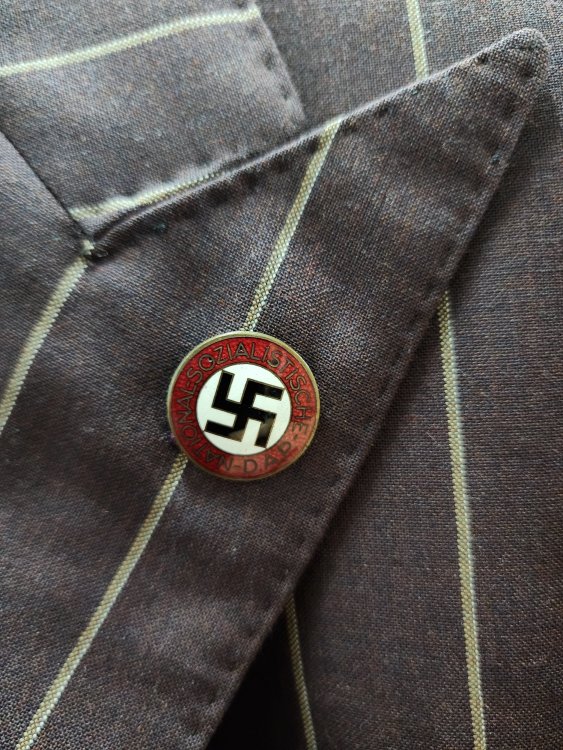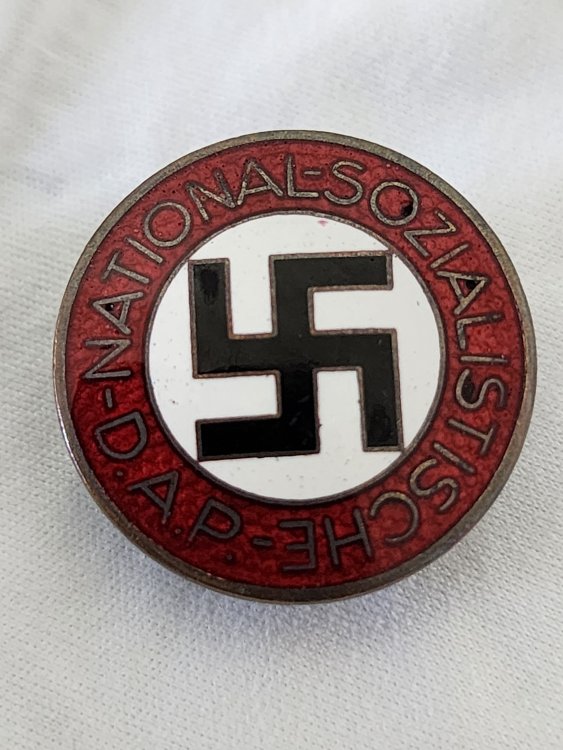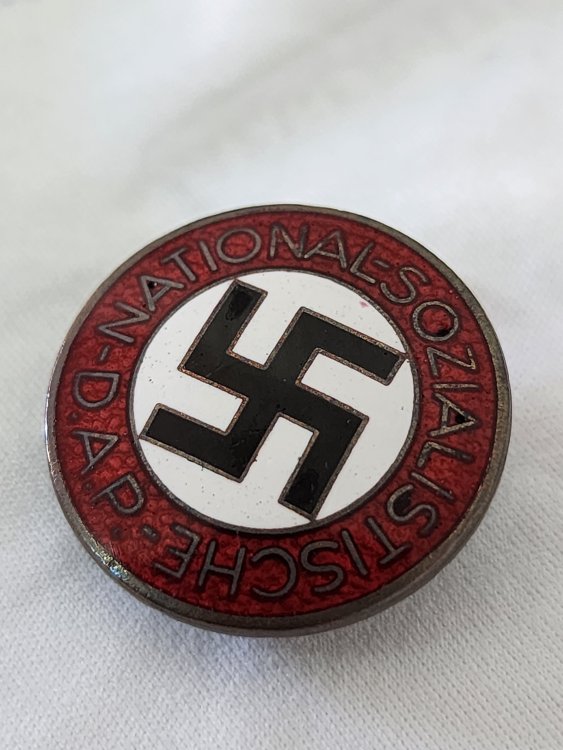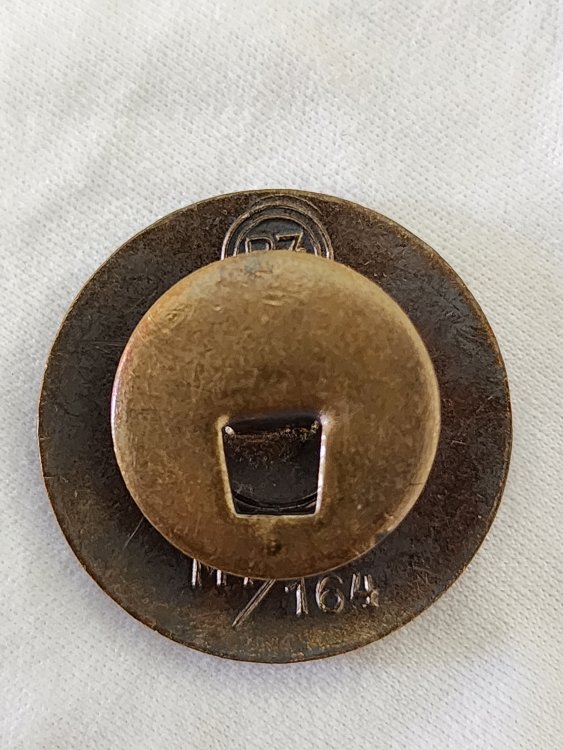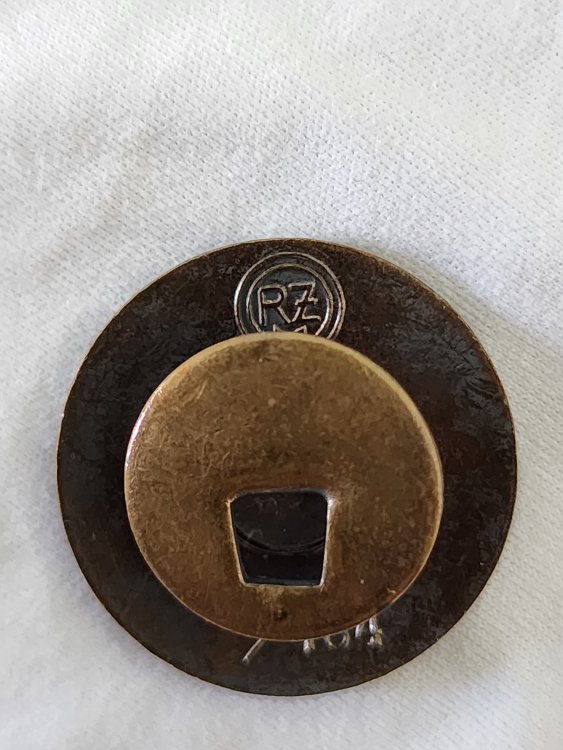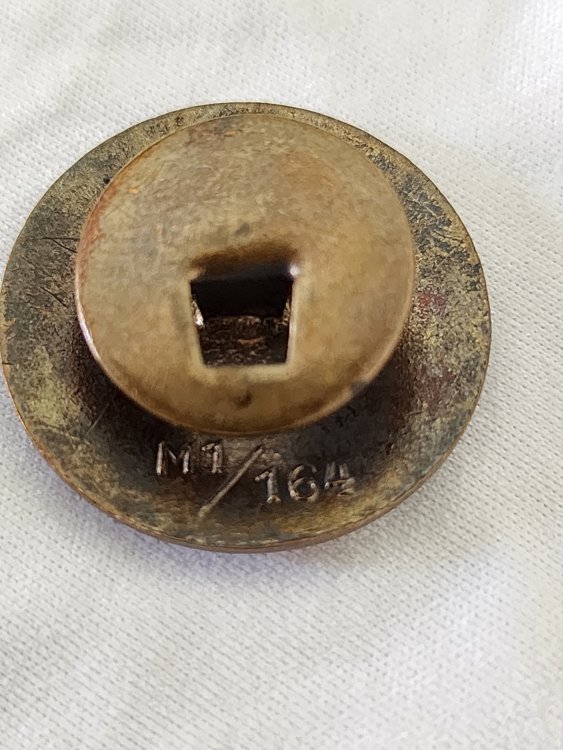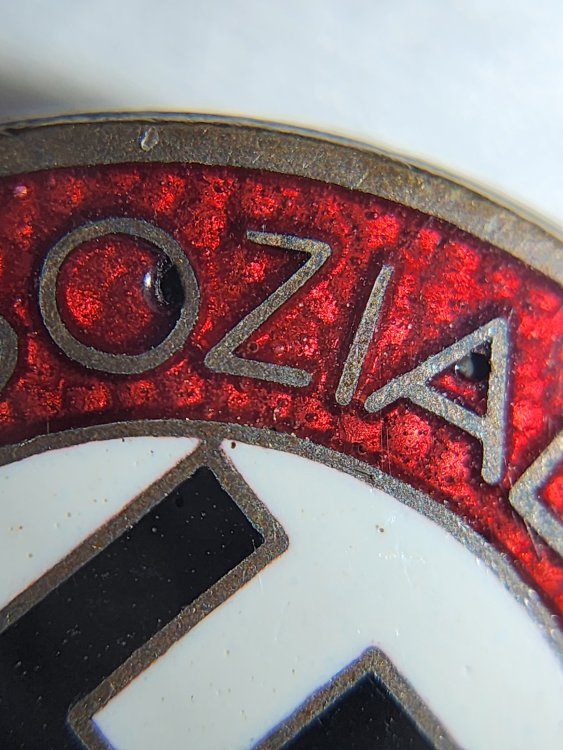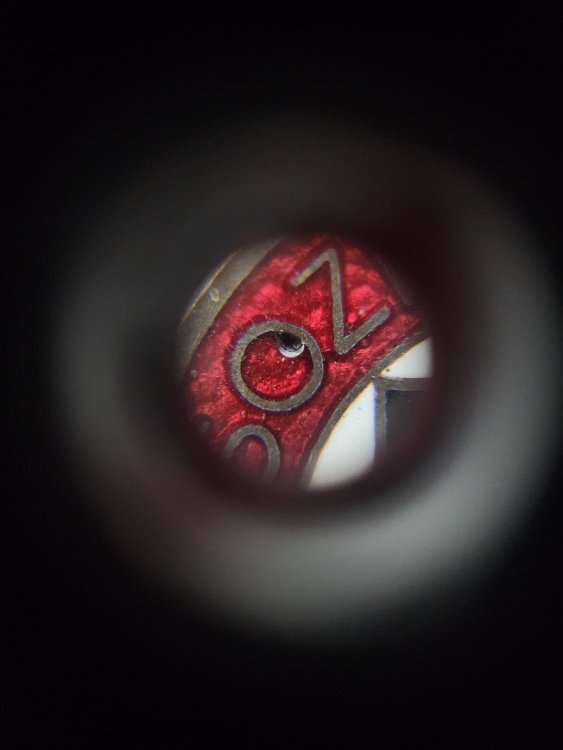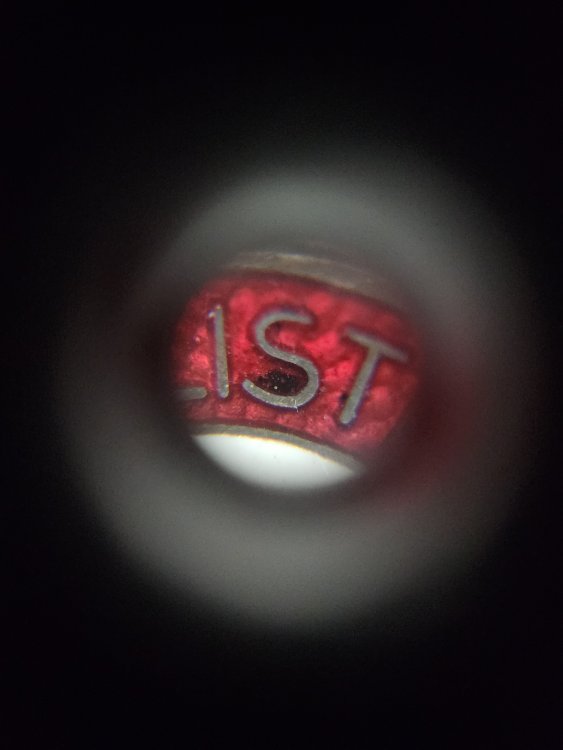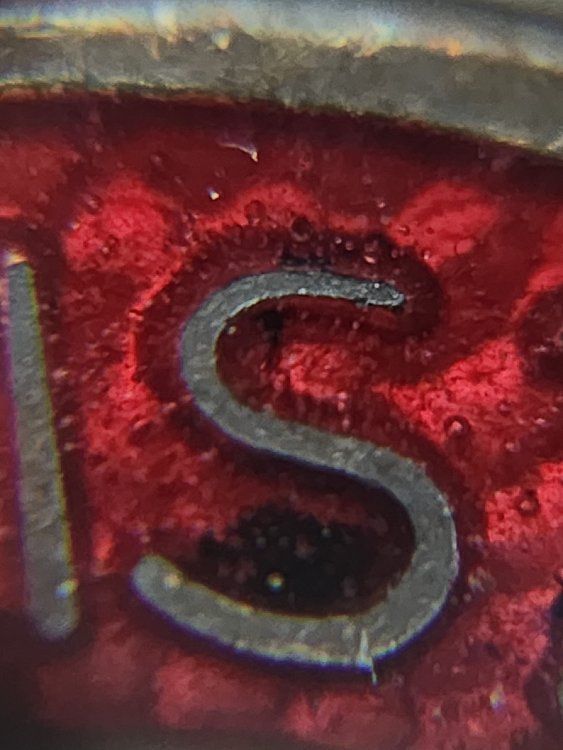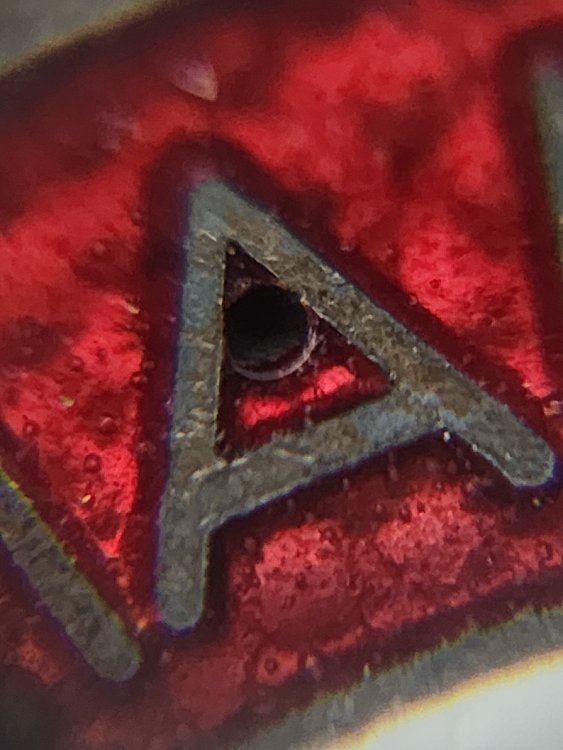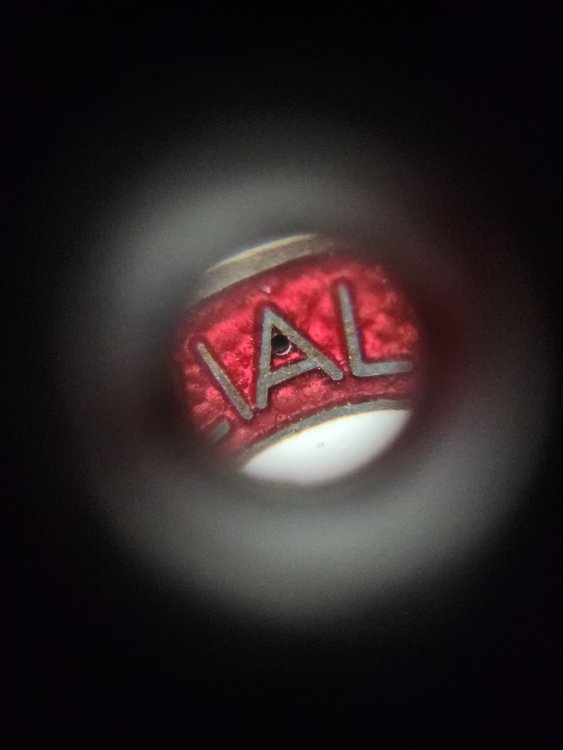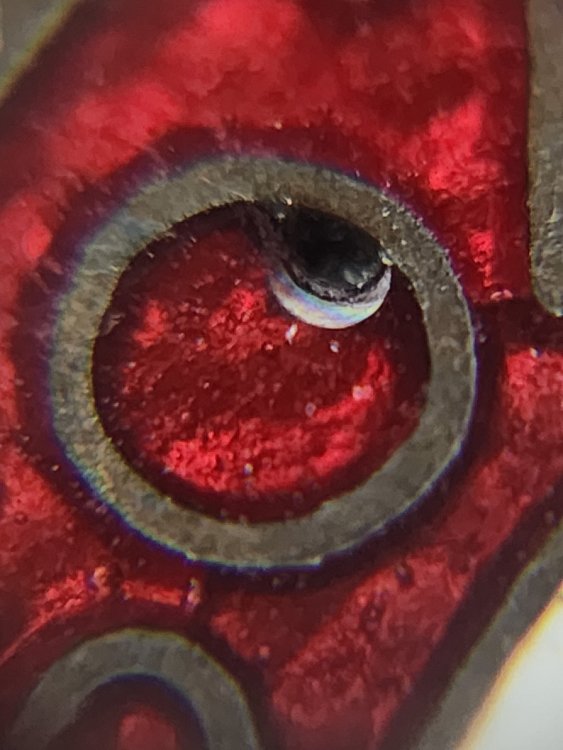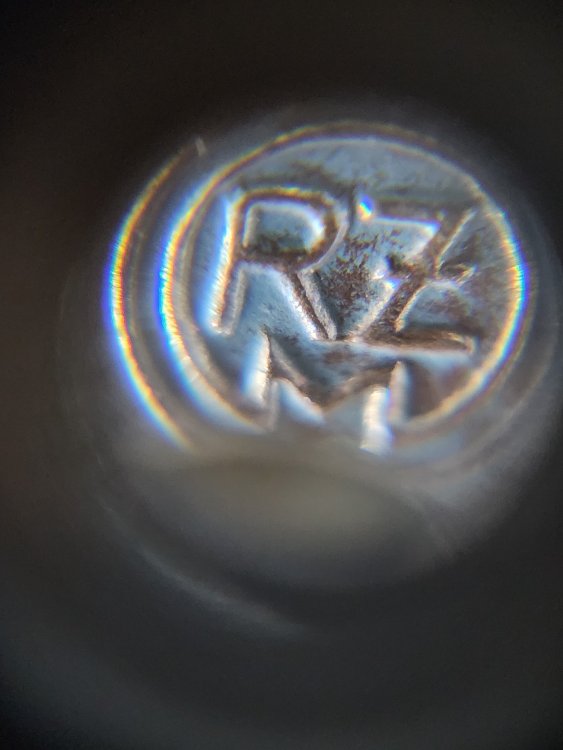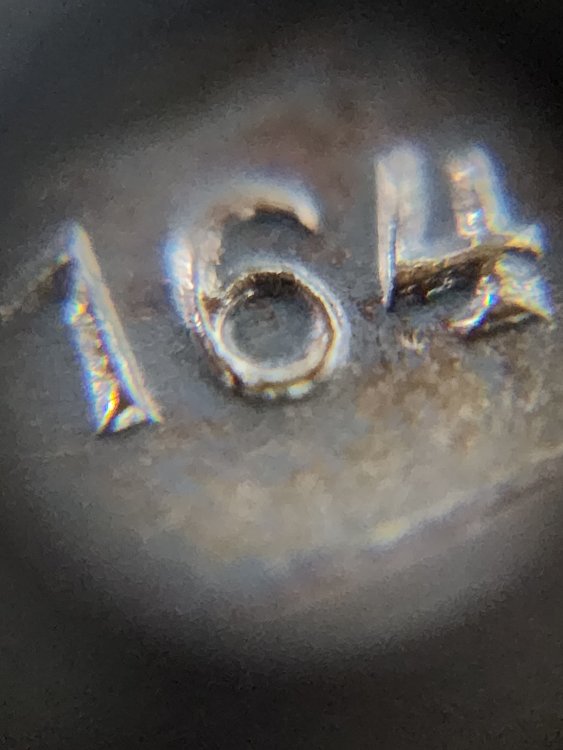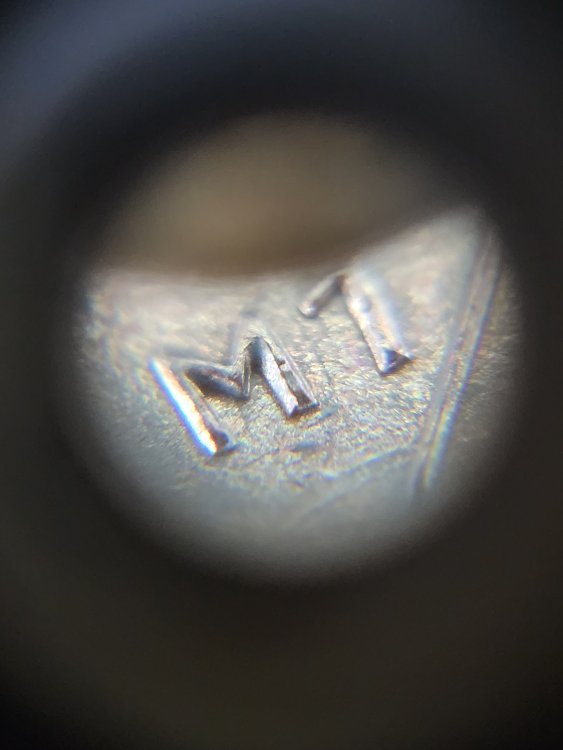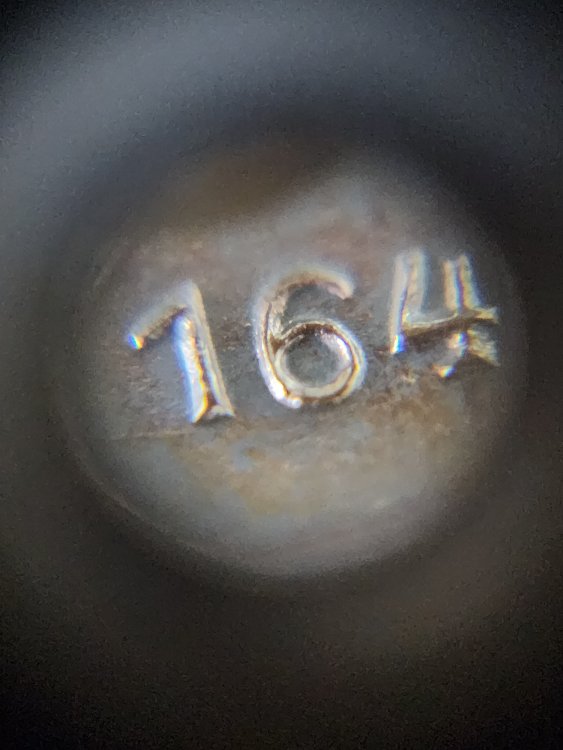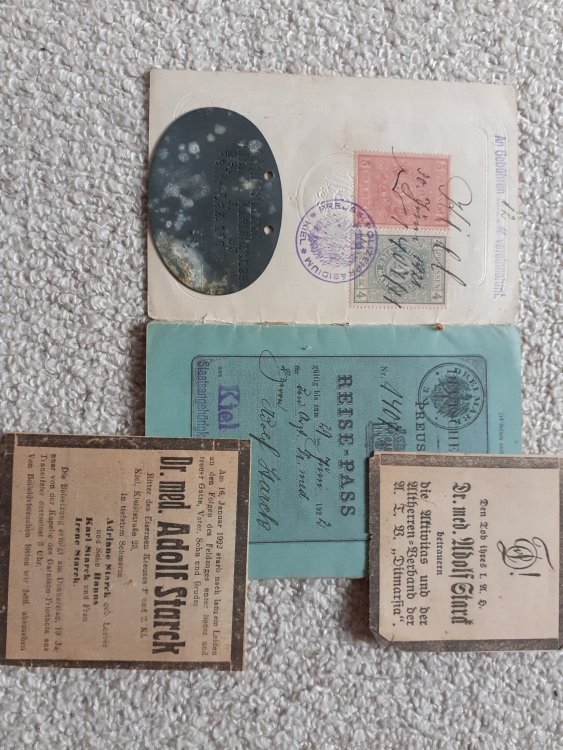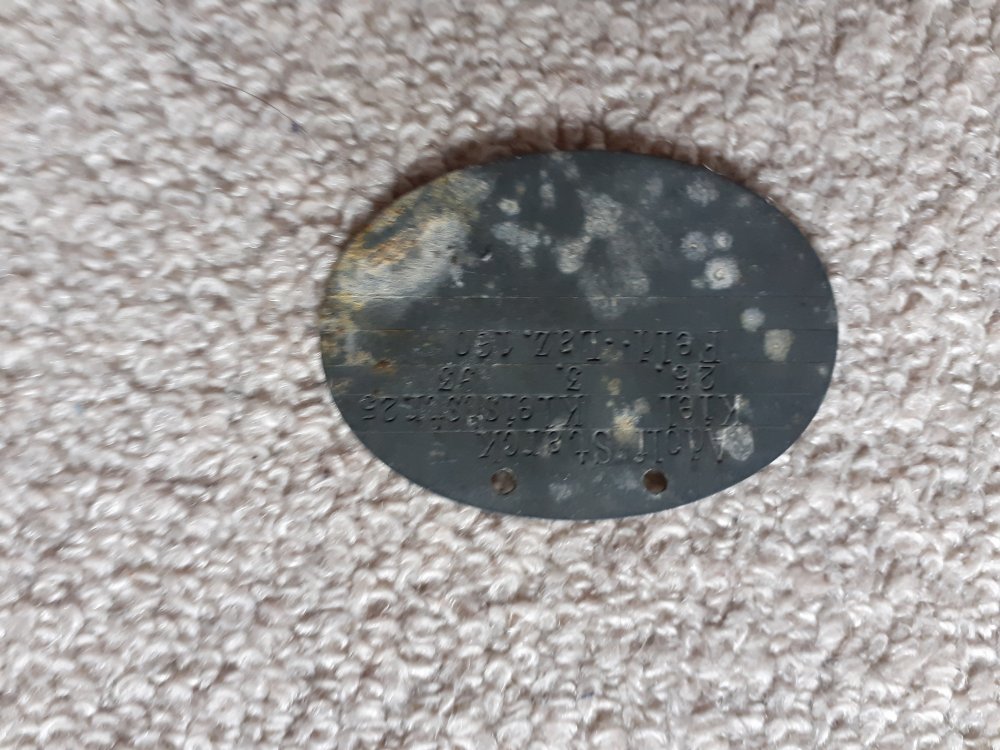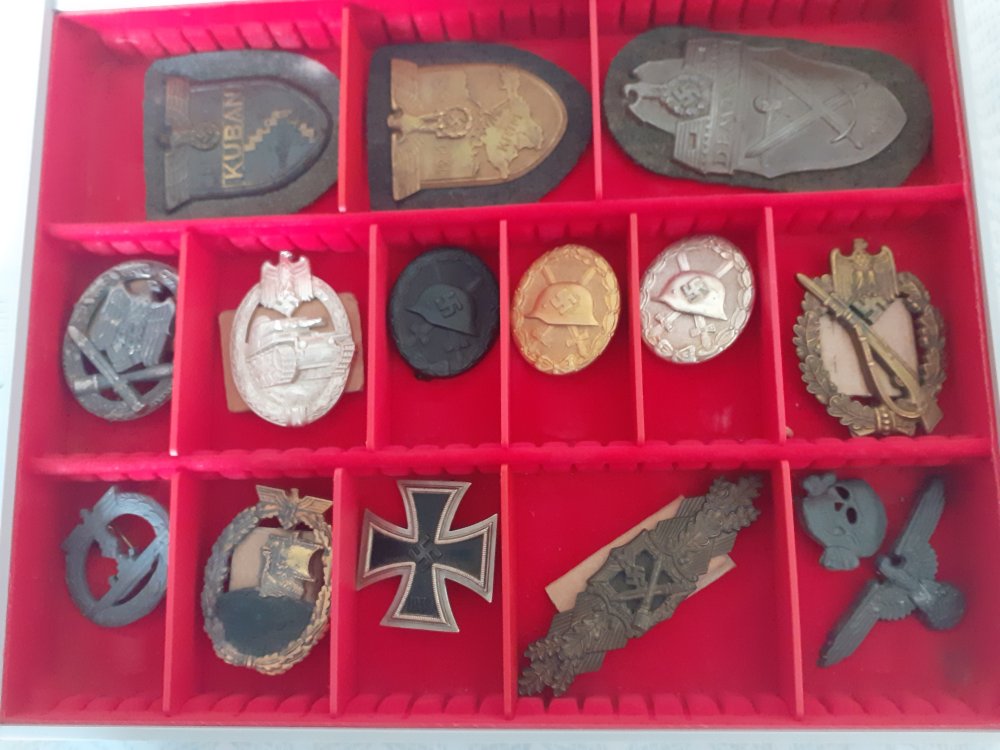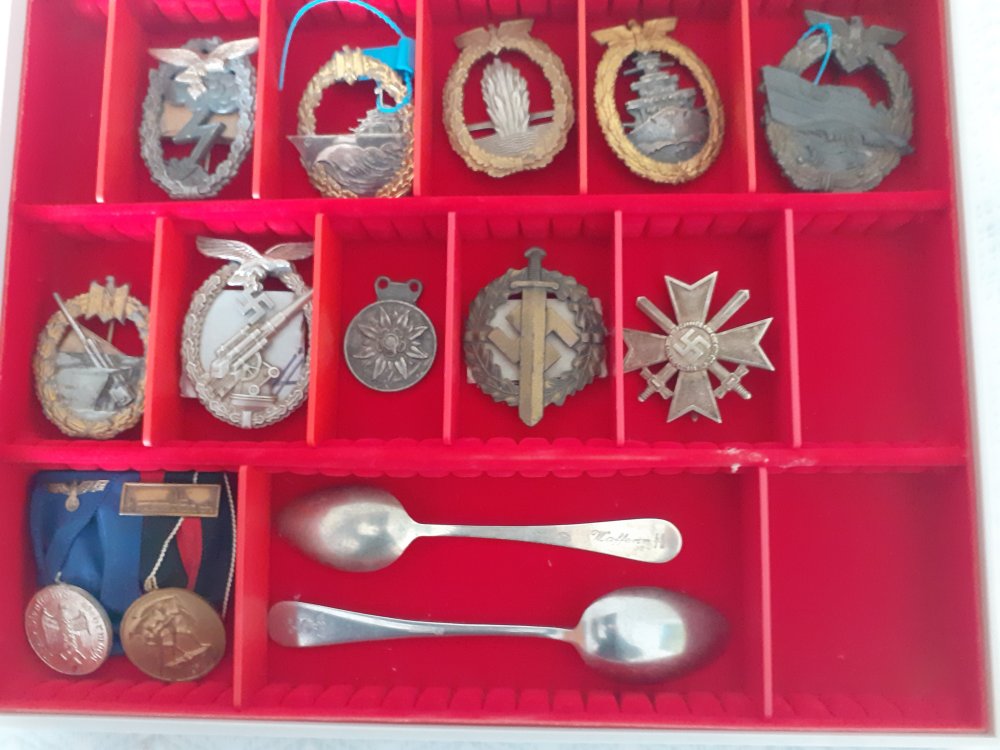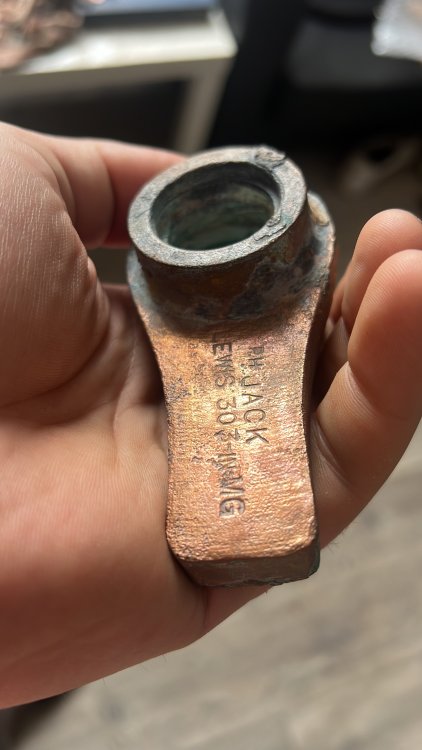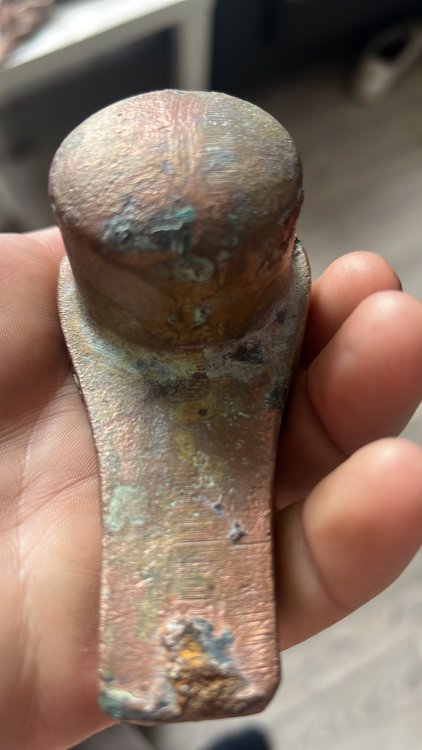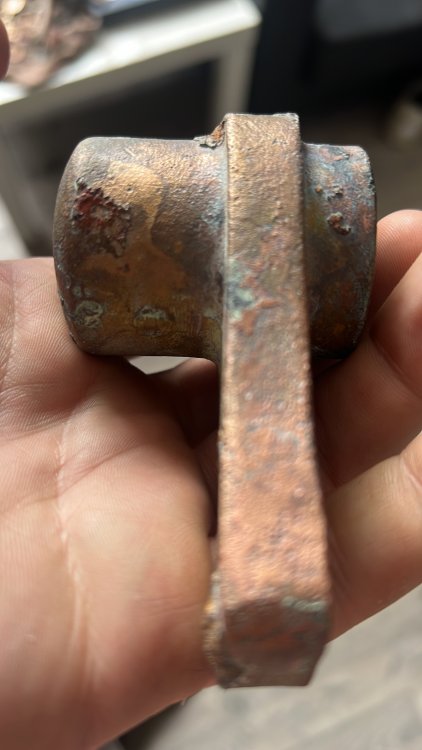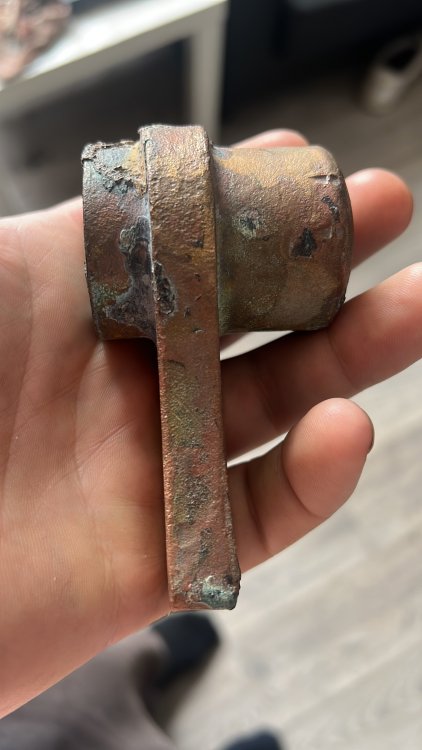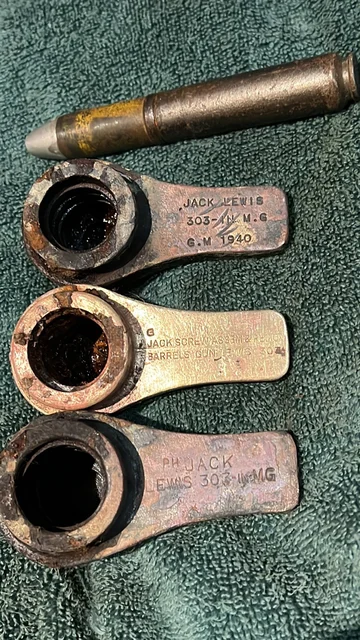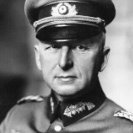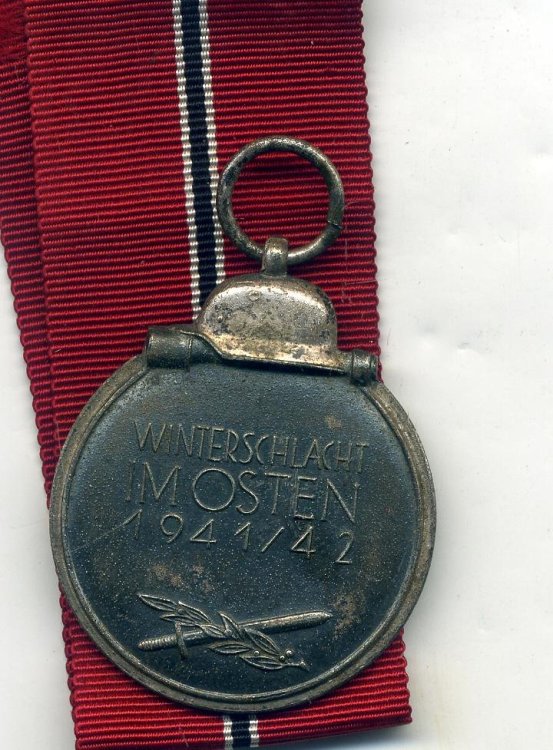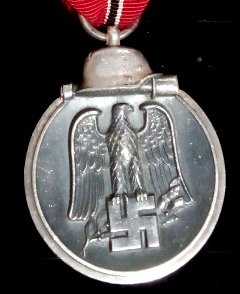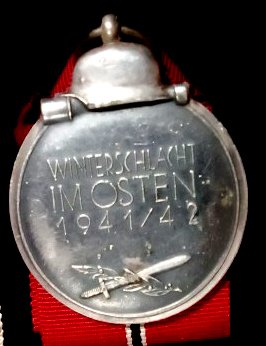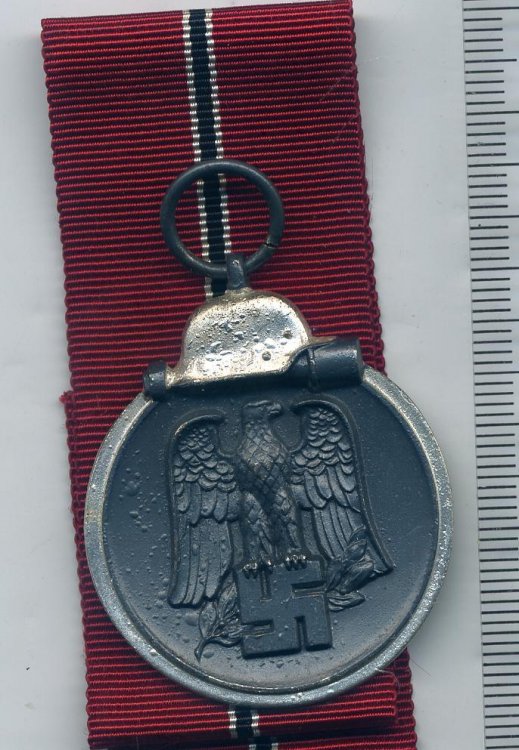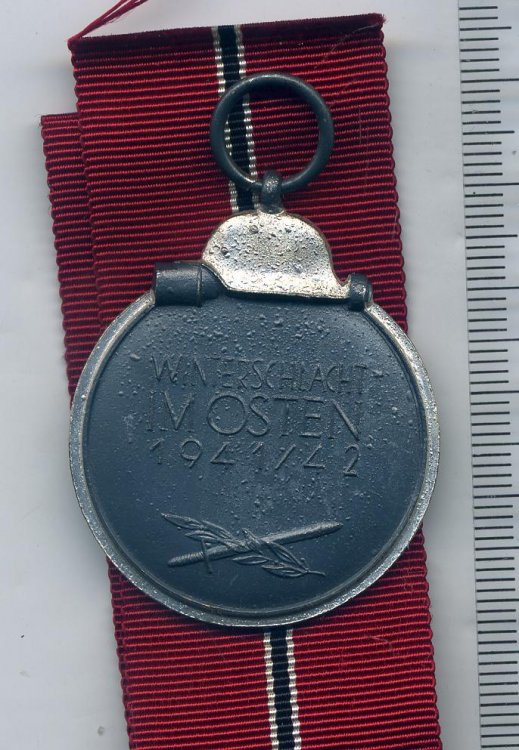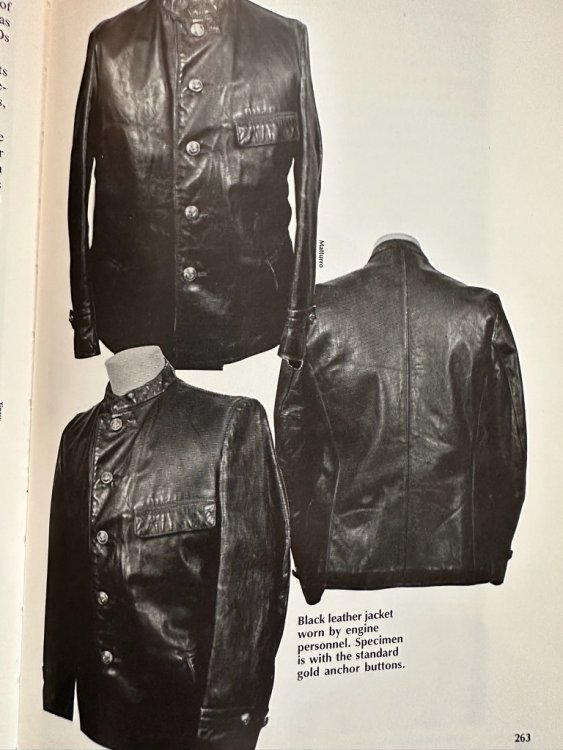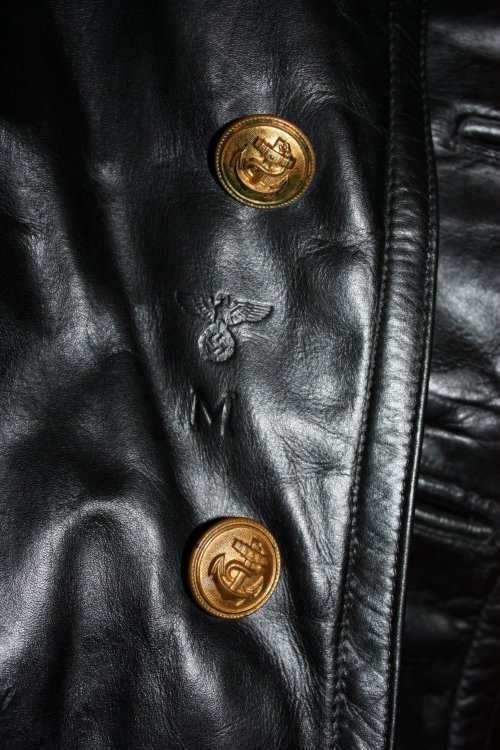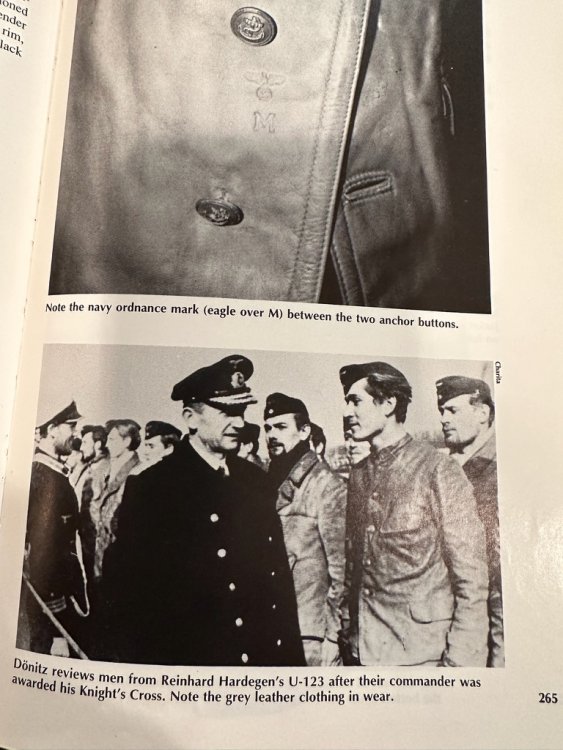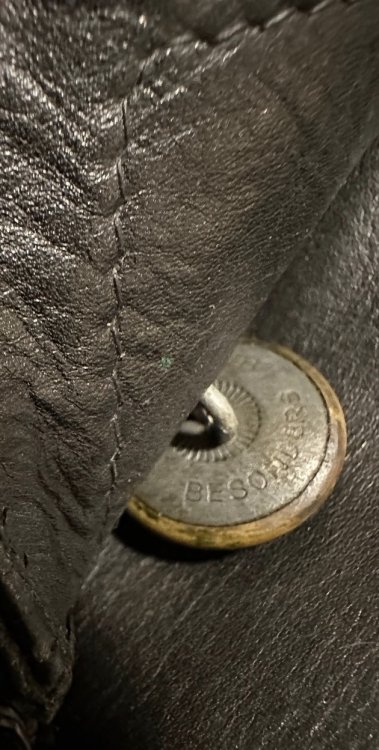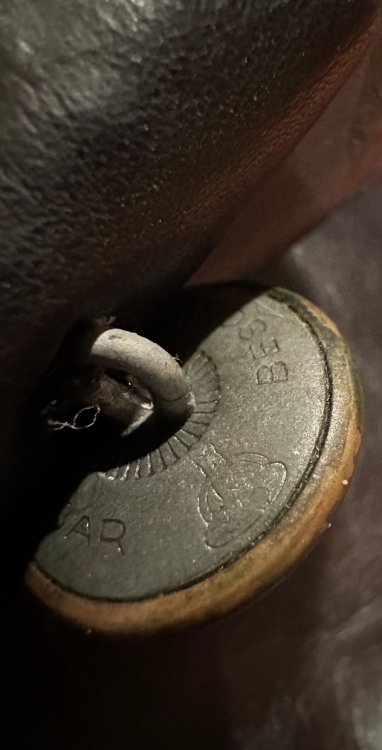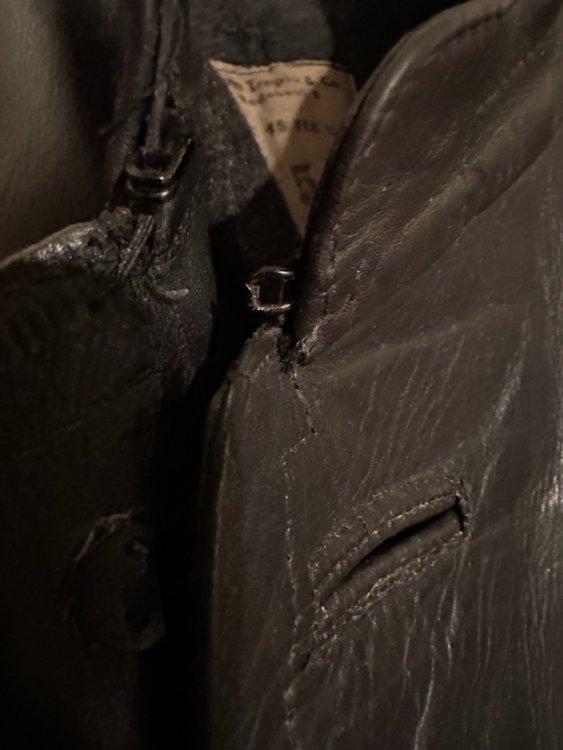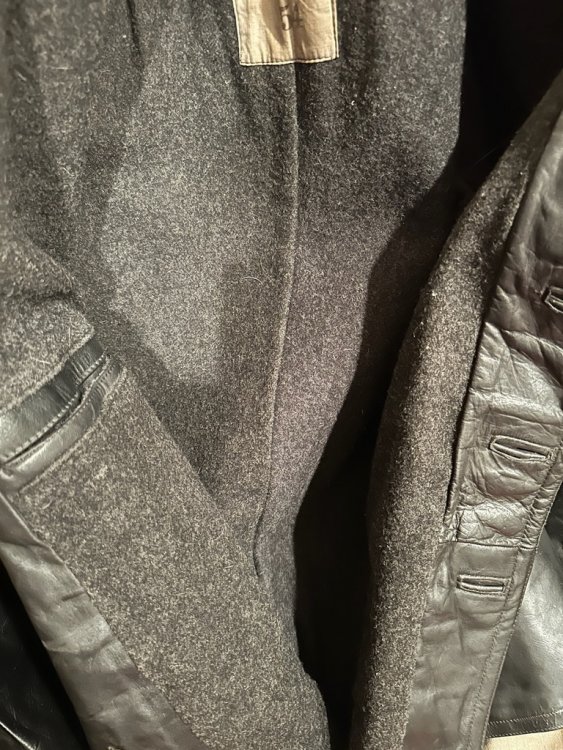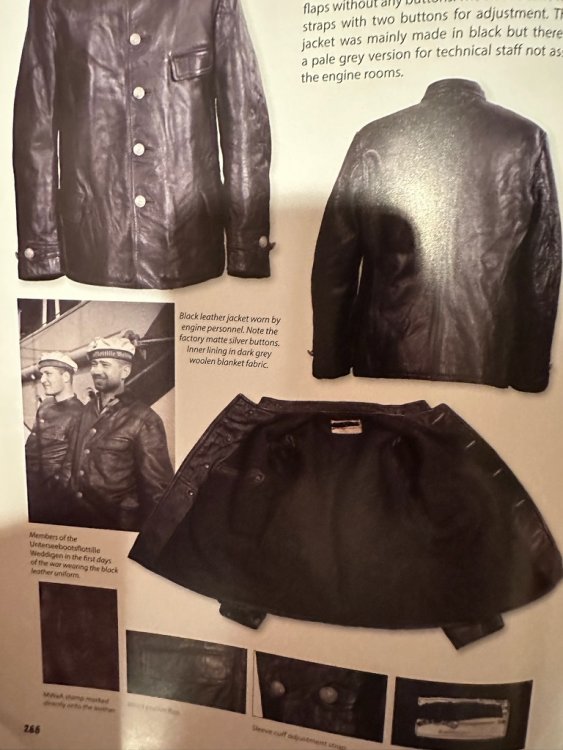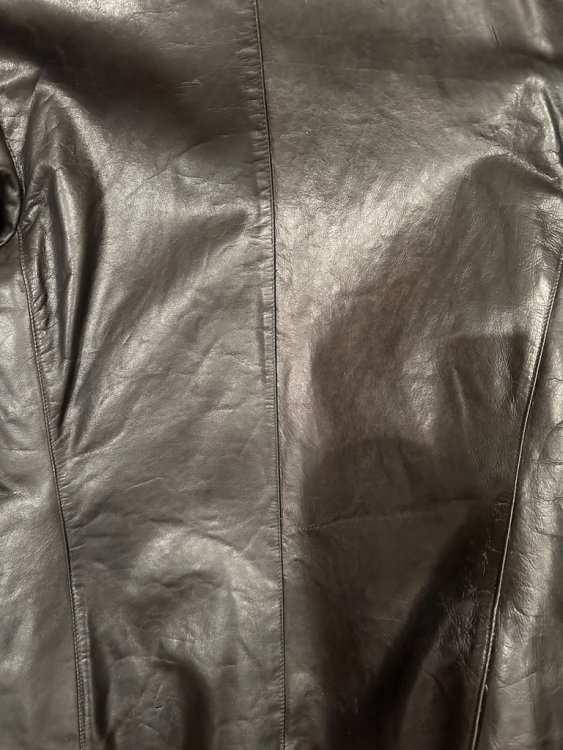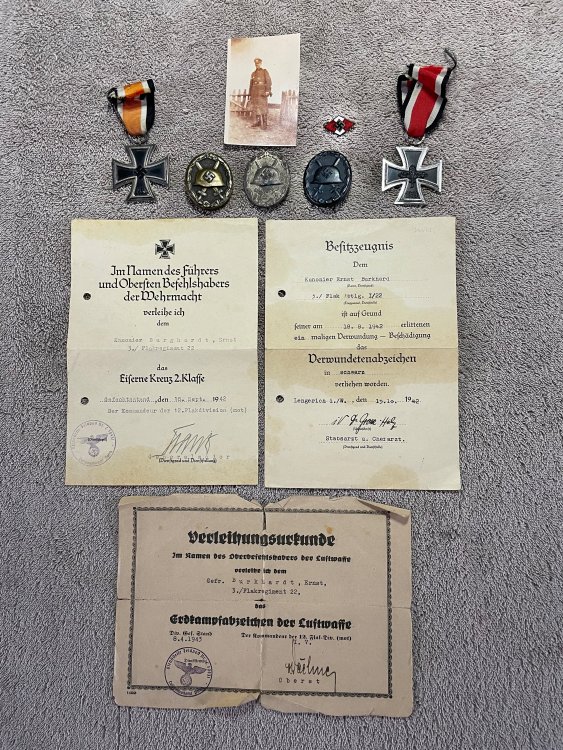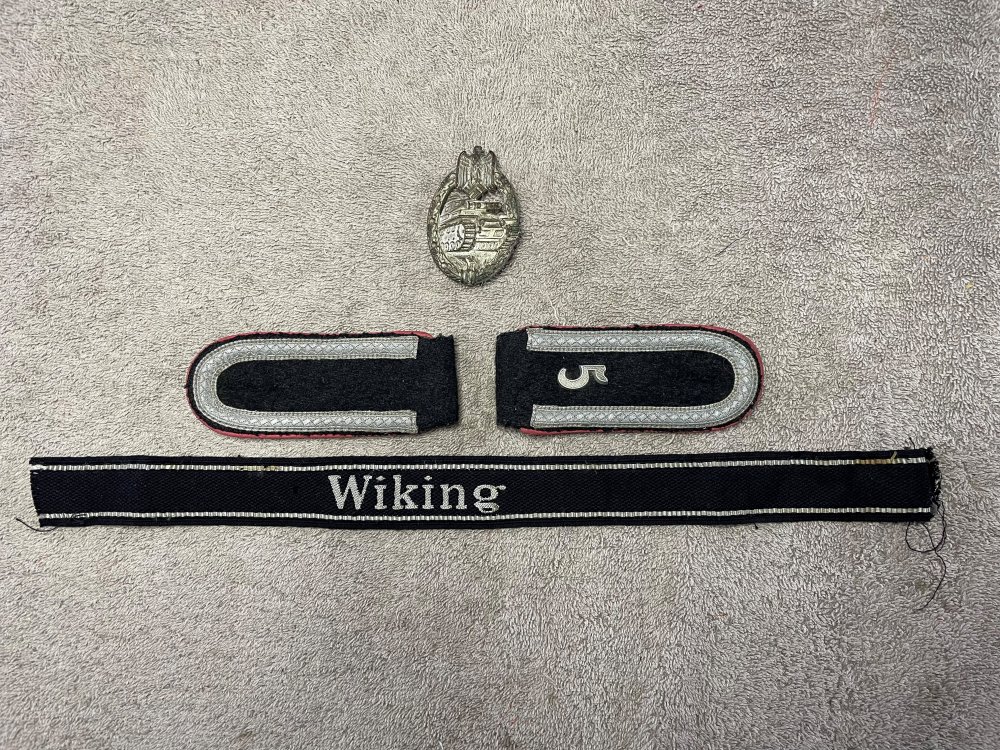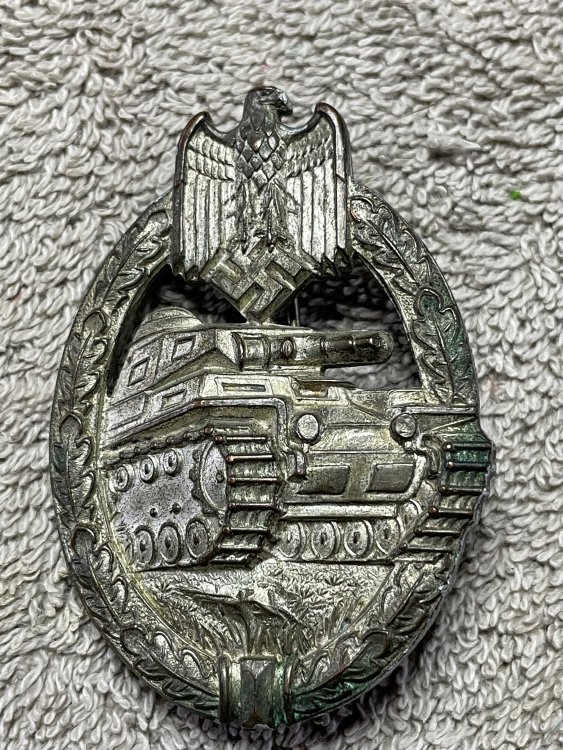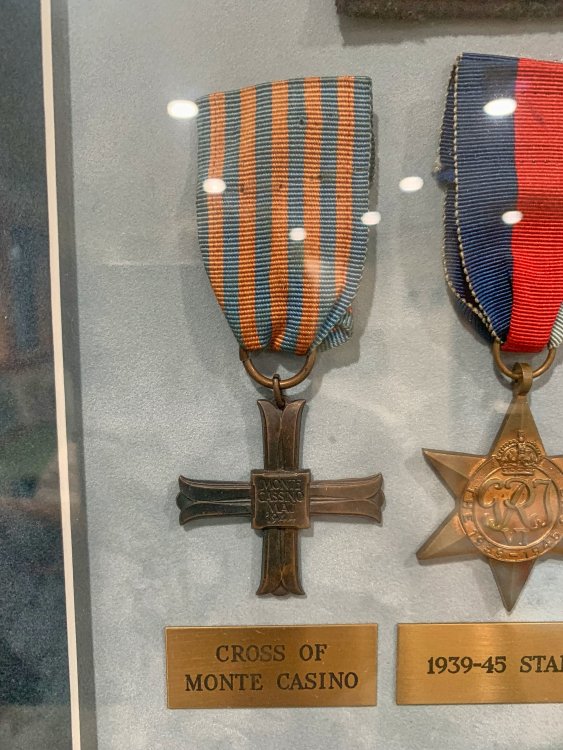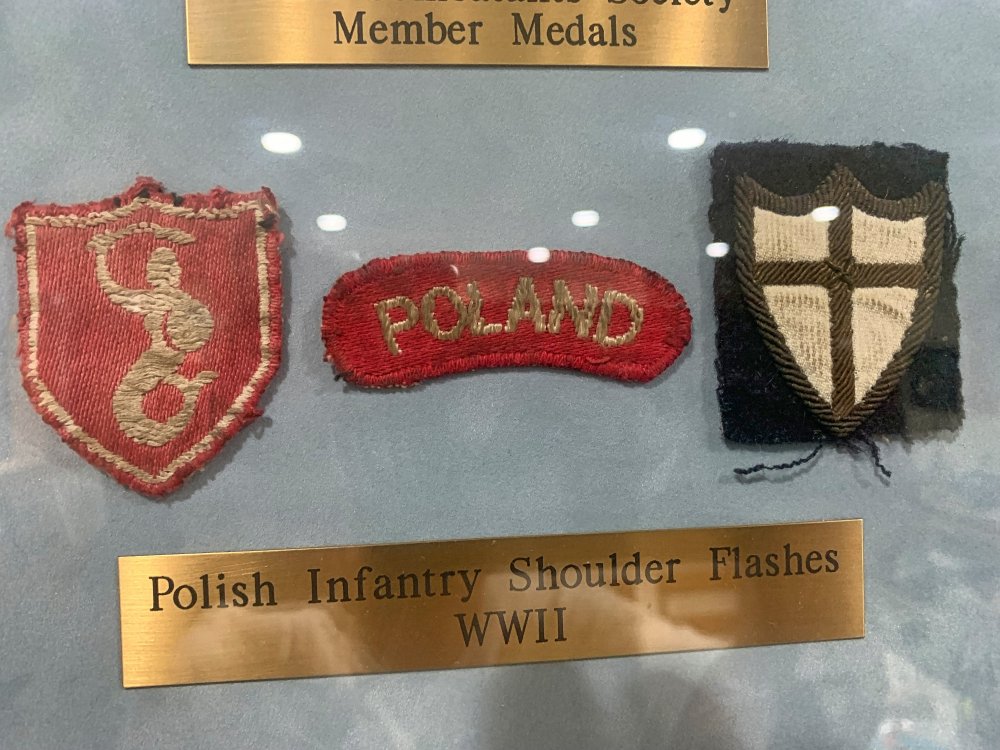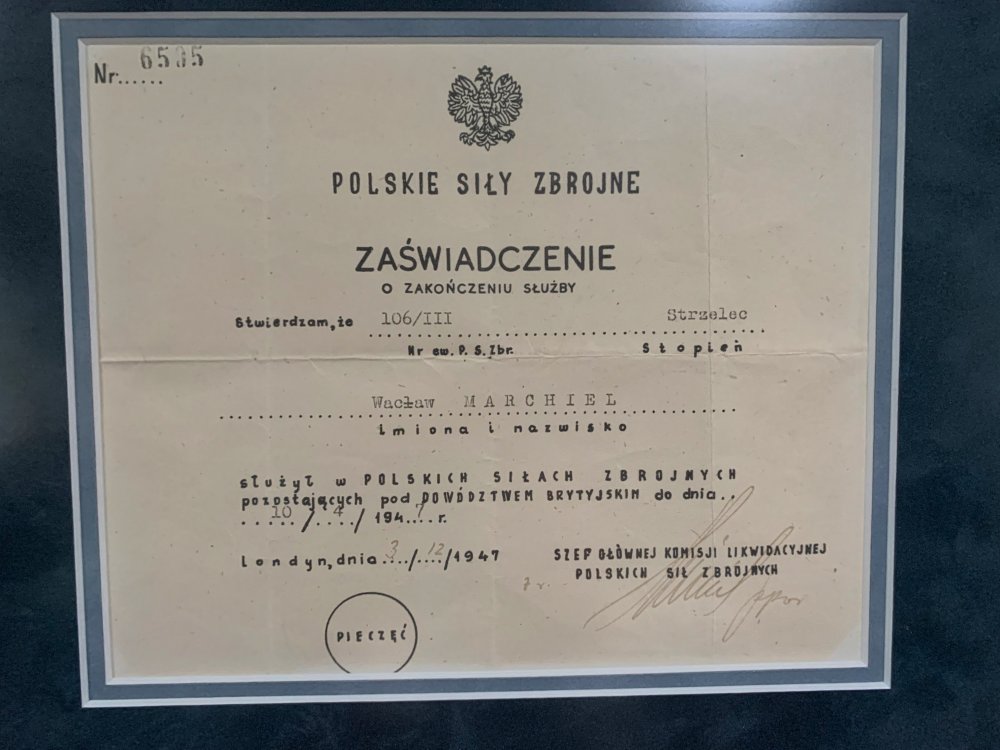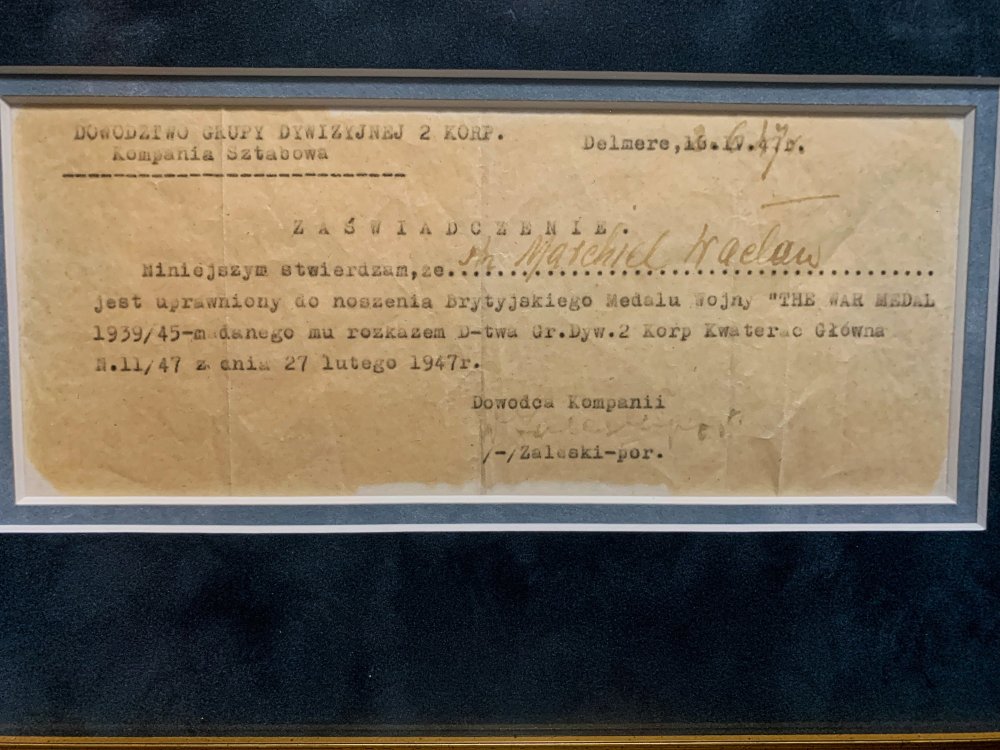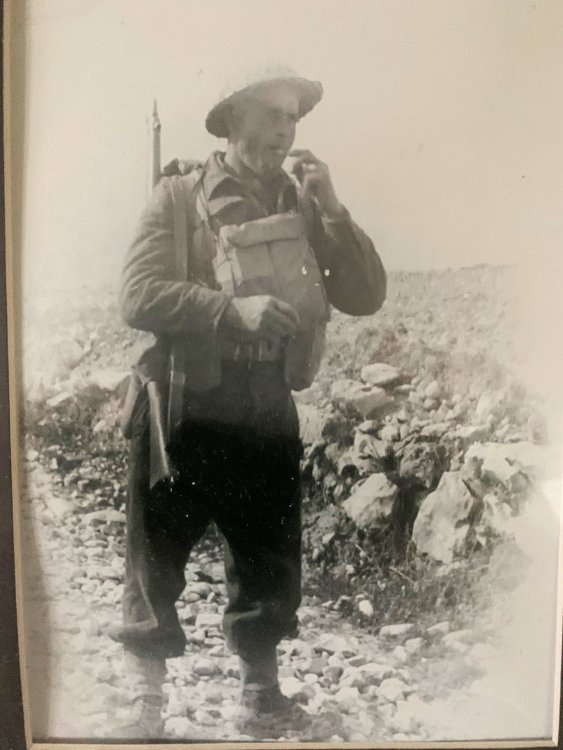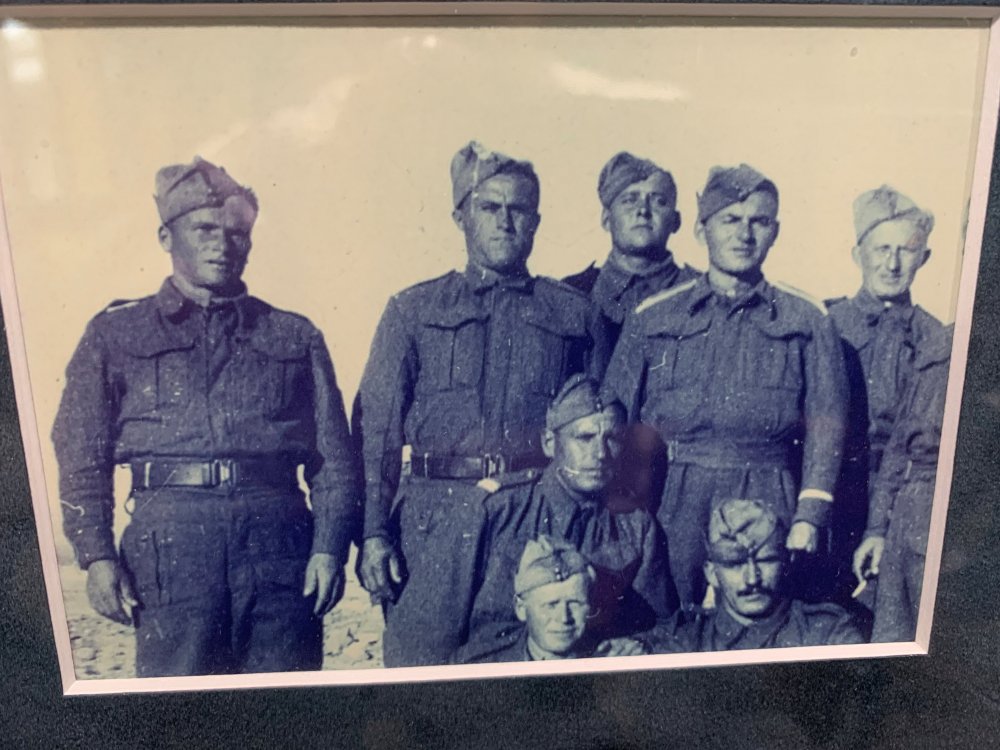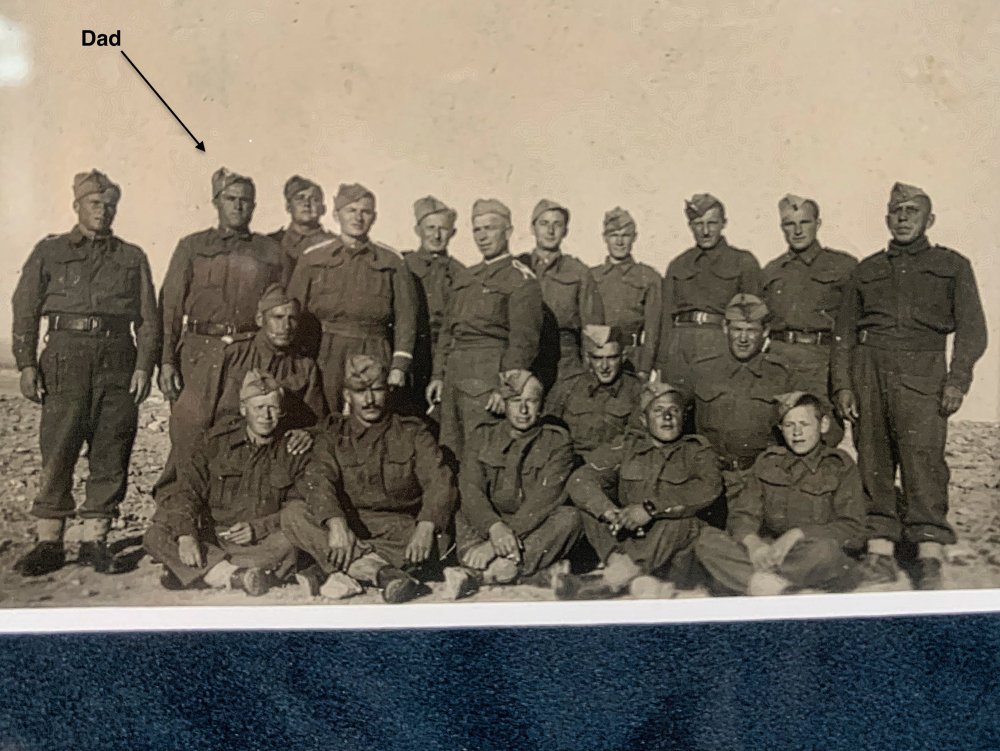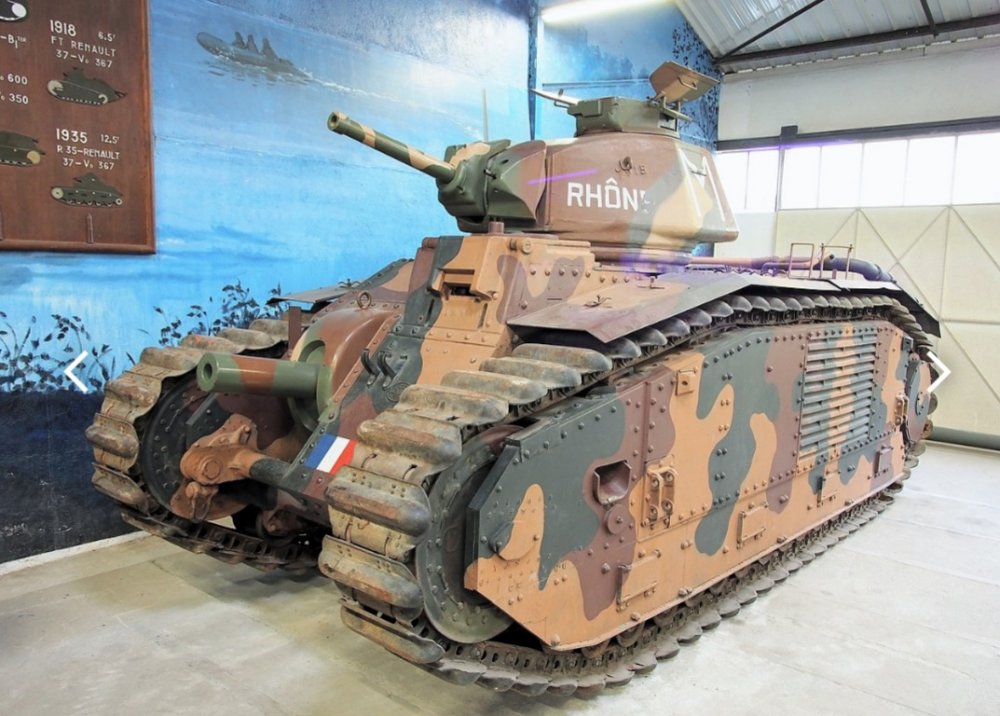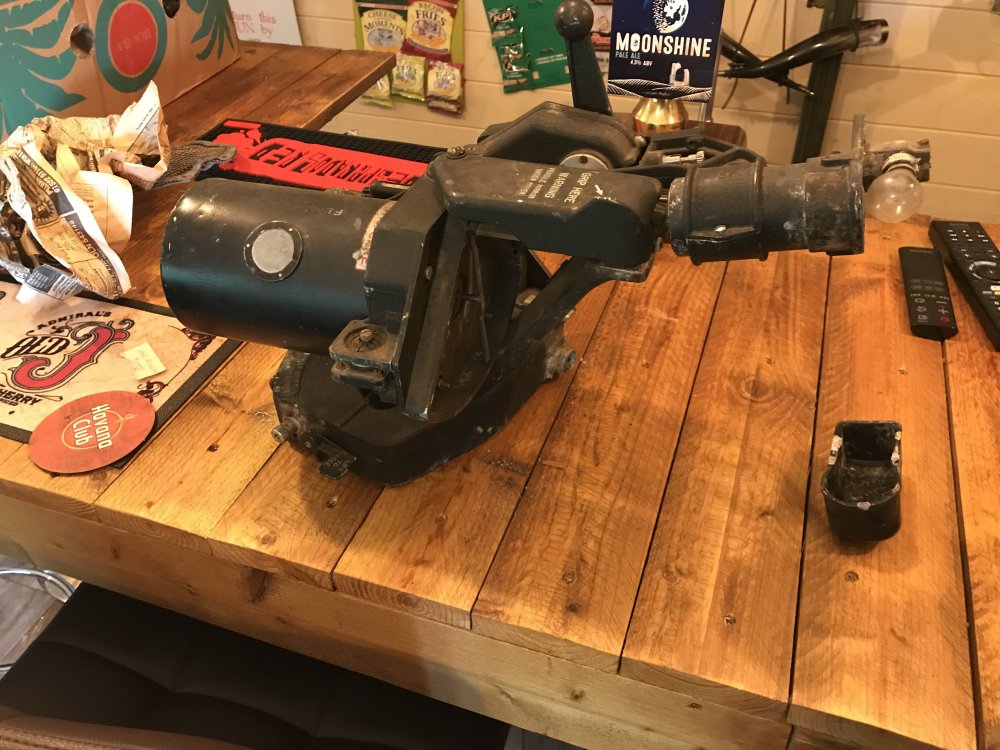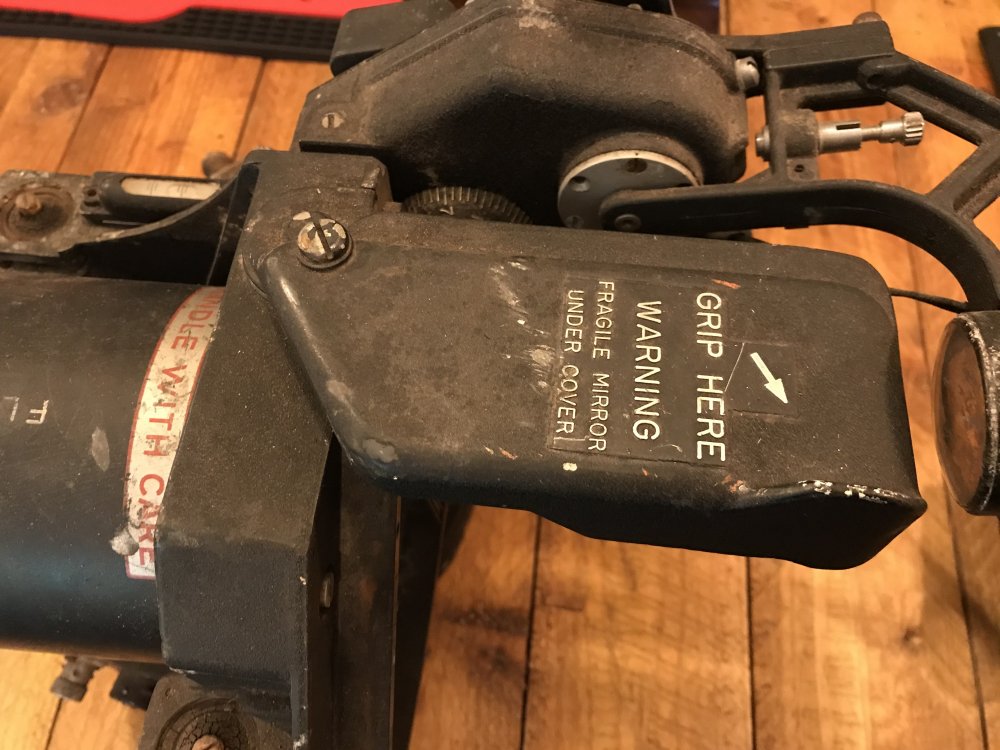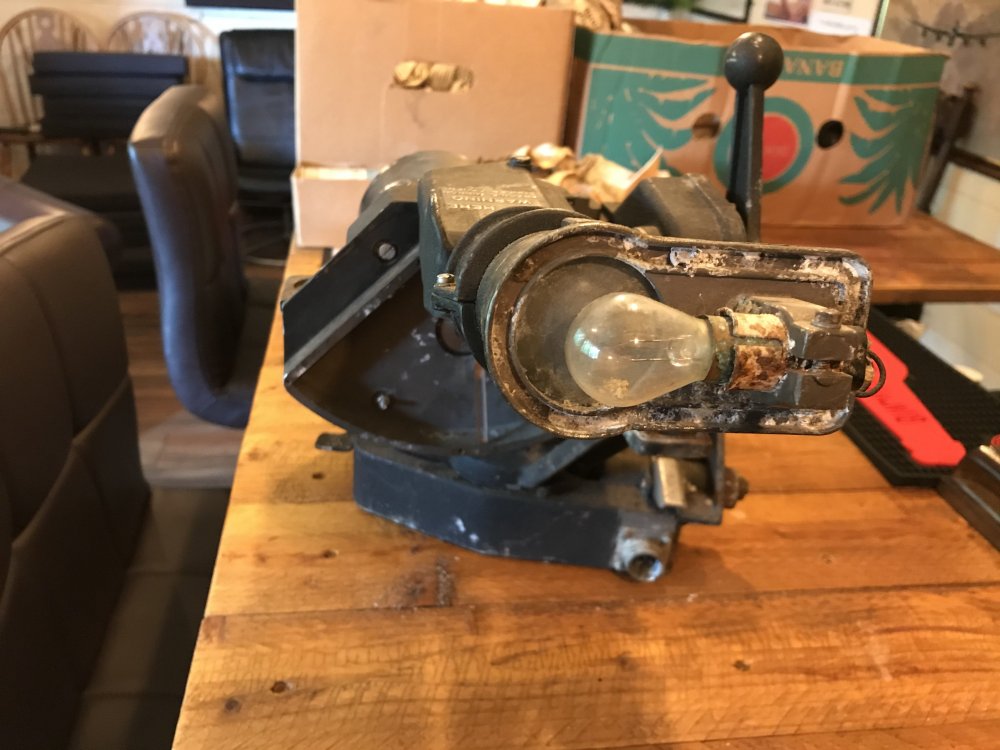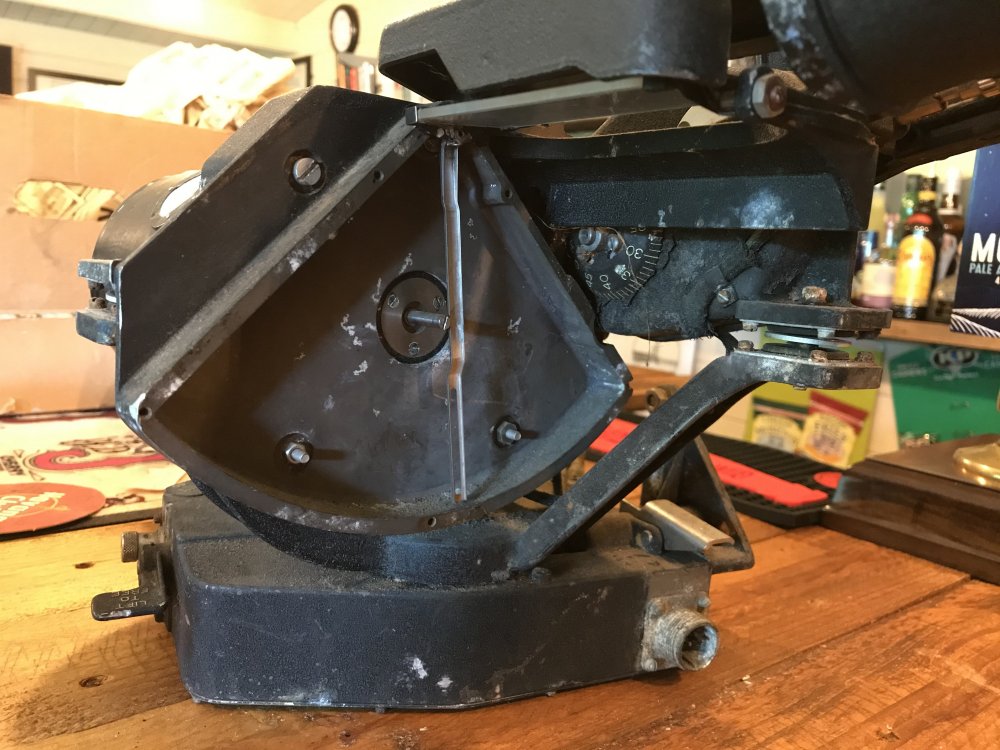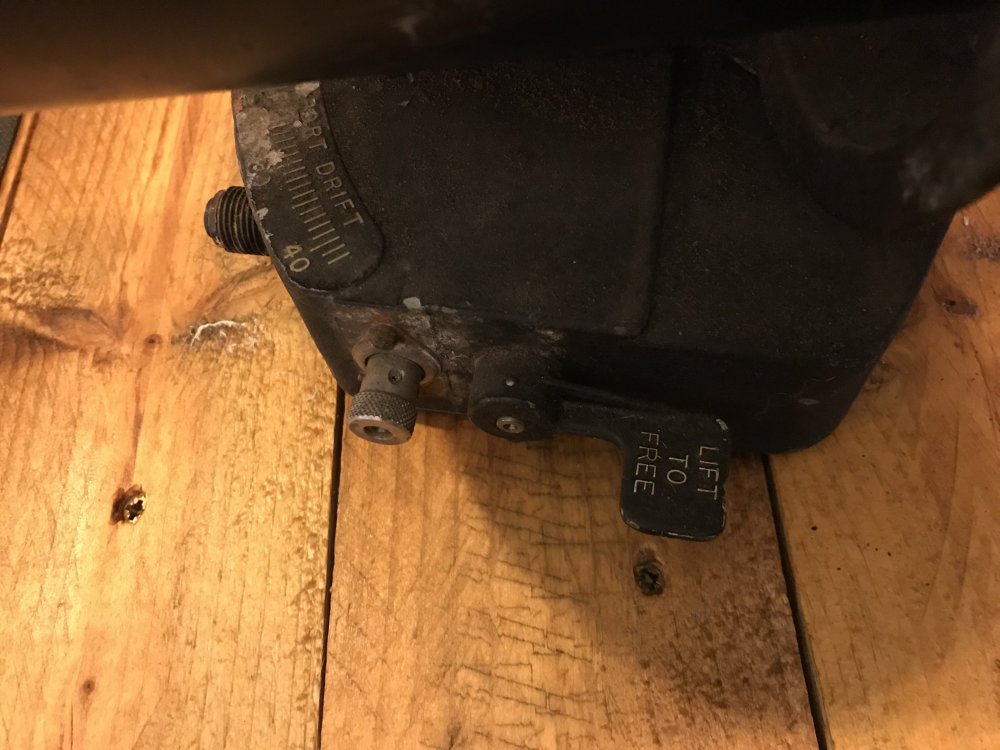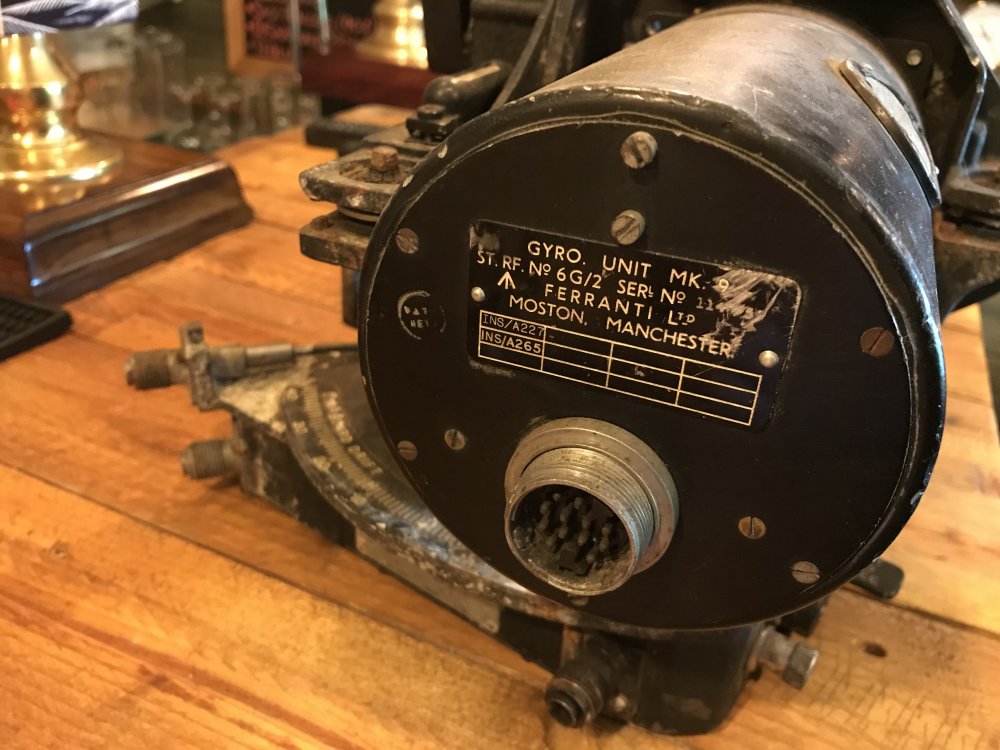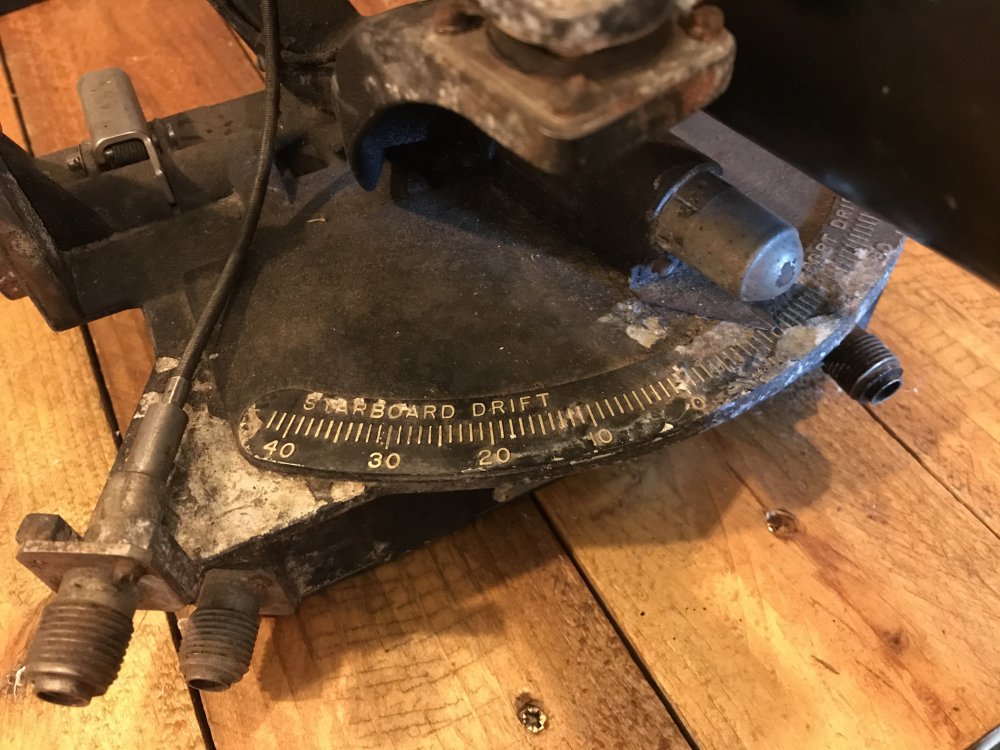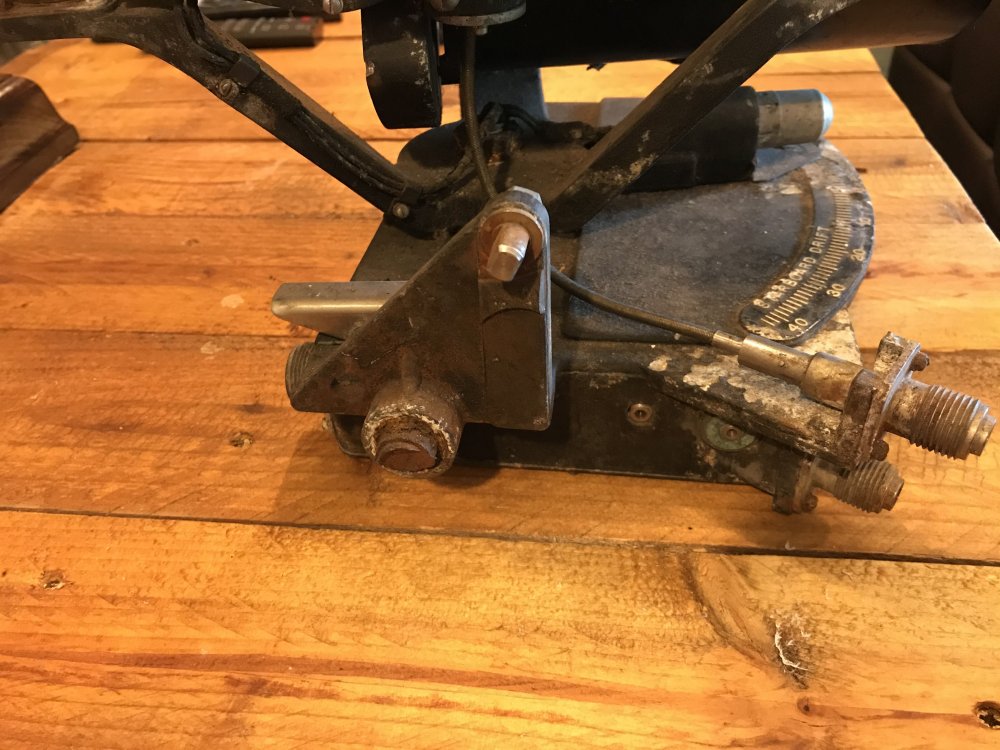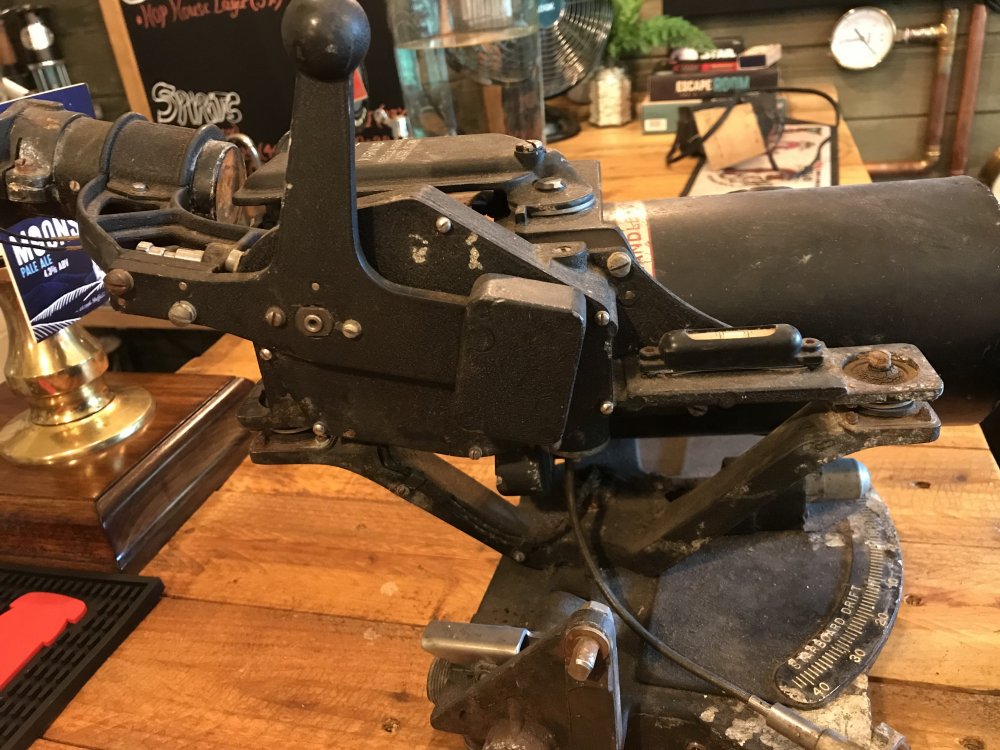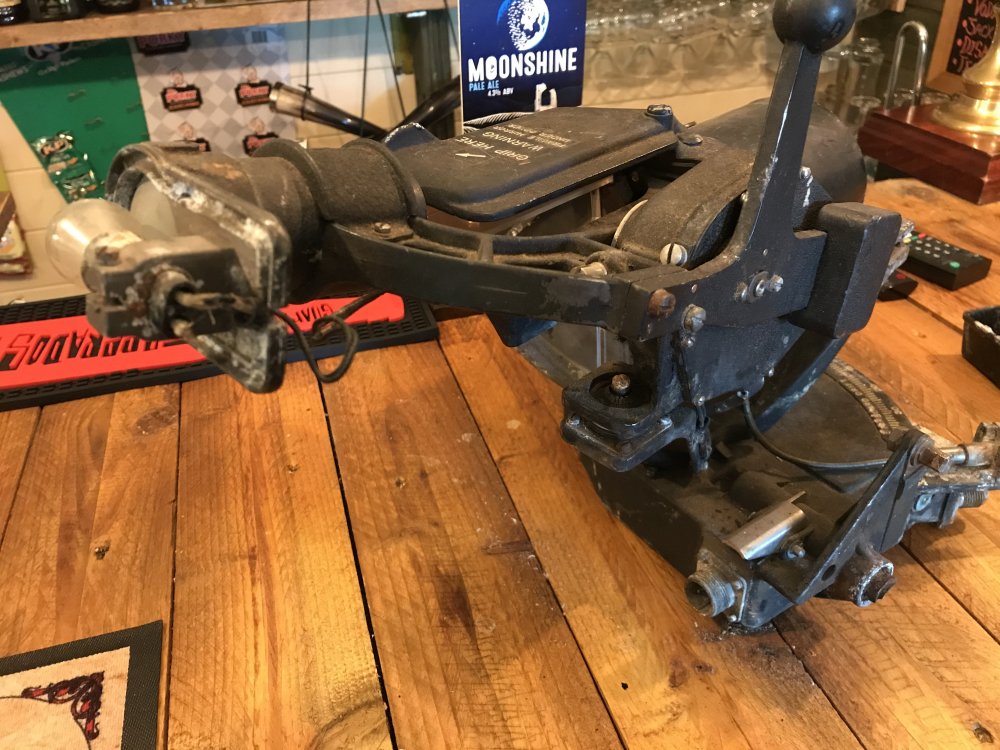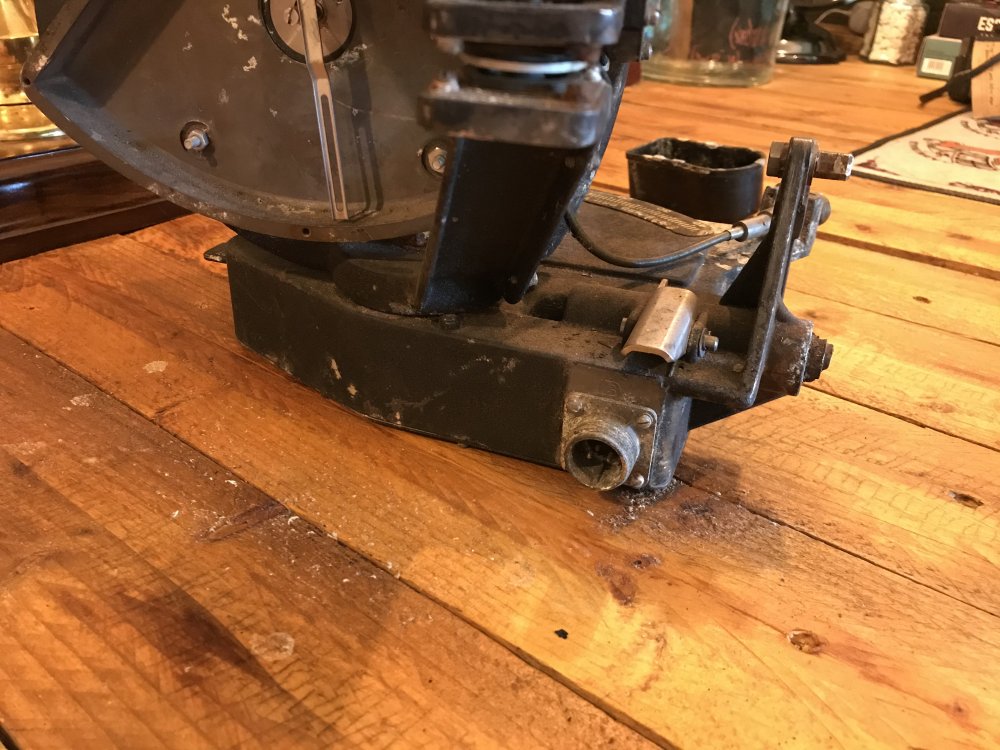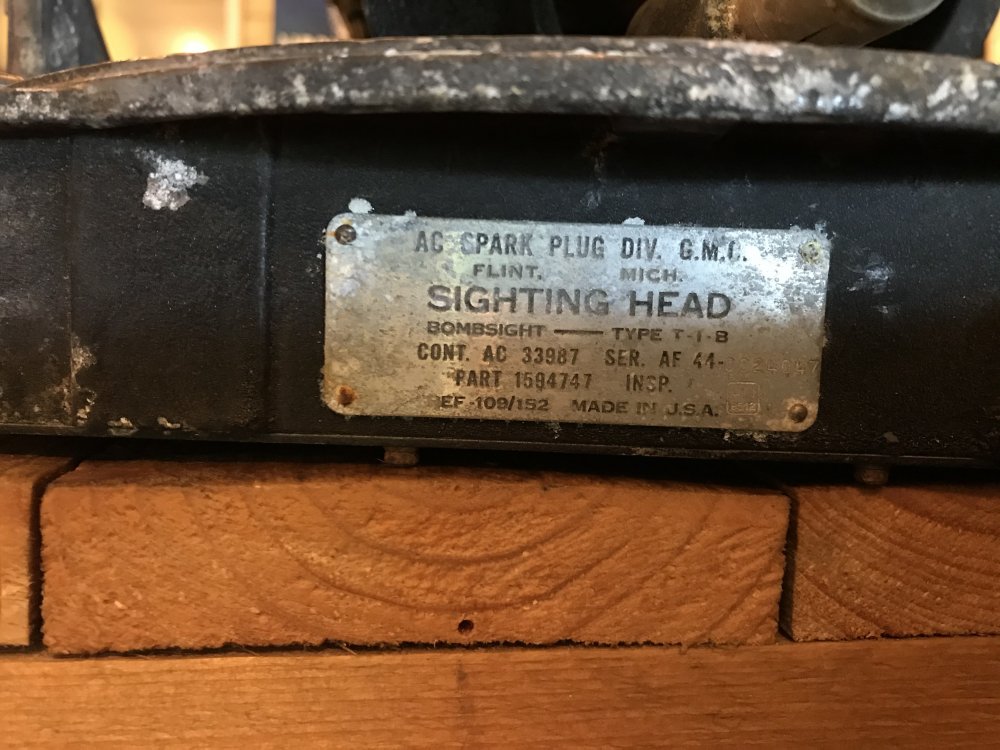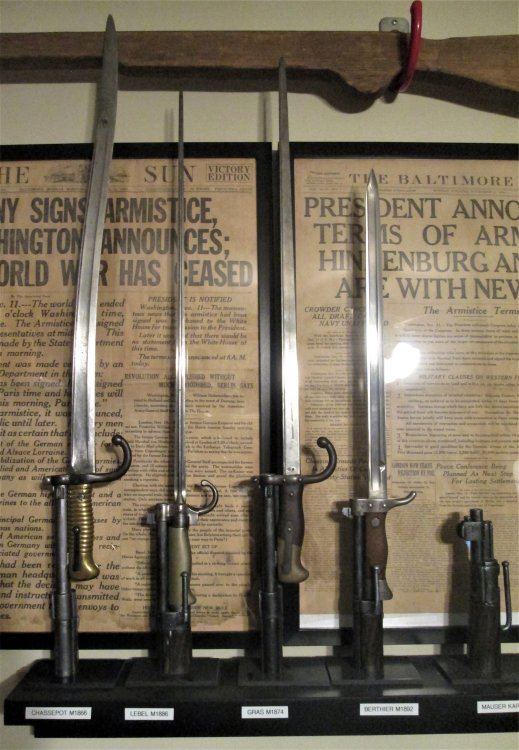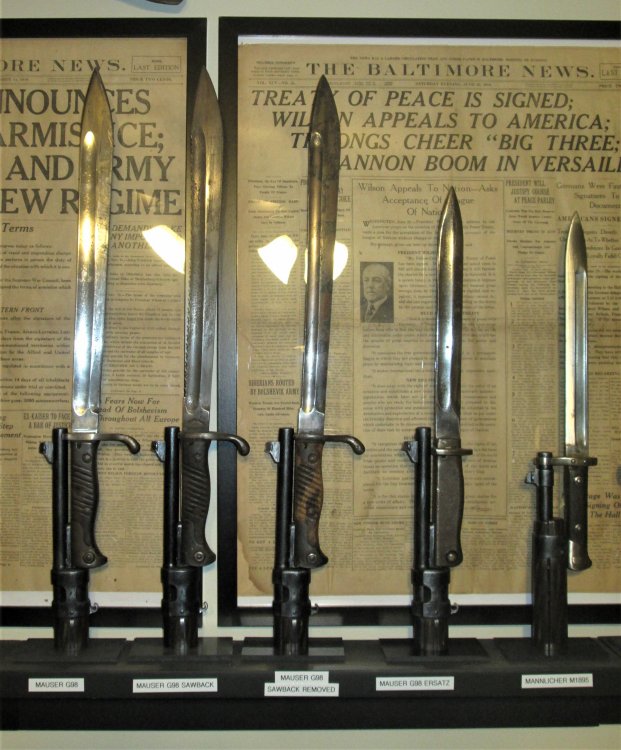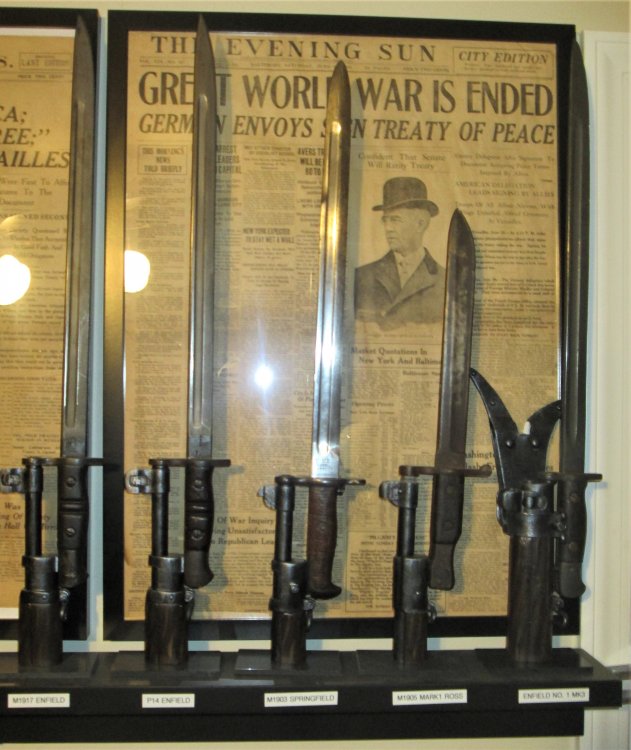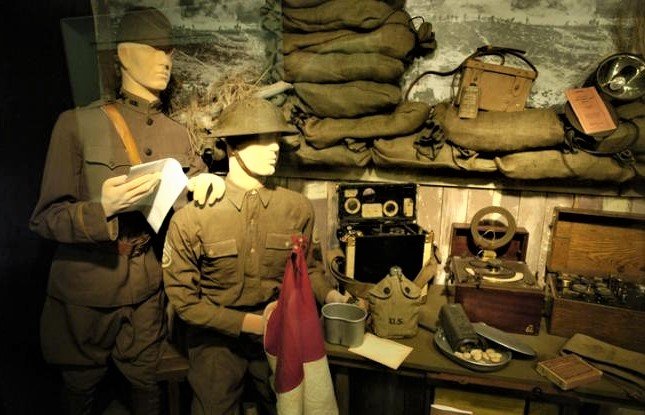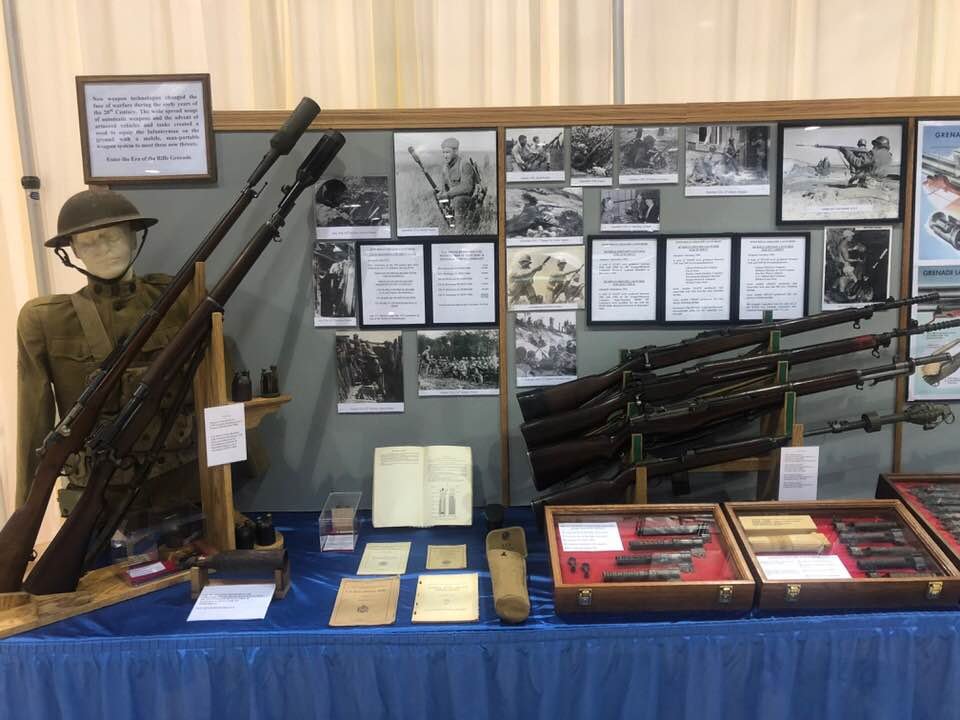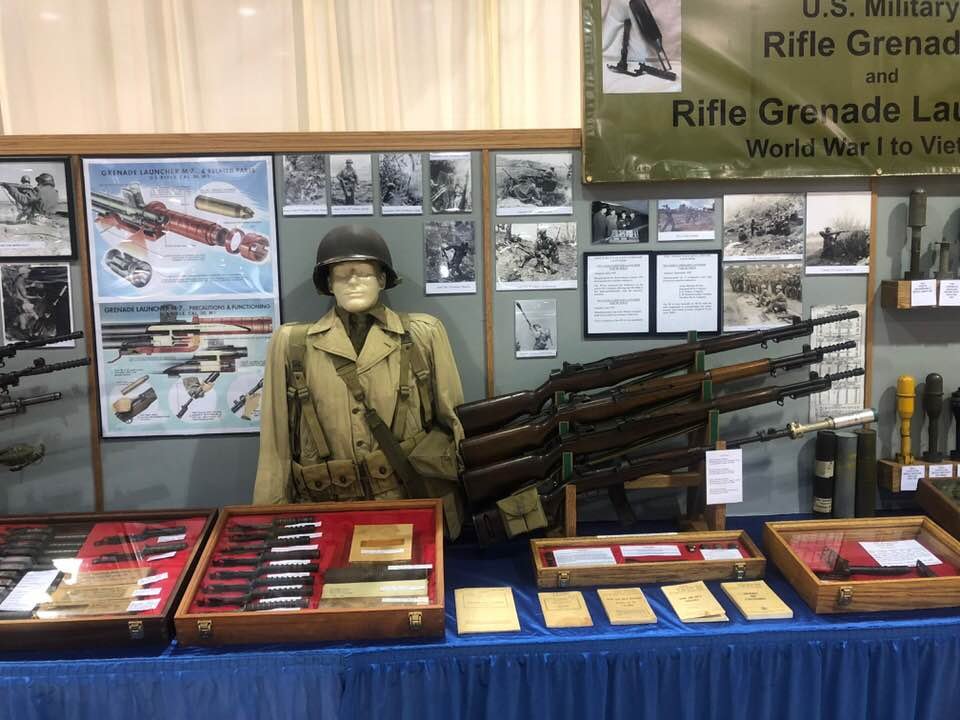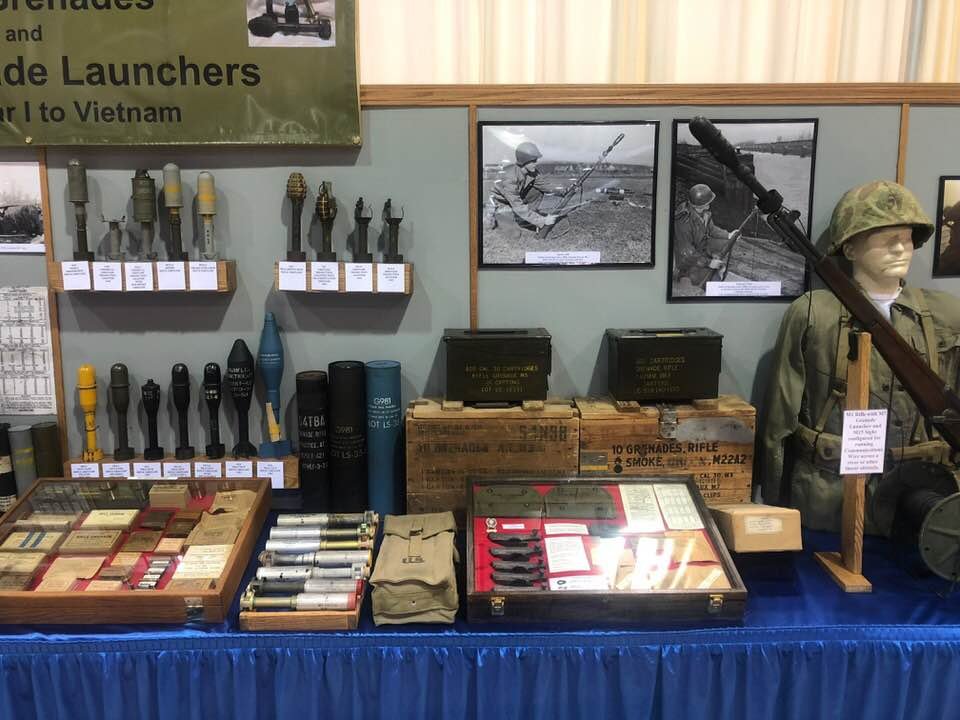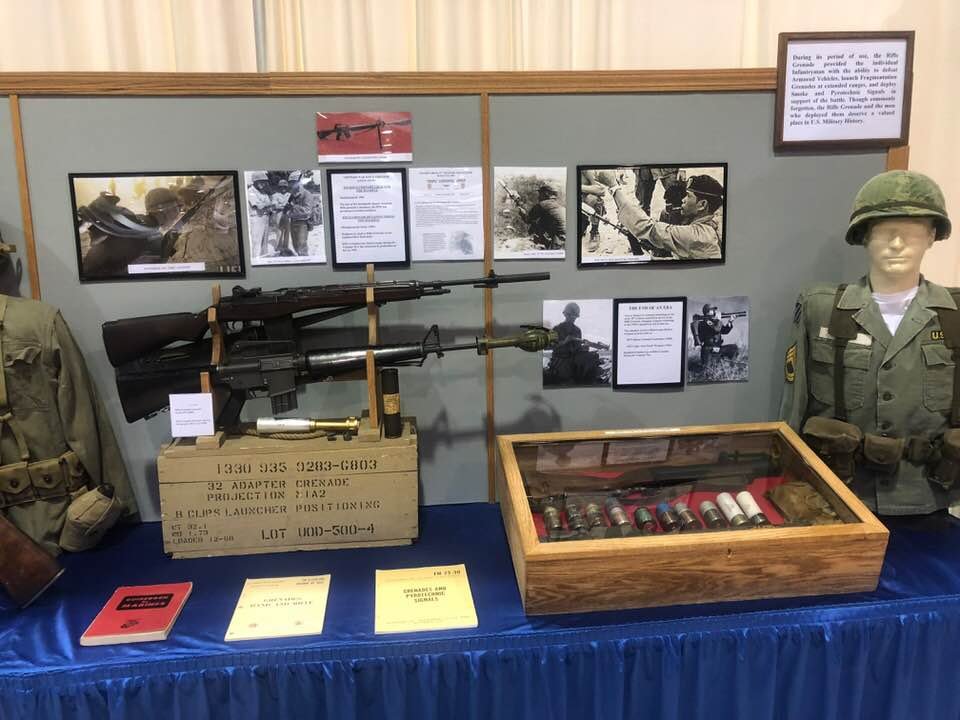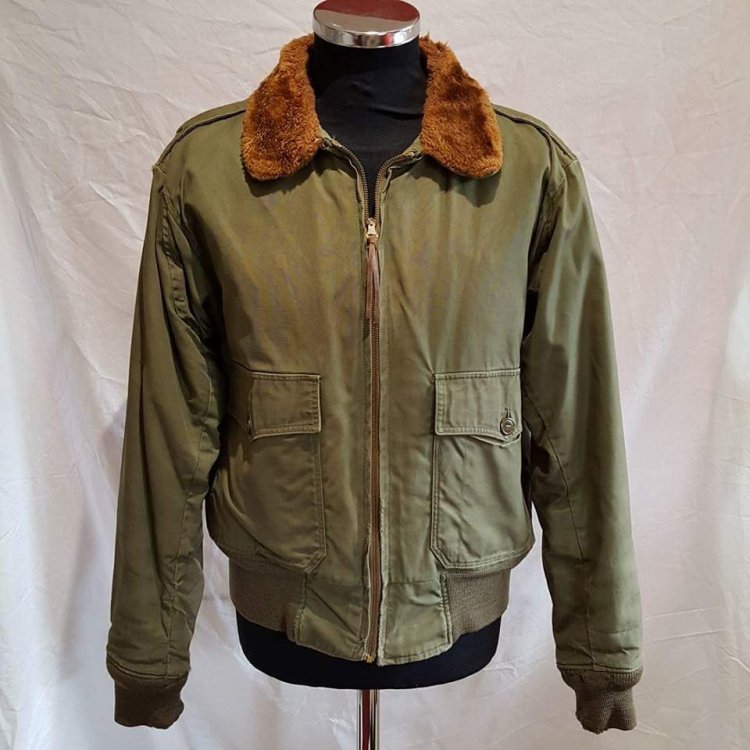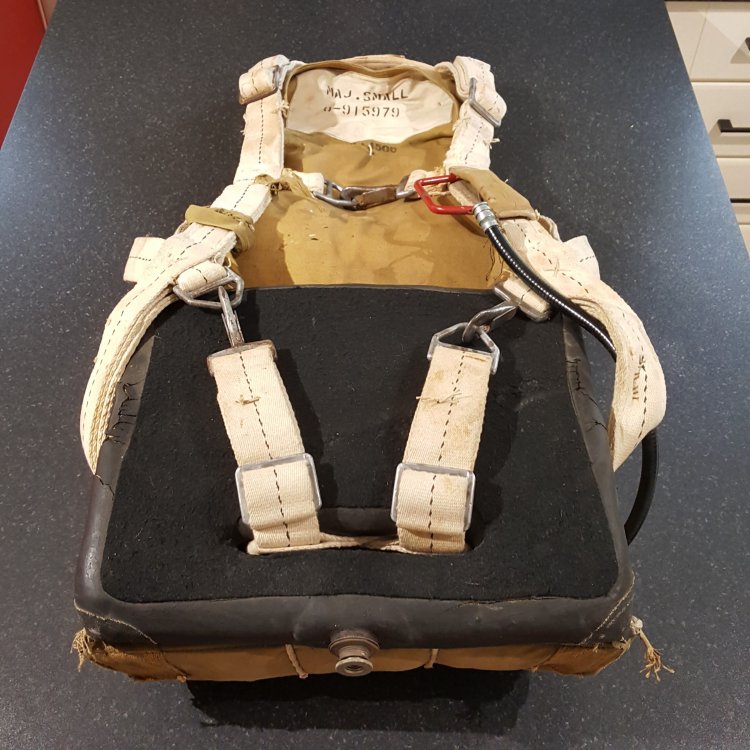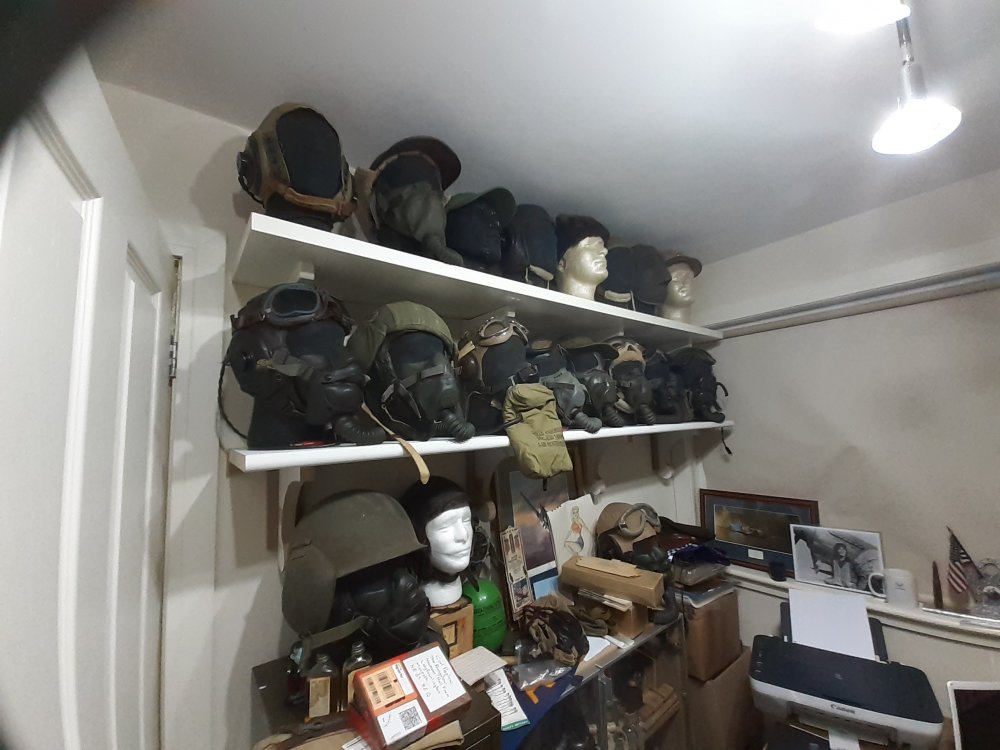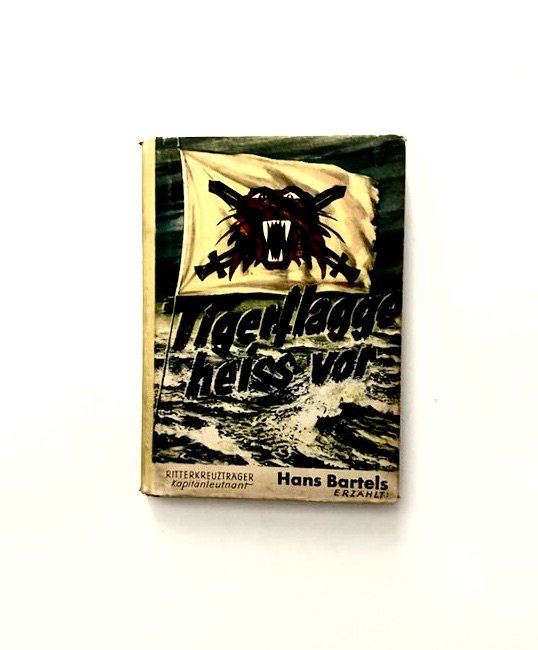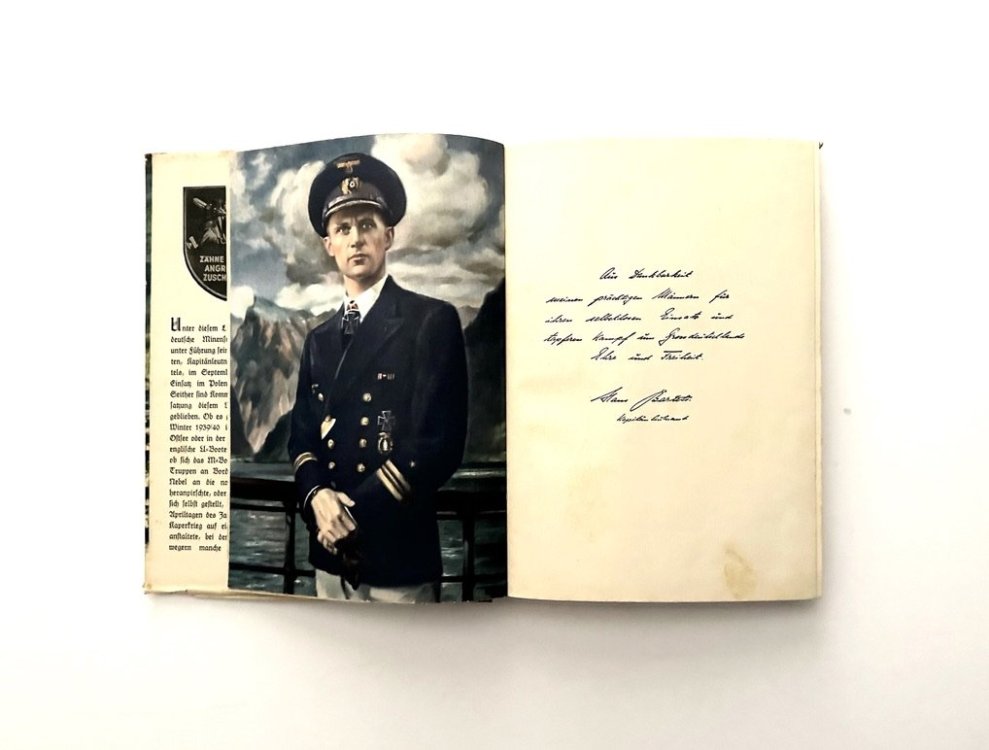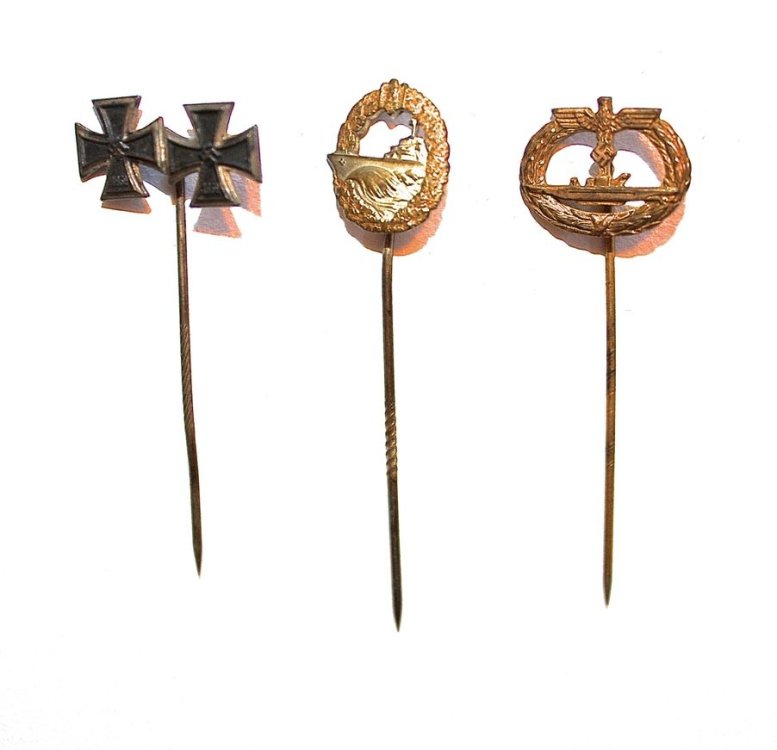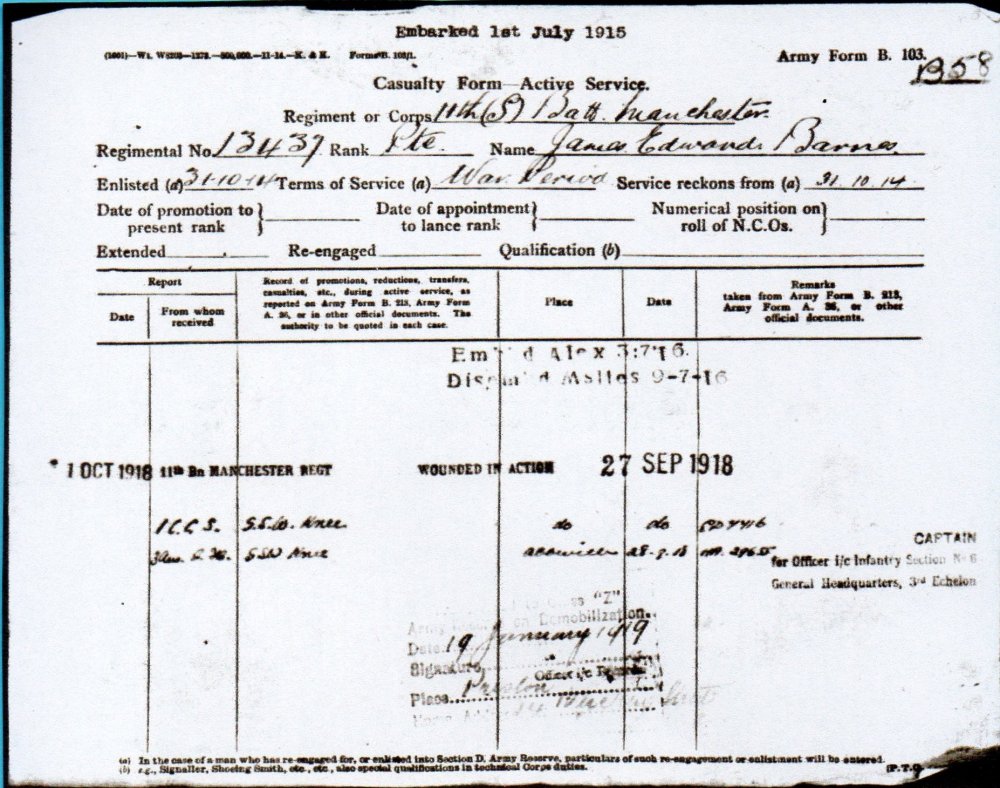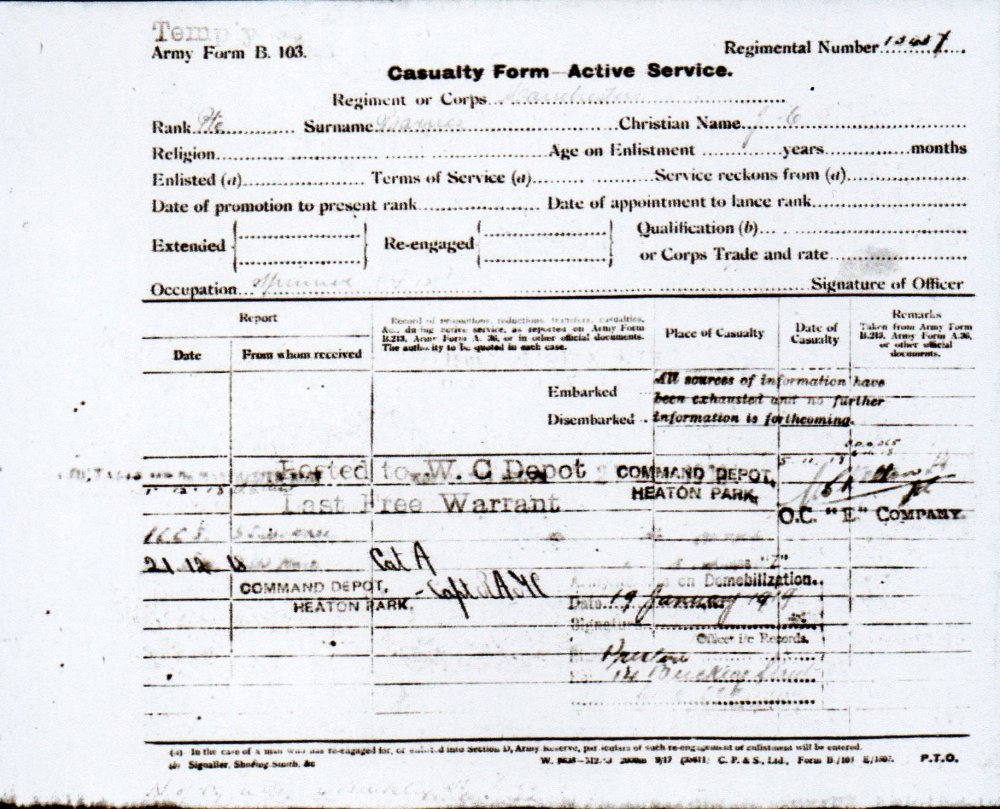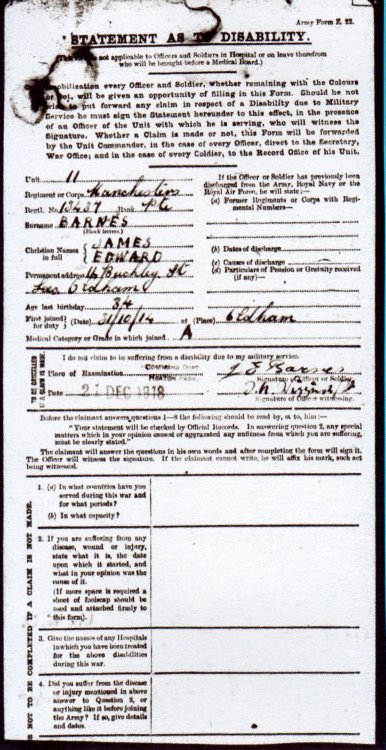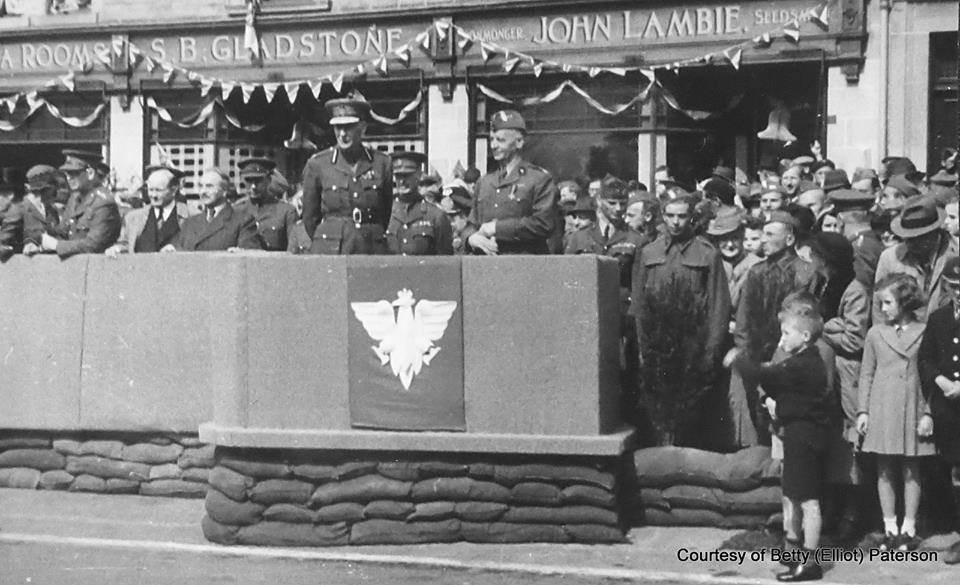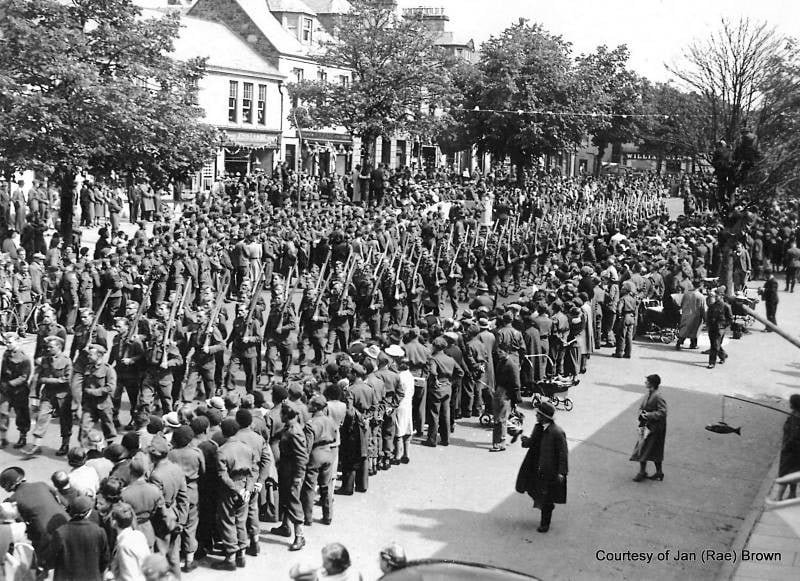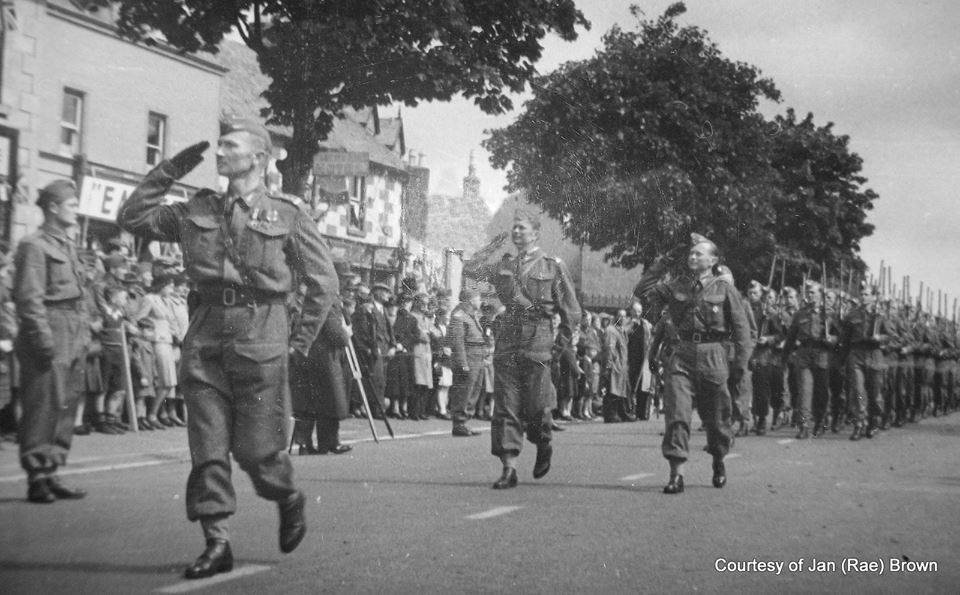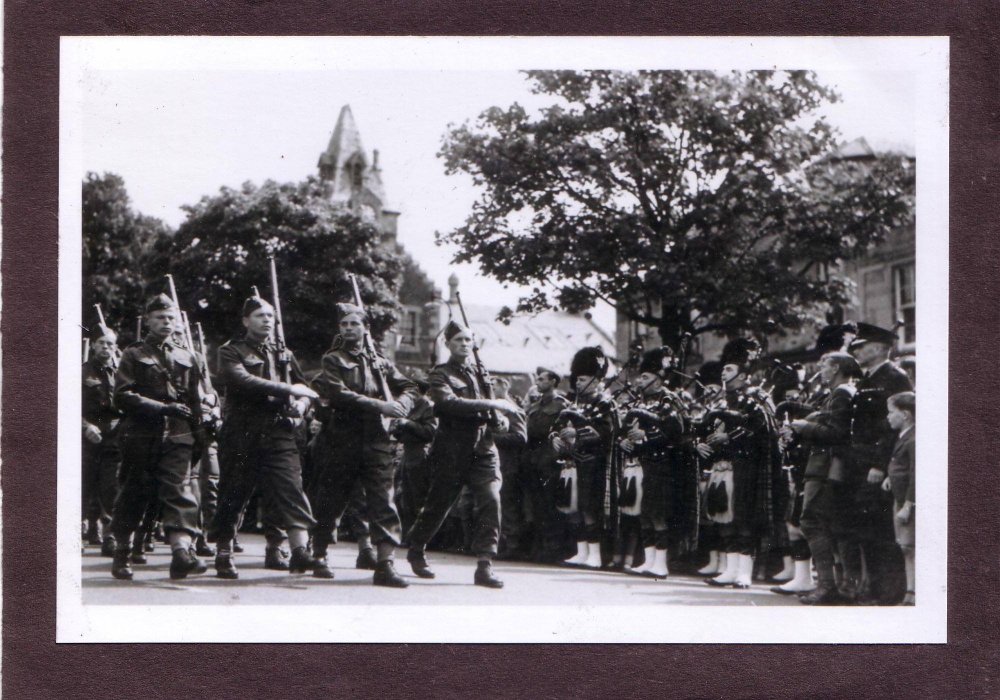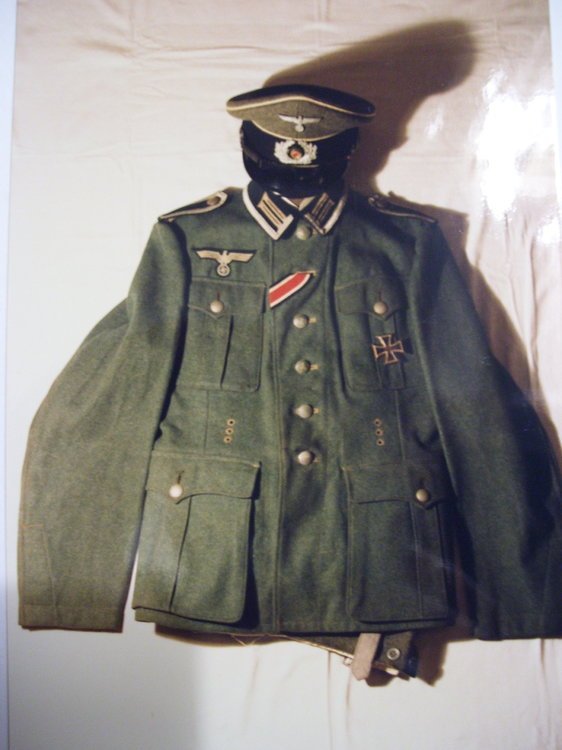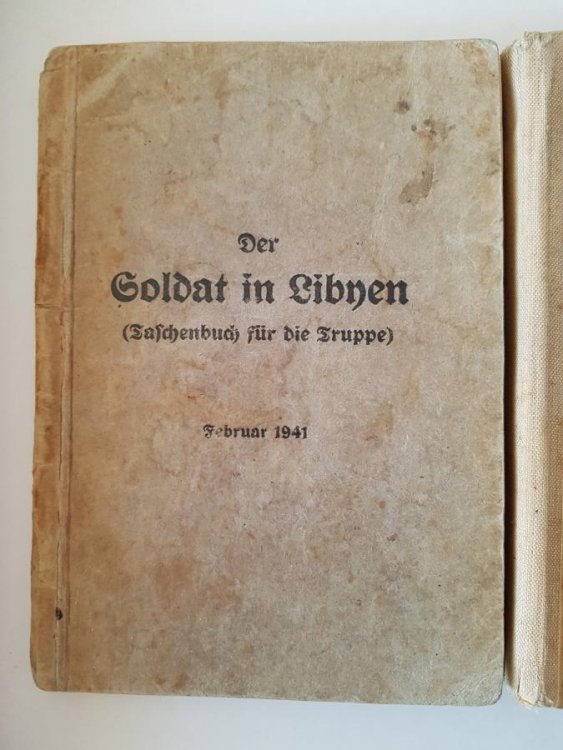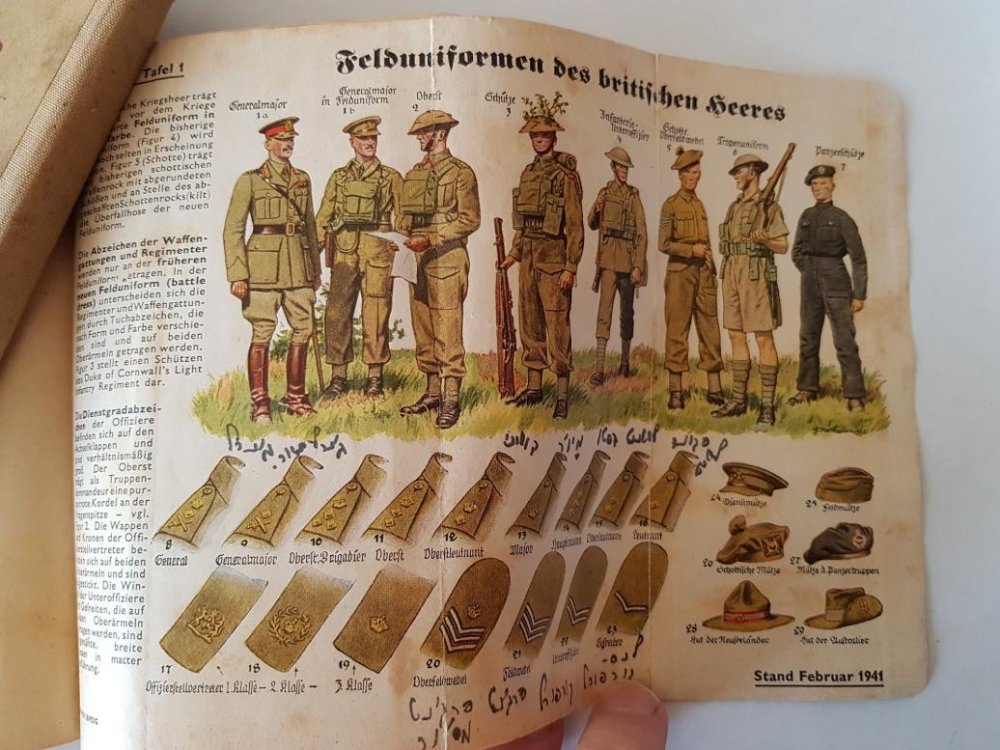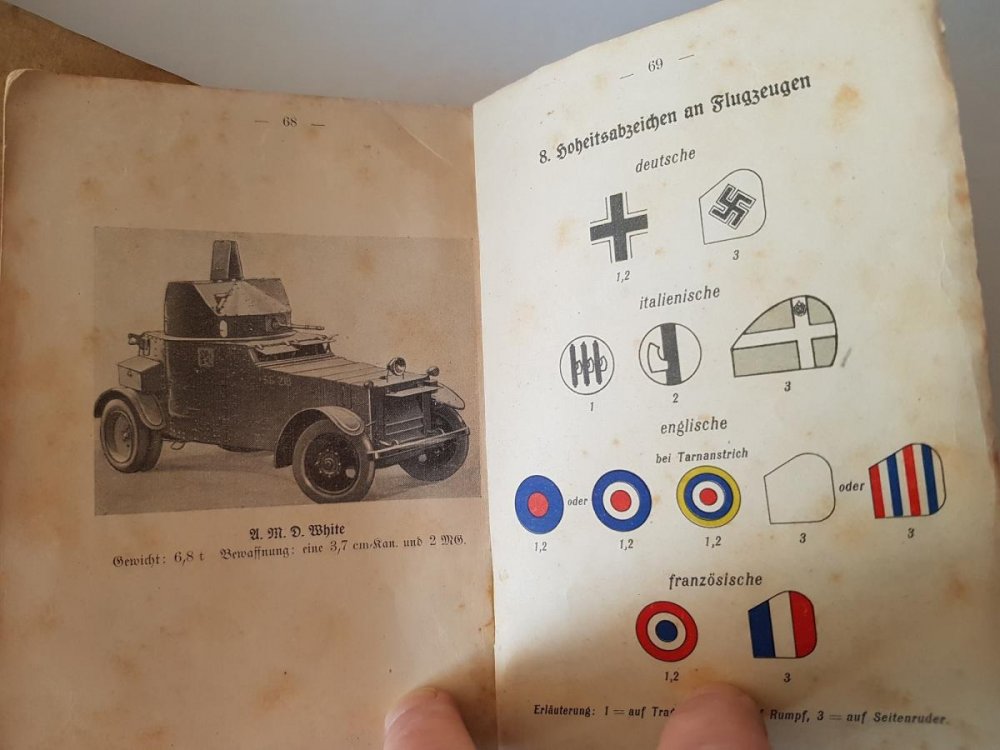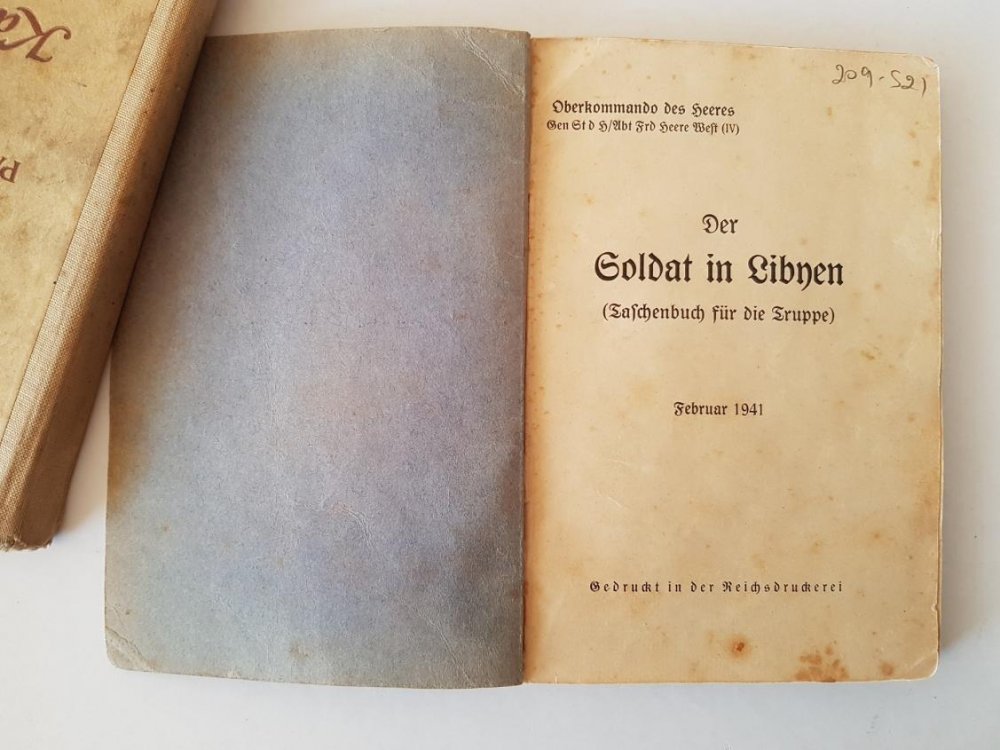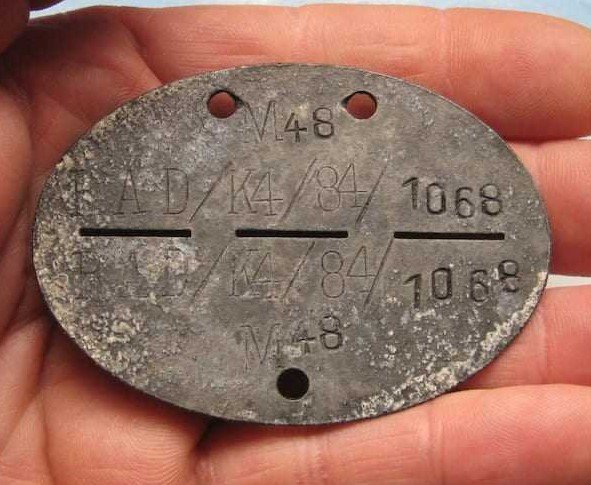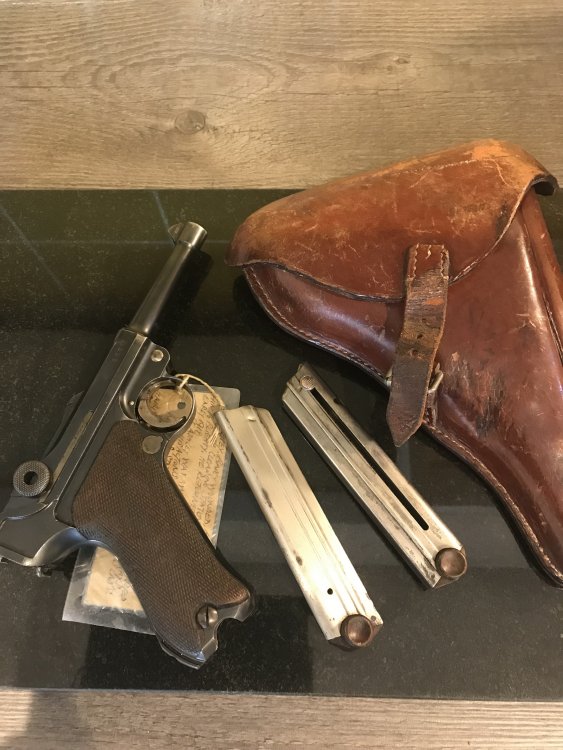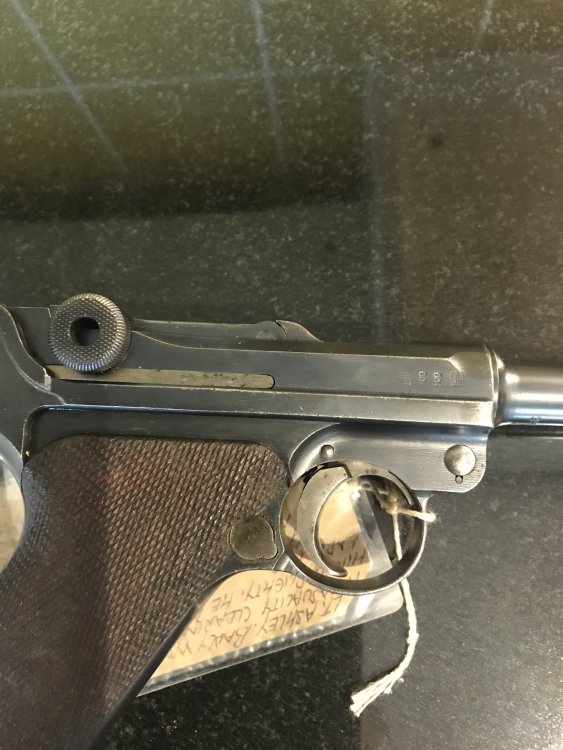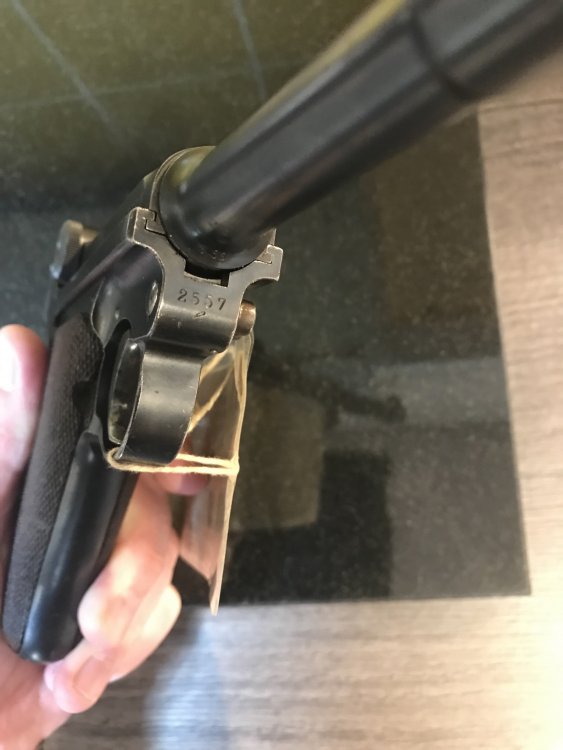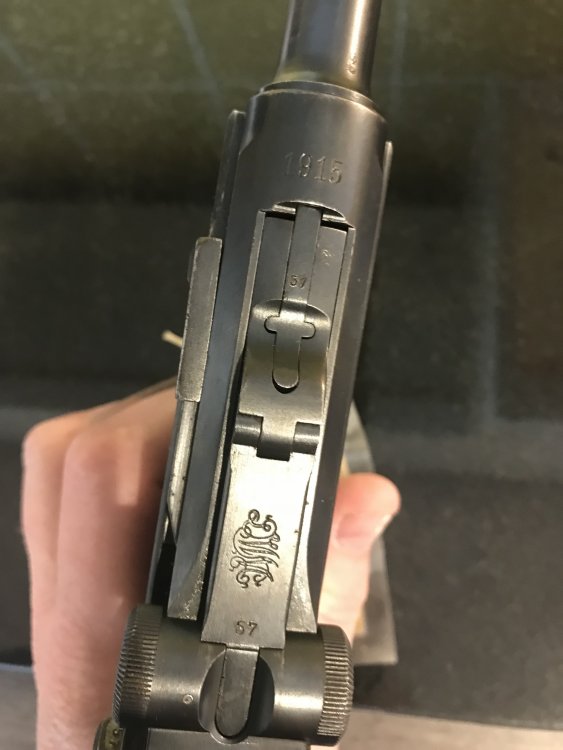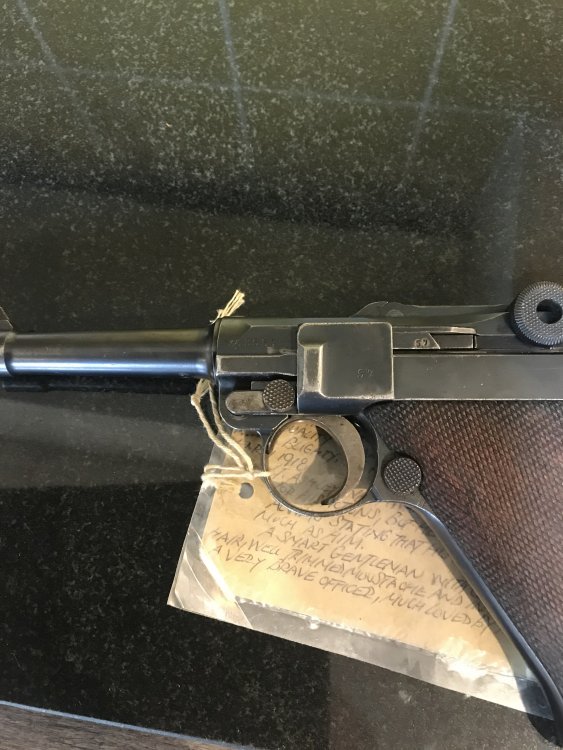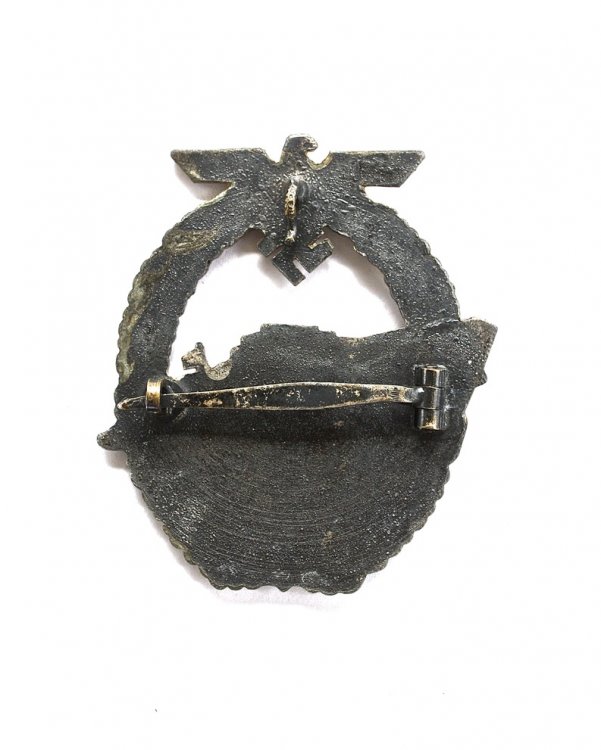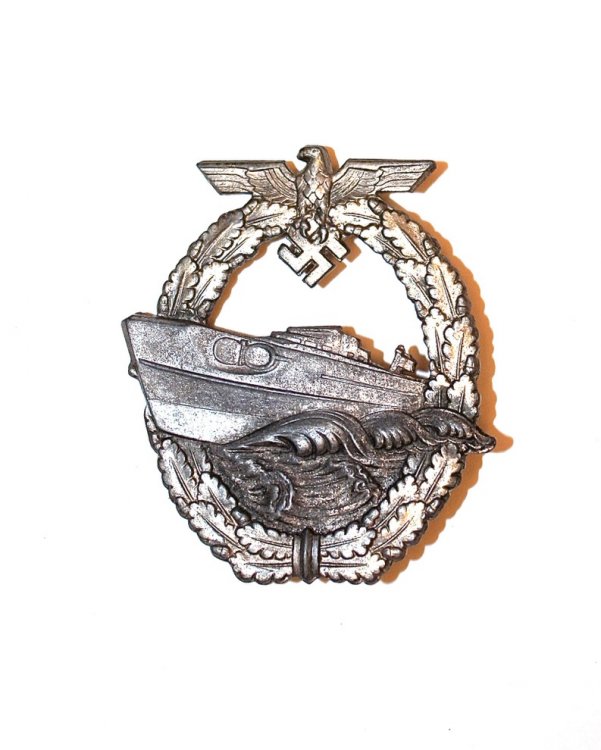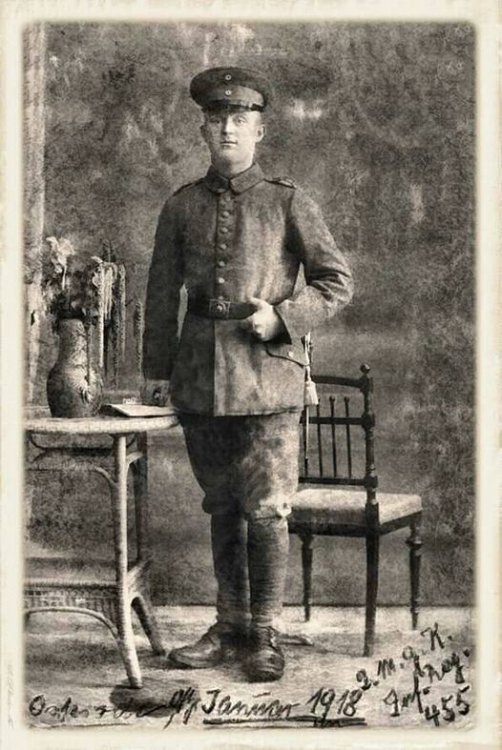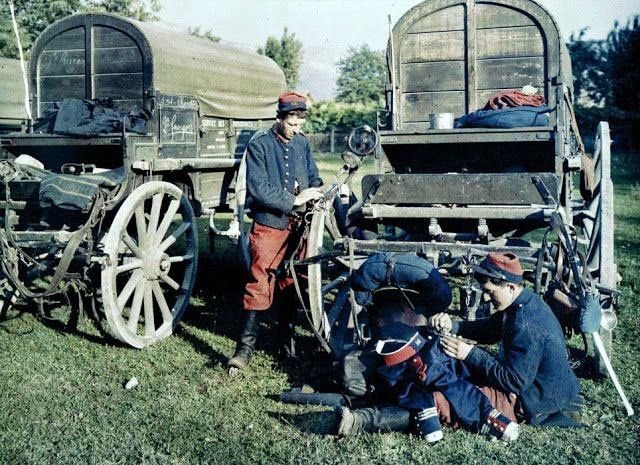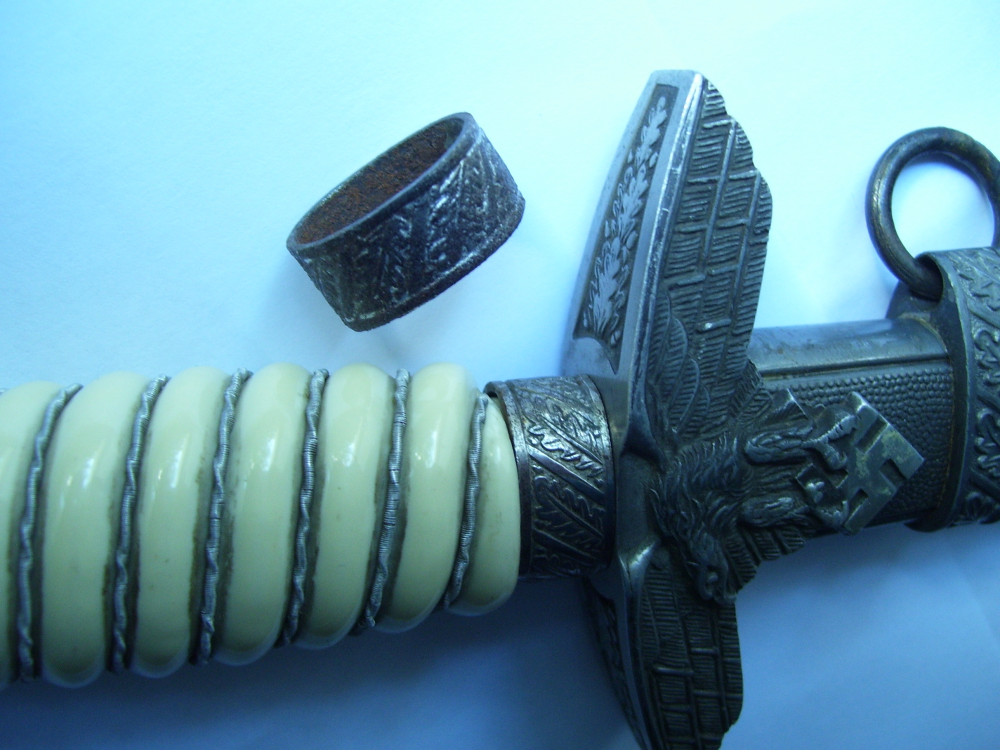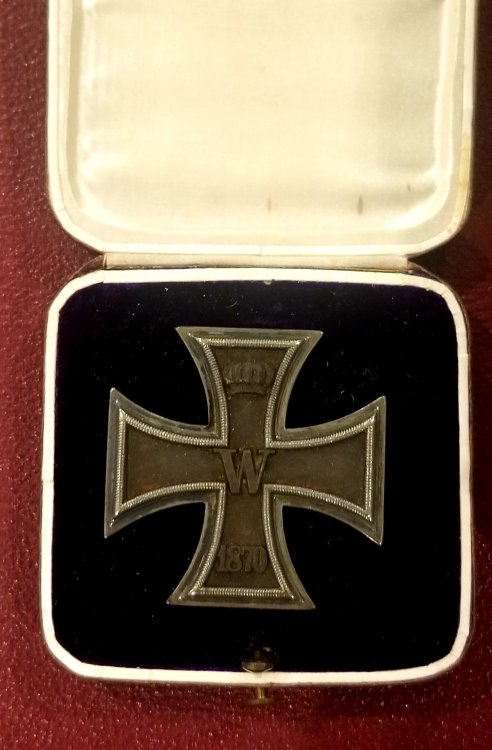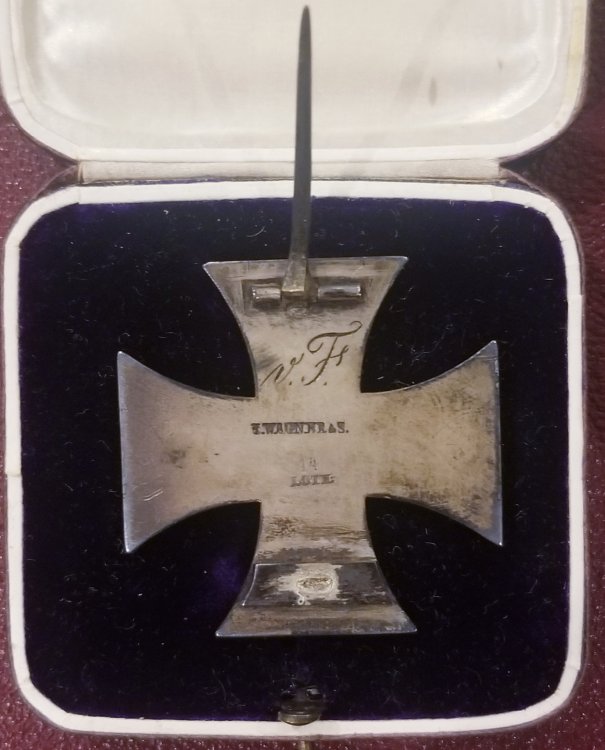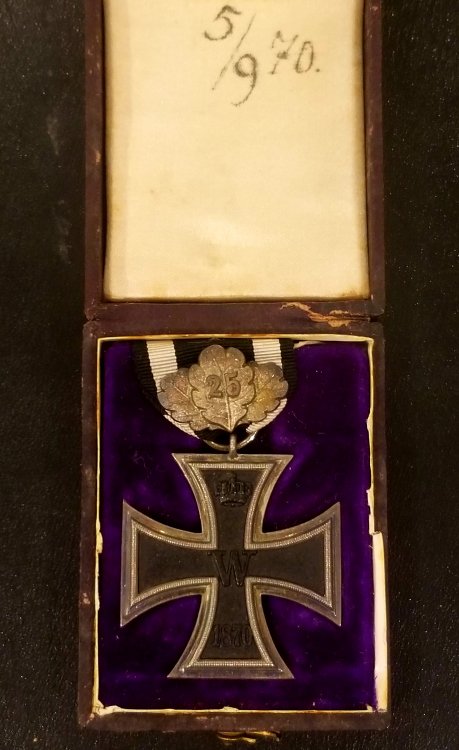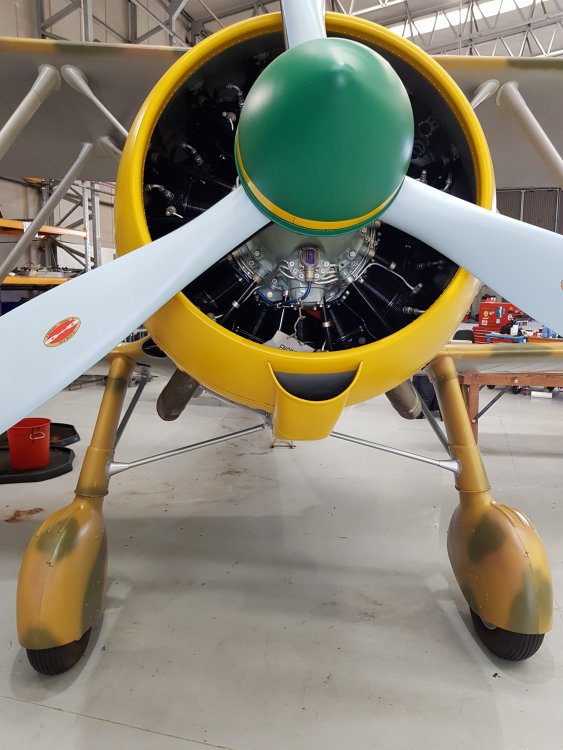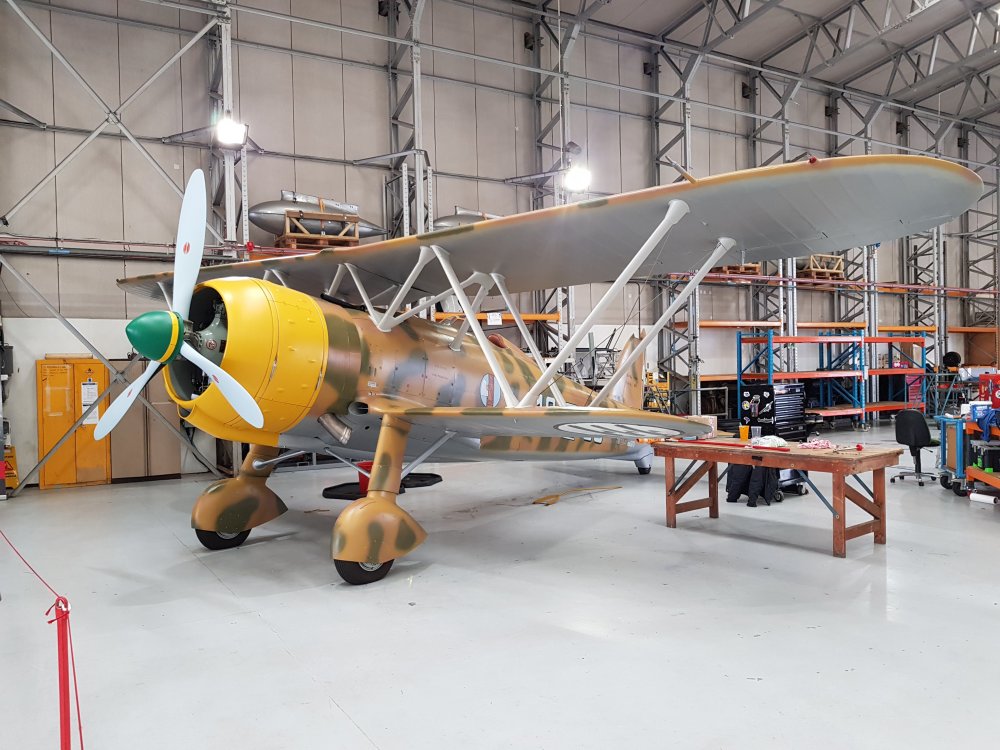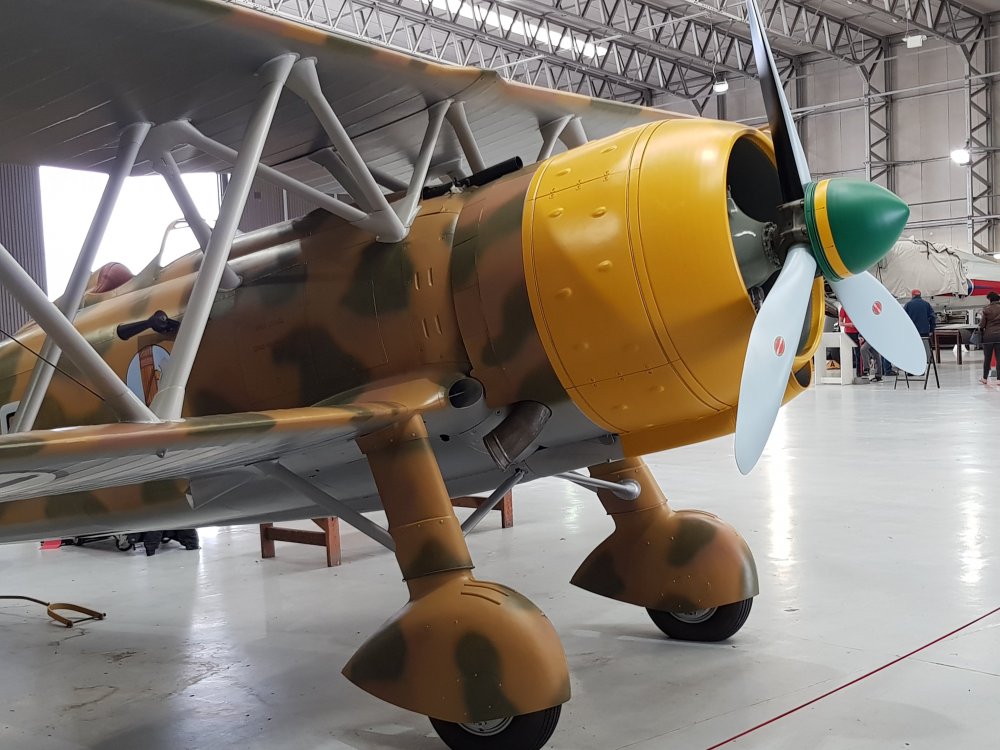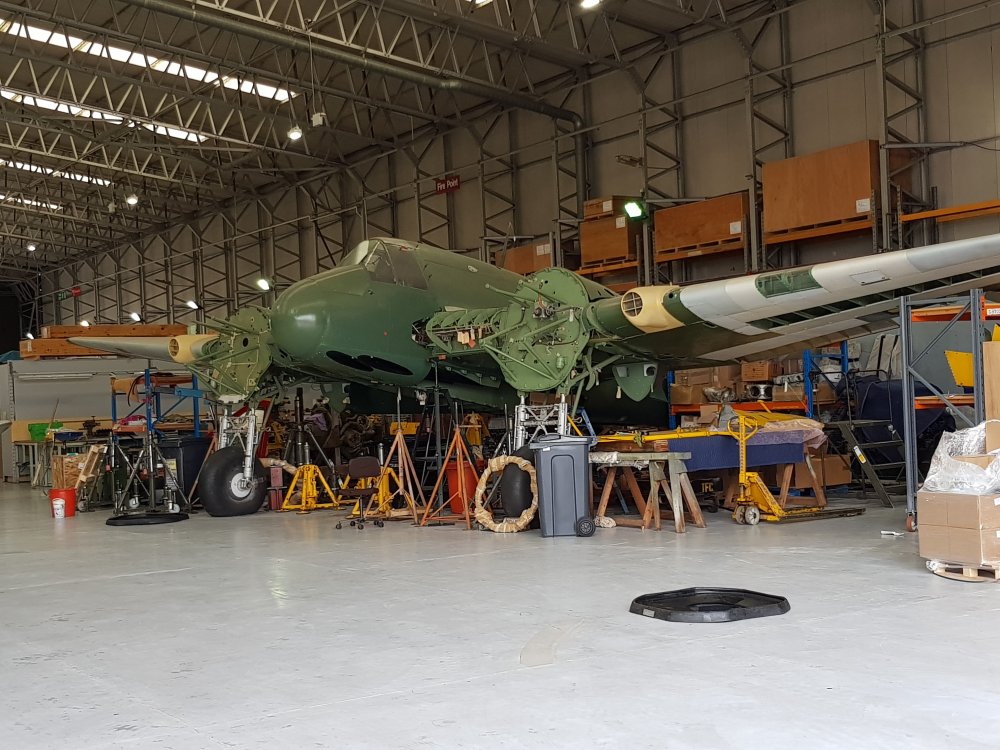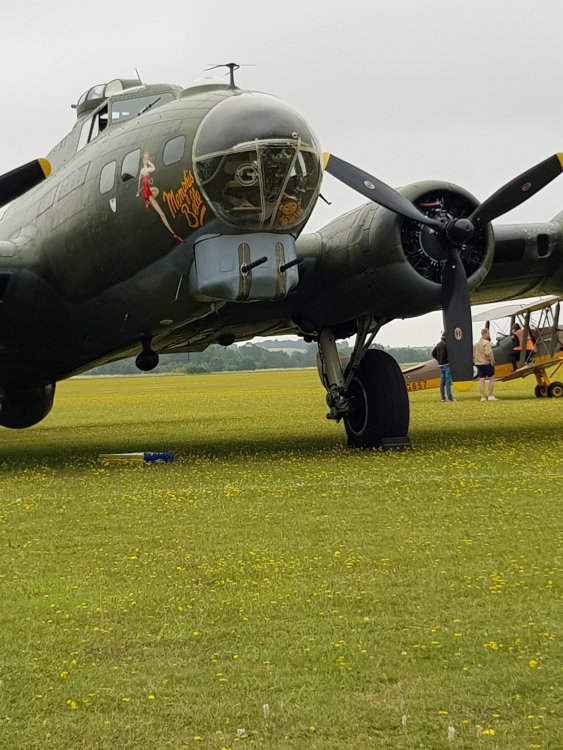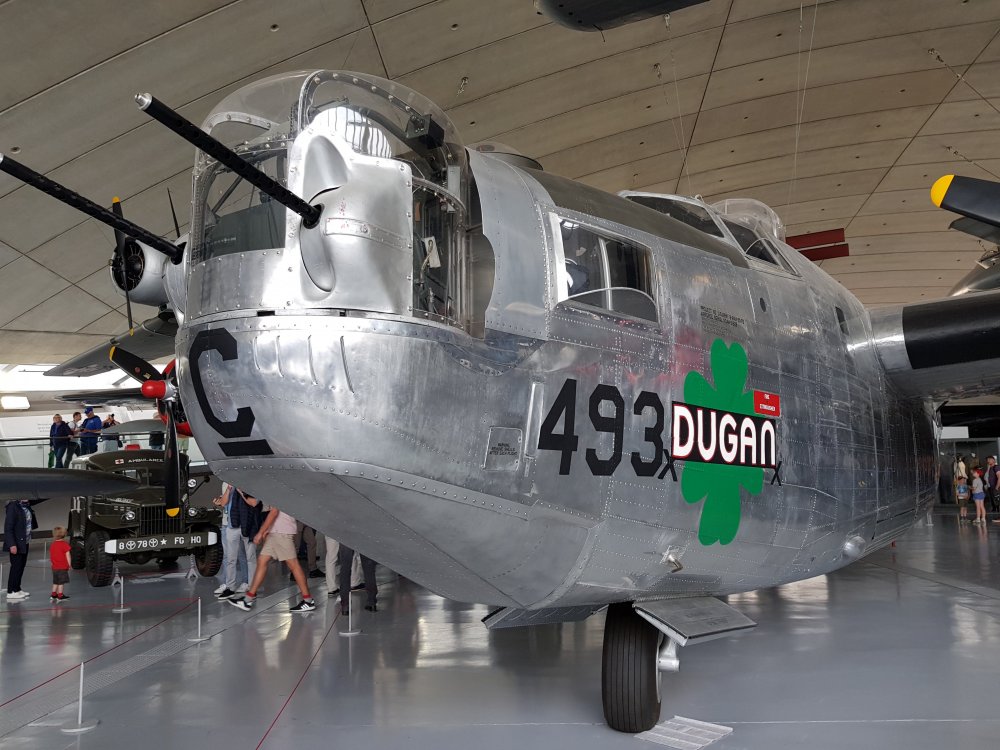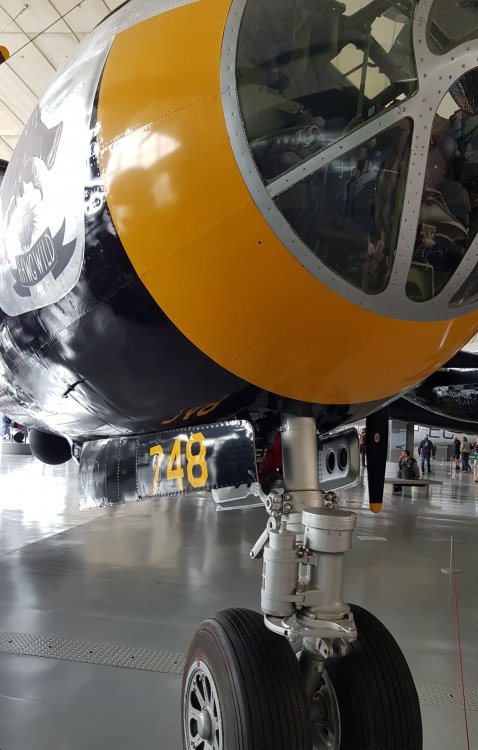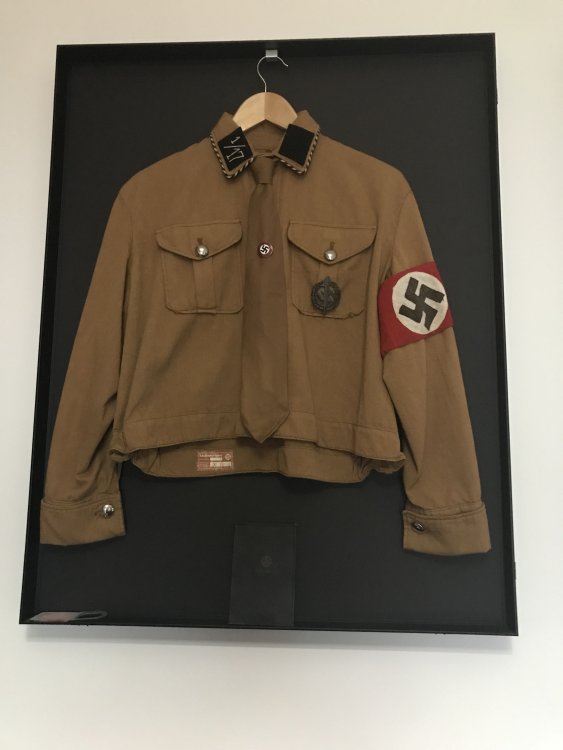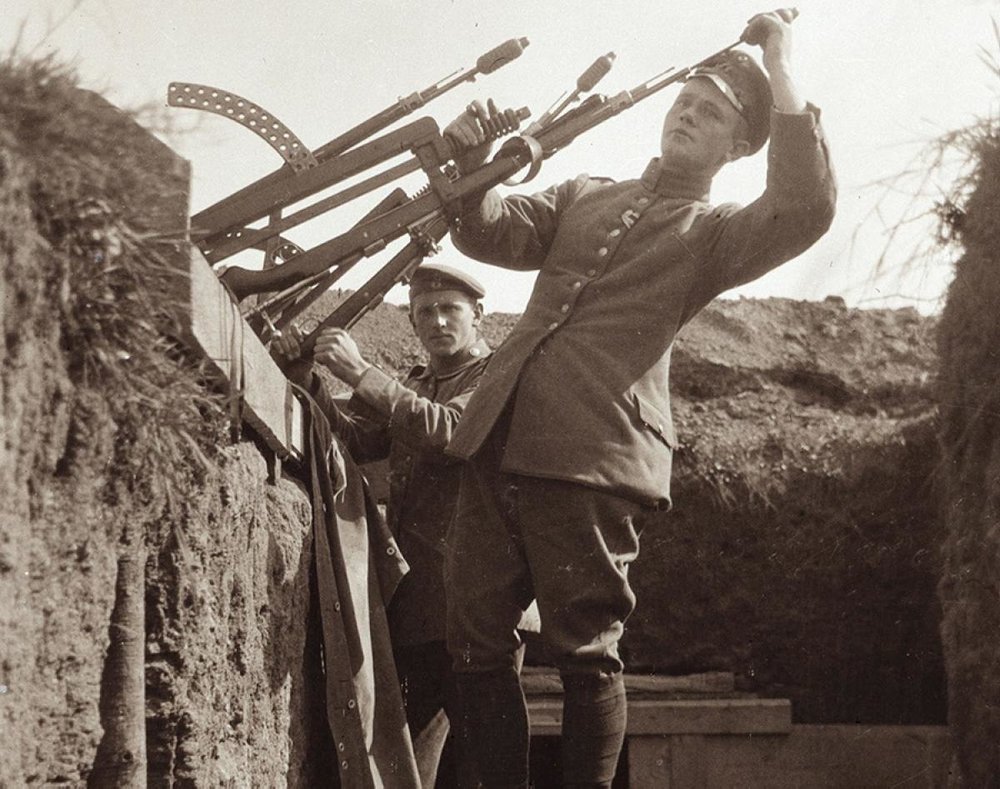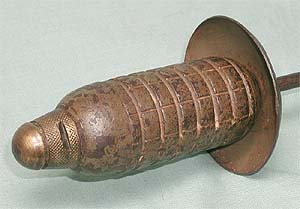Leaderboard
Popular Content
Showing content with the highest reputation since 21/04/12 in all areas
-
Here is my Deactivated WW1 Lewis Gun, this particular version was made for the Belgian Army, under contract from the Birmingham Small Arms Company (B.S.A.) in Birmingham, England. Although the Belgians did have a factory (Armes Automatiques Lewis Company at Liege) they did not make very many as most of Belgium was overrun by the Germans. The British could make 6 Lewis guns for the time and cost of making a single Vickers Machine gun. B.S.A. produced a total of 145,397 Lewis guns during World War I. The sling is a modern reproduction as real slings are extremely hard to come by. Original slings had the padding made from asbestos, so this one has a synthetic padded area that simulates the look. This weapon weighed in at 28 pounds and a fully loaded 47-round magazine was 4 pounds. Still a relatively light weapon compared to the static mounted machine guns like the U.S. made vickers (M1915) which weighed 42 pounds for the gun and another 56 pounds for the tripod. Maxim Machine guns weighed about 75 pounds as well. The big advantage of this weapon was its portability, it could be operated by a single soldier, and keep up with the infantry advances. These light machine guns were prized by the Germans who often would capture them and use them against the Allies.10 points
-
Here is a Bulgarian M36 Helmet, type C, which was the last version to be produced. Initially these helmets were made abroad, but machinery was moved to Bulgaria to allow for domestic production. The type C was introduced in 1939 and is the most numerous of the various models. The helmet is somewhat similar to the German helmets, but smaller, lighter, and a shorter brim. This particular helmet at a size 54, with the original liner, but missing the chinstrap. I found this at a local estate sale, and it was a cheap pickup.8 points
-
Here is my latest find, a VB Launcher for the US M1917 Enfield rifle. This is the twist on type, with a metal spring band to hold the sight and muzzle firmly while in operation. Un-Dug examples are very hard to find. Near the muzzle of the launcher you can see a knurled band, this was so that soldiers could feel the difference at night or in dark conditions. This version and the version for the M1903 Springfield are virtually identical, the M1903 does not have the knurled band however.8 points
-
Picture is a two-piece officer''s visor cover for junior grade from my collection of Kriegsmarine antiques. The cap has a hand-embroidered gilt wire national emblem and, cockade, as well as gold wire piping. This cap belonged to Werner Wendt (1916-1988), Captain of U-765. The U-765 was sunk in the North Atlantic on 6 May 1944 by depth charges on its first war parol. Werner and 10 crewmen survived, 37 dead. Pictured below is the underside view of the visor cap. Pictured below is the two-piece visor cover disassembled. In this configuration, a white or blue cap-covers could be worn. Because I do not like to take this cover apart, I used a photo taken years ago.7 points
-
Over 4000 views in such a short time, I think this post deserves to be pinned7 points
-
John, you have an amazing collection, really have enjoyed you sharing your items with us.7 points
-
From my collection are pictures of my Sold-Libellen KM-2 sextant with its original metal storage box. This sextant was manufactured for the Kriegsmarine by C.Plath. The SOLD KM-2 was developed for navigational use aboard U-boats and S-boats at night and/or in poor weather conditions when horizon not visible. For an in-depth review of this type of sextant, visit the link https://sextantbook.com/2013/11/04/the-sold-km2-bubble-sextant/. A view of KM-2 stored in its metal metal box. Note several accessories from the storage box are missing, but the original inventory label is present on inside of one of the two lids (not pictured). Top of metal storage box with access secured with side latches. The handle sides of KM-2 Sextant were the identification plate was once mounted but removed. View of the dial side of KM-2 sextant. The plate on dial is marked J.B., indiscernible mark, Geprütt Deutsche Seewarte (German Naval Observatory). Another view of dial side of KM-2 sextant. Topside view KM-2 sexton.7 points
-
7 points
-
Dear Gentlemen, Thank You for advising, Here is my first acquisition for the NSDAP Party Pin m1/164 RZM Marker, (Buttonhole), Check out the photos . I have put it through under the loupe so you guys can have a better look, for example, in the A & O alphabet you may find holes in it, not sure why is there a hole . Enjoy!!7 points
-
7 points
-
7 points
-
7 points
-
7 points
-
7 points
-
Hi John333, It took me a long time to find a DECENT Ostfront medal. My advice would be to go for the shown medal if the price is reasonable to you as it is quite a nice example. Especially as it has a makers mark on the suspension ring. You can always keep looking for a better conditioned one and upgrade at a later date. So, if you don't have one yet, go for this one with an eye to upgrade at some point in the future. REALLY GOOD examples of this badge do not come up very often, and when they do they are snapped up quickly!7 points
-
7 points
-
Fritz: The answer to your question "I assume the buttons on the leather crew jacket are probably of gilded glass? " is "No." All the buttons on the black leather jacket in my collection are of two-piece metal construction with a fouled anchor gilt front and the backs are marked BESONDERS HALTBAR 'Particularly Durable' with makers symbol. A black leather jacket like mine with gilt fouled anchor buttons can be seen below on page 263 of Volume 2, Die Kriegsmarine Uniforms and Traditions by John R. Angolia and Adolf Schlicht. Pictured below is the back of a two-piece metal fouled anchor button on my black leather jacket. Note that various manufactured produced buttons that were used in making black leather jackets for the Kriegsmarine. Along with my black leather jacket having metal gilt buttons pictured below, note that this jacket has the Kriegsmarine ordnance mark (Eagle over M) between two fouled anchor buttons. The Kriegsmarine proof mark like the one on my jacket is pictured below on page 265 of Volume 2, Die Kriegsmarine Uniforms and Traditions by John R. Angolia and Adolf Schlicht. The collar of the neck was closed up by a metal clasp like the one below on my jacket. Note the front corner of the low standing collar are rounded and the button holes are reenforced with a narrow leather trim. Pictured is the interior of my jacket, which is lined with wool. Also I have enclosed a picture of the back of this jacket. For further information I havedenclosed page 288 of Deutche Kriegsmarine Uniforms, Insignia and Equipment of the German Navy 1933-1945 by Eduardo Delgado.7 points
-
Hi Eddie, I'm afraid the serial number is just a batch number so would not identify the U boat. Sometimes you will find the letter N which would identify them as belonging to the German Navy North Sea Fleet. Sorry can't help much more. Here is a list of the makers codes but no list of serial numbers as far as I'm aware. b e h ERNST LEITZ. WETZLAR GERMANY b e k HENSOLDT WERK FUR OPTIK UND MECHANIK HERBORN GERMANY b l c CARL ZEISS, MILITARABTEILUNG JENA JENA GERMANY b m h JIRASEK (not in Walter) PRAGUE CZECH b m j M. HENSOLDT & SOHNE, A.G. WETZLAR GERMANY b m t C. A. STEINHEIL SOHNE, GmbH MUNICH GERMANY b p d C. P. GOERZ, GmbH VIENNA AUSTRIA b v f C. REICHERT VIENNA AUSTRIA b y g JOH. WYKSEN, K.G. KATTOWITZ POLAND b z z I.G.-FARBENINDUSTRIE, CAMERAWERK MUNICH GERMANY c a d KARL KAHLES (telescopic sights) VIENNA AUSTRIA c a g D. SWAROVSKI WATTENS/TIROL AUSTRIA c a u KODAK AKTIENGESELLSCHAFT, DR. NAGEL WERK STUTTGART GERMANY c c x OPTISCHE UND FEINMECHANISCHE WERKE, HUGO MEYER & CO. GOERLITZ GERMANY c l b DR. F. A. WOHLER KASSEL GERMANY c l n ED. SPRENGER BERLIN GERMANY c r h FRANZ SCHMIDT & HAENSCH BERLIN GERMANY c r n HANSEATISCHE WERKSTATTEN FUR FEINMECHANIK UND OPTIK, FRIEDRICHS & Co. HAMBURG GERMANY c r o R. FUESS, formerly J. G. GREINER & GEISSLER BERLIN GERMANY c x n EMIL BUSCH, A.G. RATHENOW GERMANY d d v OCULUS (optometrist equipment, possibly gunsights) BERLIN GERMANY d d x VOIGTLAENDER & SOHN, A.G. BRAUNSCHWEIG GERMANY d k l JOSEF SCHNEIDER KREUZNACH GERMANY d o q DEUTSCHE SPIEGELGLAS A.G. (telescopes, lenses) LEINE GERMANY d o w WAFFENWERKE BRUNN A.G. (1943-OPTICOTECHNA GmbH) PRERAU CZECH. d p g ADOX KAMERAWERK GmbH (cameras) WIESBADEN GERMANY d p v ZEISS IKON A.G. DRESDEN GERMANY d p w ZEISS IKON A.G. GOERZWERK BERLIN GERMANY d p x ZEISS IKON A.G., CONTESSAWERK STUTTGART GERMANY d y m RUNGE & KAULFUSS RATHENOW GERMANY d y s HEINRICH ZEISS, UNIONZEISS K.G. ('apparently optical' BERLIN GERMANY d z l OPTISCHE ANSTALT OIGEE GmbH BERLIN GERMANY e a f MECHANOPTIK GESELLSCHAFT FUR PRAZISIONSTECHNIK, AUDE & REIPERT BABELSBERG GERMANY e a w R. WINKEL GmbH GOETTINGEN GERMANY e e d KURBI & NIGGELOH (photographic equipment) RADEVORMWALD GERMANY e s o G. RODENSTOCK MUNICH GERMANY e s u STEINHEIL SOHNE GmbH (telescopes & optics) MUNICH GERMANY e u g OPTISCHE PRAZISIONS WERKE GmbH WARSAW POLAND f c o SENDLINGER OPTISCHE GLASWERKE GmbH BERLIN GERMANY f j t PHOTOGRAMMETRIE GmbH (aerial recon. cameras) MUNICH GERMANY f l n FRANZ RAPSCH A.G. (sights, often subcontractor to Busch) RATHENOW GERMANY f v s SPINDLER & HOYER K.G. GOTTINGEN GERMANY f v x BECK & SOHNE KASSEL GERMANY f w r OPTISCHE ANSTALT SAALFELD GmbH SAALFELD GERMANY f x p HANS KOLLMORGEN GmbH BERLIN GERMANY g a g F. MOLLENKOPF STUTTGART GERMANY g k p RUF & Co., formerly CARL SCHUTZ KASSEL GERMANY g u g UNGARNISCHE OPTISCHE WERKE A.G. BUDAPEST HUNGARY g u j WERNER D. KUEHN BERLIN GERMANY g w v ERNST PLANK NURNBERG GERMANY g x l FRANKE & HEIDECKE (photographic equipment) BRAUNSCHWEIG GERMANY g x p HOMRICH & SOHN (photographic equipment) h d v OPTISCHE WERK OSTERODE GmbH OSTERODE GERMANY h f o VALENTIN LINHOF OHG (photographic equipment) MUNICH GERMANY h k m CARL BRAUN KG NURNBERG GERMANY h n a KORELLE WERKE, G.H. BRANDTMANN & Co. (photographic) DRESDEN GERMANY h r w HOH & HAHNE (photographic reproduction equipment) LEIPZIG GERMANY h w t IHAGEE KAMERAWERK, STEENBERGEN & Co. (cameras) DRESDEN GERMANY h x h A. KRUSS HAMBURG GERMANY j f n TETENAL PHOTOWERK, Dr. TRIEPEL, K.G. (photographic equipment) BERLIN GERMANY j f p DR. CARL LEISS BERLIN GERMANY j n h F. TUTEMANN (lens holders & optical equipment) LUDENSCHEID GERMANY j o n VOIGTLANDER-GEVAERT (cameras) BERLIN GERMANY j u x NEDINSCO, NEDERLANDSCHE INSTRUMENTEN, (vehicle & aircraft instruments?) VENLO NETHERLANDS j v e ERNST LUDWIG WEIXDORF GERMANY j x n HELMUT KORTH BERLIN GERMANY k h c OTTO HIMMLER (microscopes, optical equipment) BERLIN GERMANY k l n ERNST & WILHELM BERTRAM (photographic equipment) MUNICH GERMANY k n a DER ROBOT, BERNING & Co., K.G. (photographic equipment) DUSSELDORF GERMANY k q c JOS. SCHNEIDER & Co., K.G. GOETTINGEN GERMANY k r q EMIL BUSCH A.G. (assembled from foreign components) RATHENOW GERMANY k w c GAMMA FEINMECHANISCHE & OPTISCHE WERKE BUDAPEST HUNGARY k x v A. JACKENROLL GmbH BERLIN GERMANY l a e HEINRICH ZEISS, UNION ZEISS K.G. GOSTINGEN l f n REFLEKTA-KAMERAFABRIK, C. RICHTER (cameras) THARANDT GERMANY l m q CARL ZEISS (assembled from foreign components) JENA GERMANY l w g OPTISCHE WERKE OSTERODE GmbH (assembled from foreign components) OSTERODE GERMANY l w w HUET ET CIE PARIS FRANCE l w x OPTIQUE ET PRECISION DE LEVALLOIS, PARIS LEVALLOIS-PERRET FRANCE l w y SOCIETE OPTIQUE ET MECANIQUE DE HAUTE PRECISION PARIS FRANCE m b v I.G. FARBENINDUSTRIE, A.G.; AGFA (cameras) BERLIN GERMANY m c a FOTOWERK, Dr. C. SCHLEUSSNER, GmbH (photographic equipment) FRANKFURT GERMANY m t q PHOTOCHEMISCHE FABRIK ROLAND RISSE GmbH (photographic equipment) FLORSHEIM GERMANY m t r VOIGTLANDER & SOHN, A.G. (cameras) BERLIN GERMANY m t u A. LORENZ (MTU also used for AEG electrical equipment) GUTENFELD m t v A. LORENZ DRESDEN GERMANY n m s RICHARD HOLZ BERLIN GERMANY n x t S.A.I. OTTICO MECCANICA E RILEVAMENTI AEROFOTOGRAMMETRICI (stereoscopic aerial photography equipment) ROME ITALY o c p AKTOPHOT GmbH (photographic equipment) PRAG-SABECHTLITZ o c v W. KLAZAR (precision engineering; reportedly photographic equipment) PRAG o k c HAUFF A.G. (photographic equipment) STUTTGART GERMANY p v f C. REICHERT VIENNA AUSTRIA r l n CARL ZEISS JENA GERMANY A.G. = AKTIENGESELLSCHAFT; JOINT STOCK COMPANY GmbH = GESELLSCHAFT MIT BESCHRANKTER HAFTUNG; LIMITED COMPANY I.G. = INTERRESENGEMEINSCHAFT; UNION OF INTERESTS K.G. = KOMMANDITGESELLSCHAFT; LIMITED PARTNERSHIP OHG = OFFENE HANDELSGESELLSCHAFT; PRIVATE FIRM (literally, 'open trading company')7 points
-
Hello all Another new member seeking Historical WWII information. I recently inherited some German WWII memorabilia from a close family friend whose husband just passed away. They emigrated here to Canada in 1980. Their parents and relatives were part of the war effort in Germany during WWII. Her father was in the Luftwaffe and his items are displayed en mass in one photo. Her uncle was in the 5th SS Wiking division and his items are in the second and third photo's. I will be receiving more information and possibly photos when she receives them from her mother who is still alive in Germany. I am not an expert on these types of items however I do have a keen interest in WWII Hx. Any info or referencing to other sources would be hugely appreciated. I am looking to preserve these items in frame along with my families war memorabilia from that era. Thanking you all in advance.7 points
-
7 points
-
7 points
-
7 points
-
7 points
-
7 points
-
7 points
-
7 points
-
7 points
-
Pictured from my collection of Kriegsmarine antiques is a book about the exploits of Kapitanleutnant Hans Bartels (1919-1945), awarded the Knight's Cross on 16 May 1940 for his naval action in during the Norwegian campaign . Great art dust cover of book. Art of Kapitanleutnant Bartels on deck of minesweeper M1.6 points
-
6 points
-
Part Two ( Onward to France ) On 17th June 1916 the Division were given orders to move to France, the move was completed by the 8th of July when they arrived in Marseilles. And by the 27th July the Division had taken over part of the front in Third Army Sector. The Division then took part in the following operations. The capture of the Wundt-Werk. The Battle of Flers-Courcelette ( 15-22 Sept 1916 ) In Reserve Army ( Gough ) 11 Corps ( Jacobs ) The Battle of Thiepval ( 26-28 Sept 1916 ) In Reserve Army ( Gough ) 11 Corps ( Jacobs ) Phases of the Battles of the Somme 1916. 1917 Operations on the Acre Actions within this phase of fighting included In Fifth Army ( Gough ) IV Corps ( Woollcombe ) The Capture of Munich Trench (10-11 Jan 1917 ) The Battle of Messines ( 7-14 Jun 1917 II Army ( Plumer ) IX Corps ( Gordon ) and the Capture of Wytschaete. The Battle of Langemarck ( 16-18 Aug 1917 ) In Fifth Army ( Gough ) XVIII Corps ( Maxse ) Also Actions in the Battle of Menin Road (20-25 Sept 1917 ) In Fifth Army ( Gough ) XVIII Corps ( Maxse ) The Battle of Polygon Wood (26 Sept-3 Oct 1917 ) In Fifth Army ( Gough ) XVIII Corps ( Maxse ) The Battle of Broodseinde ( 4 Oct 1917 ) In Fifth Army ( Gough ) XVIII Corps ( Maxse ) The Battle of Poelcpelle ( 9 Oct 1917 ) In Fifth Army (Gough ) XVIII Corps ( Maxse ) Actions in the Second Battles of Arras 1918 Phase The Battle of Scarpe ( 26-30 Aug 1918 ) In First Army ( Horne ) XXII Corps ( Godley ) The Battle of the Canal du Nord ( 27 Sept-1 Oct 1918 ) First Army ( Horne ) Canadian Corps ( Currie ) on the 27th Sept 1918 James Edward Barnes was wounded in action with a gun shot wound to the Knee. He was discharged from the Army on 19 Jan 1919, he returned to his old job as a Cotton Spinner and Died in 1965 aged 81.6 points
-
A search on the internet leads you to some nice period photographs of the Polish troops taken when stationed in and around Biggar, a few here which shows a parade down the (not much changed) High Street, a podium set up opposite John Lambie's ironmonger shop (it's now a charity shop) at which General Wladyslaw Sikorski took the salute.6 points
-
6 points
-
6 points
-
I am a keen collector of dog tags. One thing I like to see on them is wear on either side of the 2 holes that the owners chord went through. Made of soft metal so often showed signs of wear after prolonged use. Good fakers will of course be aware of this, but encourages me when I see it. ***** this is not posted as a Panzer dog tag! The clue being in the RAD! Posted only as an example of the wear described above.!*********6 points
-
Here’s my Luger - 1915 DWM manufactured - all matching numbers complete with hard leather case dated 1916 and two WW1 issue magazines. The Luger has an interesting story behind it which I am researching at the minute and will comment further on when I’ve verified the facts. However, as it stands, it’s a lovely Luger, in great condition, which may or may not be related directly to Passchendaele.6 points
-
This is becoming a fantastic reference source with so many items from a life time collection. Actually, beyond belief to actuall find so many items. When its done, I'll have to print this out.6 points
-
6 points
-
6 points
-
Munich · The "House of Bavarian History" is looking for memorabilia from the First World War that tell a personal story. These stories from the life of Bavarian citizens are to be the focus of the new Museum of Bavarian History, which will open in Regensburg in 2018 to mark the 100th birthday of the Free State. Like Simon Gammel's spiked helmet?! The front in Flanders was like a lunar landscape, ripped open by countless grenade hits and furrowed by trenches secured with barbed wire - this was the scenery in World War I in which the incredible story of Simon Gammel happened. The farmer's son Simon Gammel, born in 1892 in Gisseltshausen near Rottenburg an der Laaber in Lower Bavaria, did his military service in the Royal Bavarian 16th Infantry Regiment in Passau from 1913. A week after the German Reich declared war in August 1914, the Passau regiment marched to the western front. After battles in Lorraine, the young soldier experienced the horrors of war in trench warfare on the Somme. The front had been frozen for months and the soldiers had dug in. French barrage rained down on the Bavarian positions as Simon Gammel was hit in his dugout. A piece of shrapnel shredded the leather of his spiked helmet, penetrated his skull, only to exit the back of his head and penetrated the helmet a second time. The shelter collapsed on Simon Gammel, burying him under dirt and wood. One of the support beams pressed against his back with a tremendous load, crushing his lungs. Things were not looking good for young Simon Gammel. "The bum's off!" yelled a comrade and the soldiers shoveled the dirt aside with folding spades in order to get to the buried man. They managed to free the seriously injured man and take him to the next dressing station. From there he was transferred to a hospital. Miraculously, the splinter did not cause any permanent damage, although Simon Gammel remained severely traumatized after the external healing. After his recovery, he was employed as an instructor and later posted back to the western front. After several weeks of positional fighting on the Aisne, Simon Gammel was taken to the Ahrweiler hospital on the Rhine with alleged flu symptoms. It was only there that a doctor realized that the persistent tremors were not due to chills but to war trauma. Gammel was then released to his homeland in Lower Bavaria. He married his fiancé and the couple had two children. Simon Gammel was a member of the municipal council and active in many clubs, but he could not forget his wartime experiences. When the veterans' association organized a trip to the former battlefields on the western front, Simon Gammel refused to take part, saying: "I've been there and I didn't like it at all." Simon Gammel died in 1977 at the age of 84. His granddaughter Christa Rott, who provided the information about her grandfather, and local researcher Franz Moises not only keep an interesting object with the Pickelhaube, but also keep a piece of Bavarian history alive for posterity with the stories about Simon Gammel's fate. Did your ancestors bring back WWI memorabilia that tell a personal story? Then please contact: House of Bavarian History, keyword Museum, Zeuggasse 7, 86150 Augsburg, Tel. 08 21/32 95 130, email museum@hdbg.bayern.de. Source: Munich Weekly Gazette6 points
-
6 points
-
Just arrived yesterday, took ages with the post... Grip ring for a 2. pattern Luftwaffe dagger, iron, hard to find, as a replacement for a somewhat corroded piece. Kaiserliche Marine, officer uniform button, 25mm, marked "Feuervergoldet" Bavaria, a matching (left and right) pair of shoulder buttons, 17mm for the fieldgrey uniform, (hollow backed) tombak bronze, other ranks' issue Other ranks' cap cockades, Baden and Bavaria for the private purchase peaked or peakless cap6 points
-
Fritz, Thank you again for your knowledge. The ribbon in the background wasn't placed over the 39' cross intentionally, I was sorting through many of my crosses. You say that ribbon + bar is worn with 1914 cross or 1870? I'm in the process of sorting through my father's collection which was passed down to me. I want to make sure all documents, cases, bars ect. Are kept with the corresponding awards. He was more the expert and was teaching me but sadly past before we completed. Here are a few 1870 crosses I have as well. I enjoy the subject and very much appreciate the time you're taking in your responses.6 points
-
Following many years of restoration and sourcing of parts from all over the the world this immaculate Fiat CR42 Falco with its awesome camouflage resides at Duxford England and is soon to be a flyer. Also coming along nicely in the restoration hanger is this Beaufighter that will one day take to the skies once again. With her awesome array of 6 cannon 8 machine guns & rockets it must have packed one hell of a punch as a ground attack anti shipping weapons platform. The only Flying Fortress flyer in Europe now following the retirement of B17F Pink Lady is Sally B (wearing Memphis Bell nose art on the starboard side) a B17G looking good in her olive drab. My favourite US WW2 aircraft type often referred to as the box the B17 came in is this beautiful B24, an M model I believe. She is static, one of 2 in the UK/Europe apart from relic status airframes. Look at those lines ! Finally and apologies for the poor photograph but those airframes are squeezed in tight. B29 Superfortress Hawg Wild. This aircraft was 'rescued' from the China Lake gunnery range in the States and flown to the UK. The only B29 in Europe. Technically a flyer but is on static display in the American Air museum hanger along with the B24 and another B17G to name a few. Taken last year at the Flying Legends weekend.6 points
-
6 points
-
6 points
-
Here is a really good photo of a WW1 rifle grenade launching platform, in which rifles were arraigned in a battery by fixing them to moveable mounts. These mounts were made from steel and could perform a limited traverse to hit different targets. Another advantage was that they could be fired from a safe distance, so if there was an accident, the person who fired them was not hurt, versus the handheld option, where the user was often killed if there was an accident. In this photo the launcher has the G98 rifles which were loaded with blank cartridges. The rod grenade was then inserted down the barrel, once in place the safety pin was removed from the grenade which armed fuse which was a percussion type. The grenade is the M1914 which was an improvement on the M1913 design which was considered too aerodynamic. The M1914 also came with a braking disc that could be added on to slow the velocity by up to 50%. Below is an example of the M1914 from my collection. Last picture shows the braking disc attached to the rear of the grenade.6 points
-
Great story! Amazing anyone could survive wounds like that from the war.6 points
-
It is indeed 14-18, my Great Uncle was a Lewis gunner during WW1 and he used it to full effect, welcome to the forum6 points
-
The bars appeared on the Queens medal for those servicemen who had completed 18 months service but had left the South African theatre before Jan 1st 1902 or had spent a period of time there after 1902.The Kings S.A. Medal was instituted in 1902 by King Edward VII for those who had served in South Africa after 1 January 1902 but had completed 18 months service in the conflict, not necessarily continuous, prior to the war's end on 1 June 1902. The King's Medal was always awarded in addition to the Queen's Medal, which continued to be awarded until the end of the war. However if you left the theatre before 1st jan 1902 you did not receive the Kings medal but you still got both of the bars even though you were not there continously in 1902.6 points
-
Thanks. I have quite a bit more, if there is anything specific you would like to see just mention it. I have a collection of buckles, shoulder boards, some uniforms, etc. I understand what you mean when you say I won't find these things again. I have not added anything new to this part of my collection in decades, though I continue to look. The growing interest in Russia in all things Tsarist and the proliferation of reproductions has limited the availability of original items and has made purchasing anything on-line somewhat of a risk.6 points







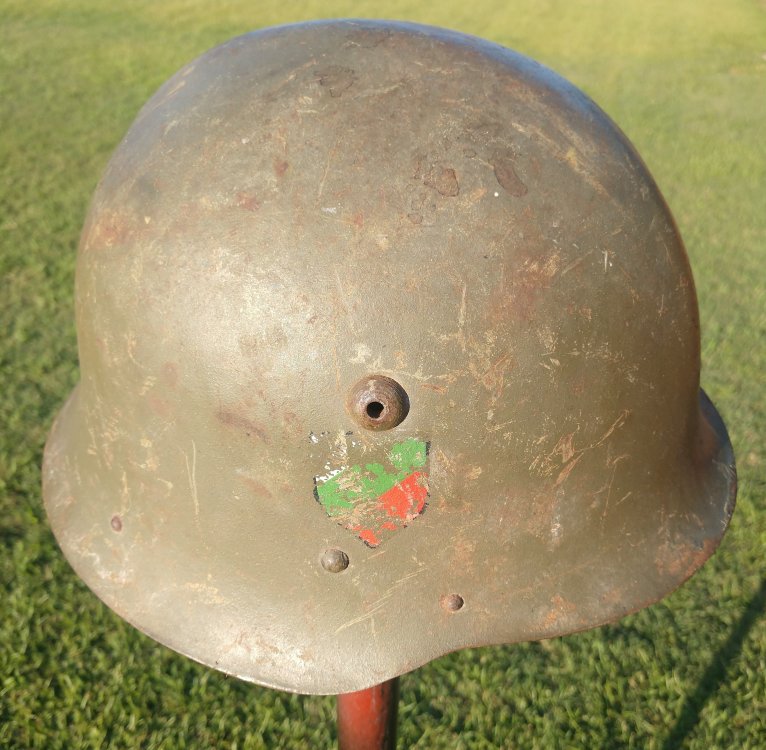
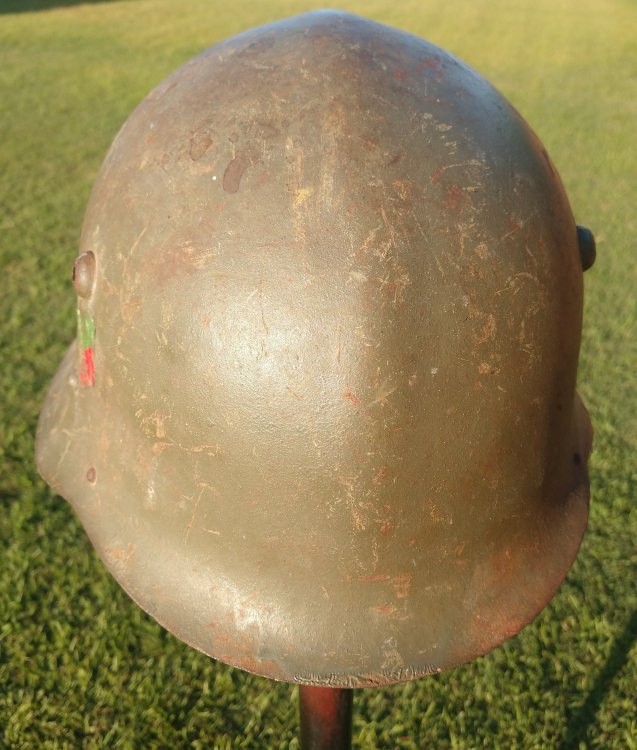
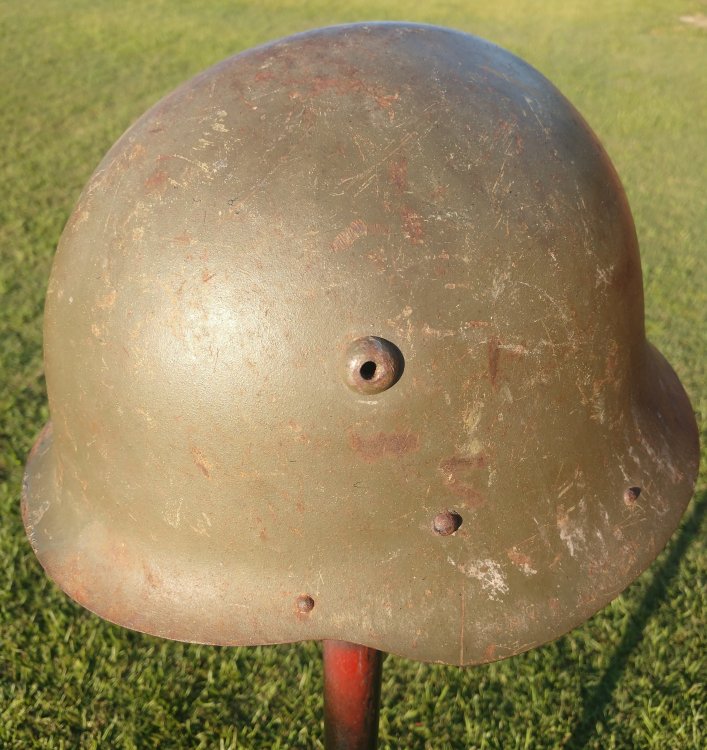
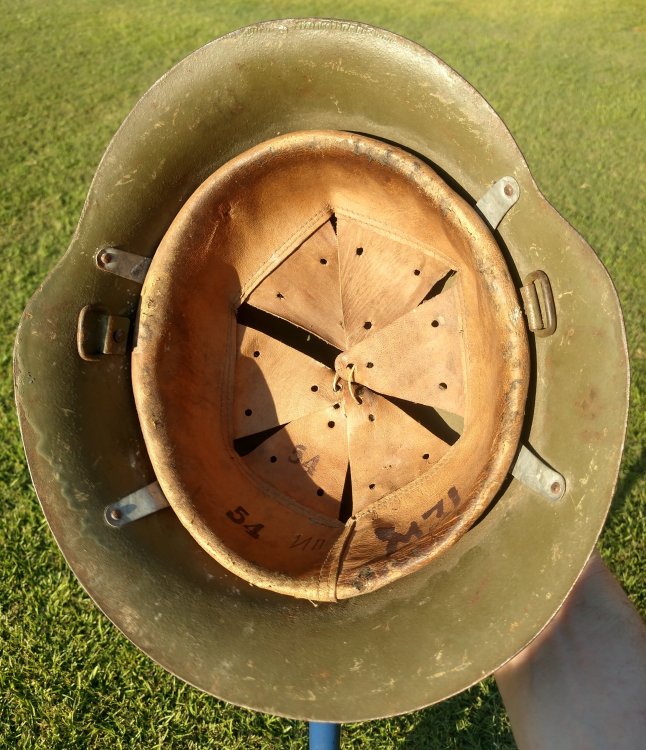
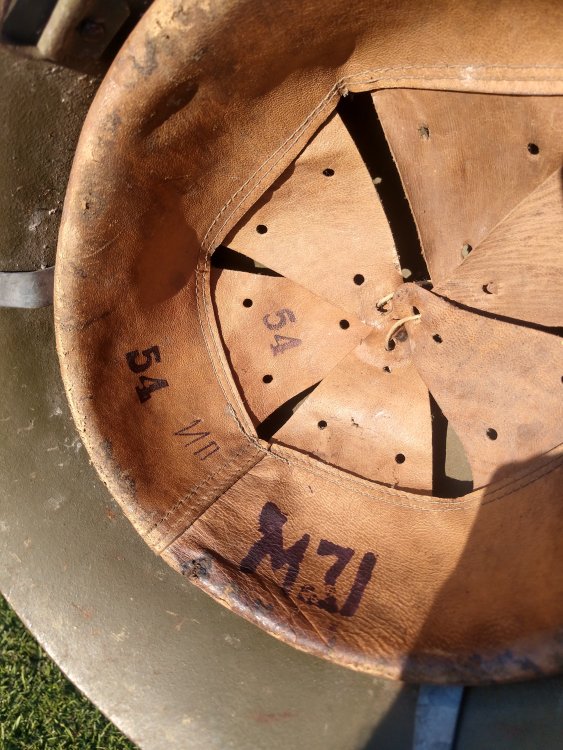

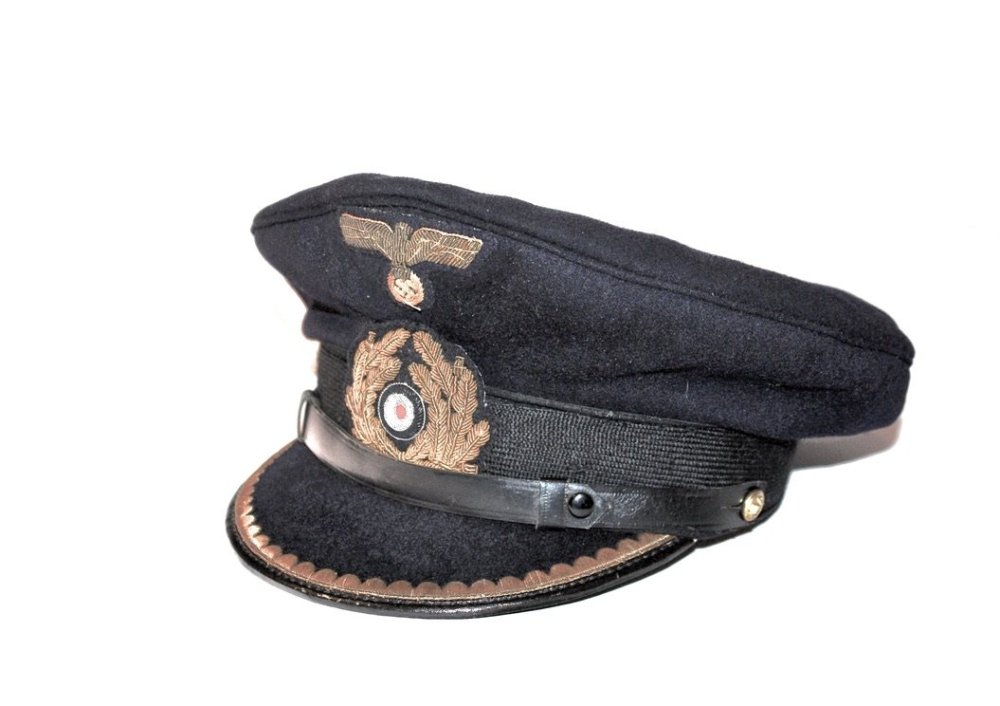
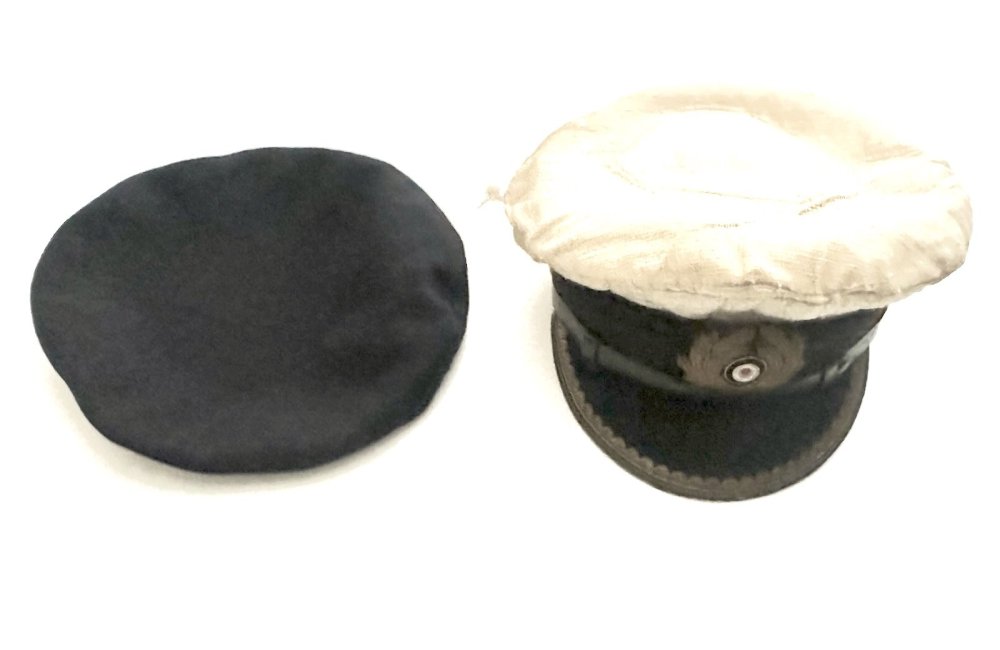
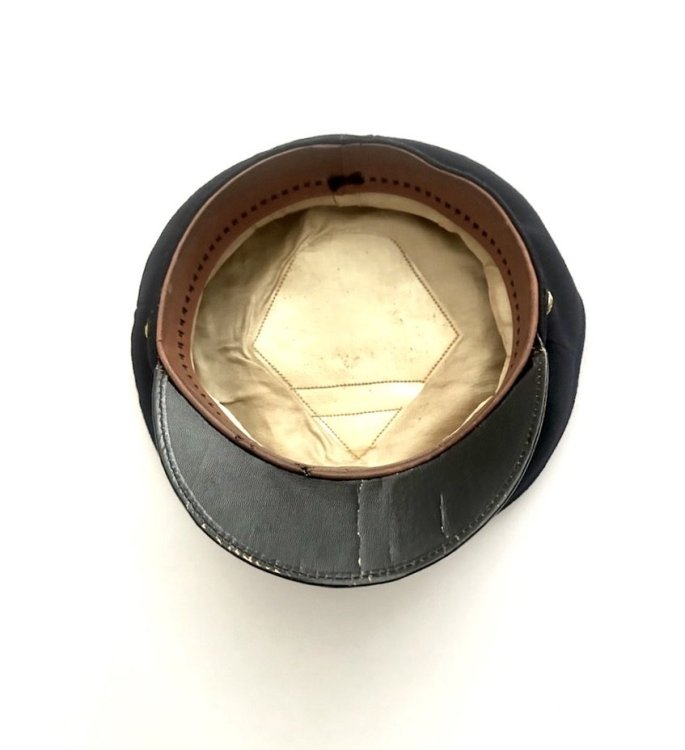
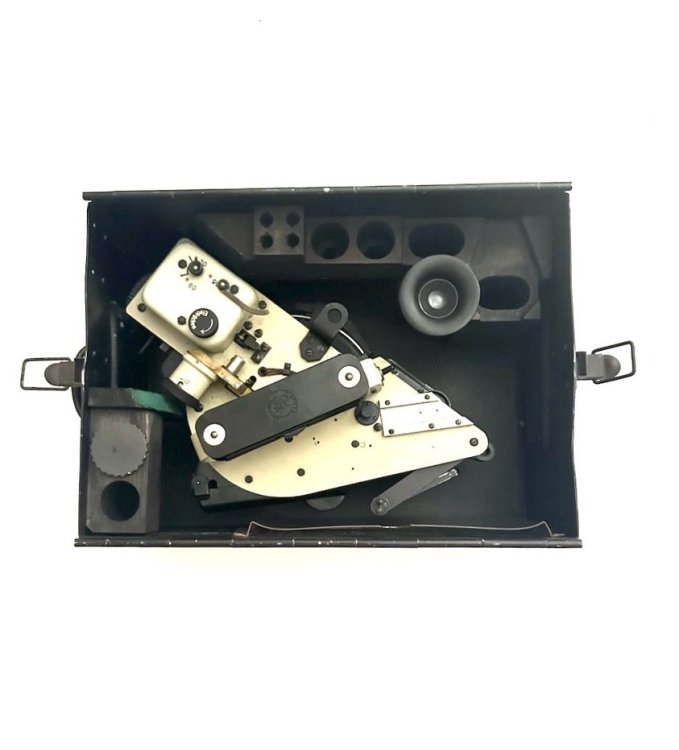
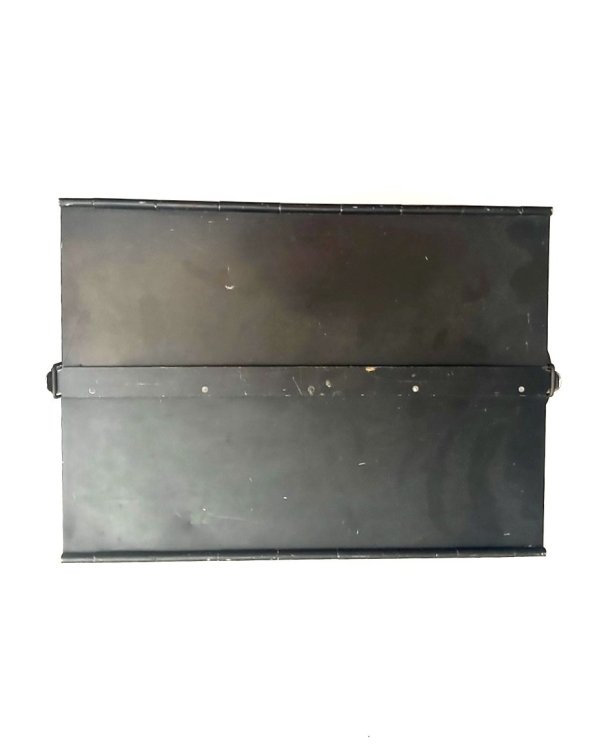
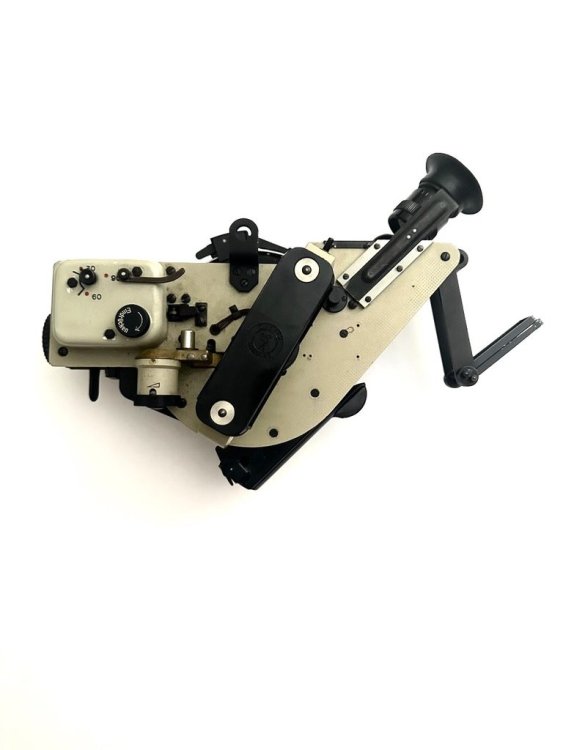
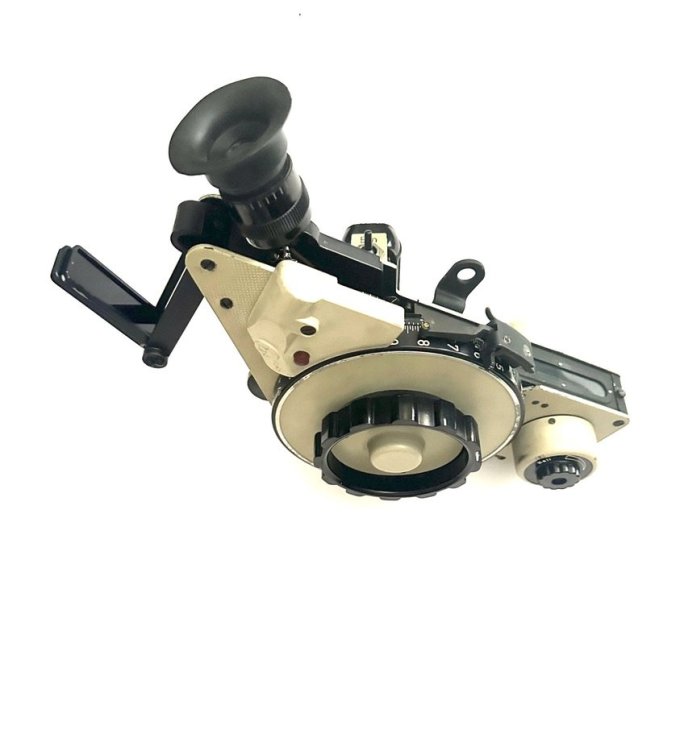
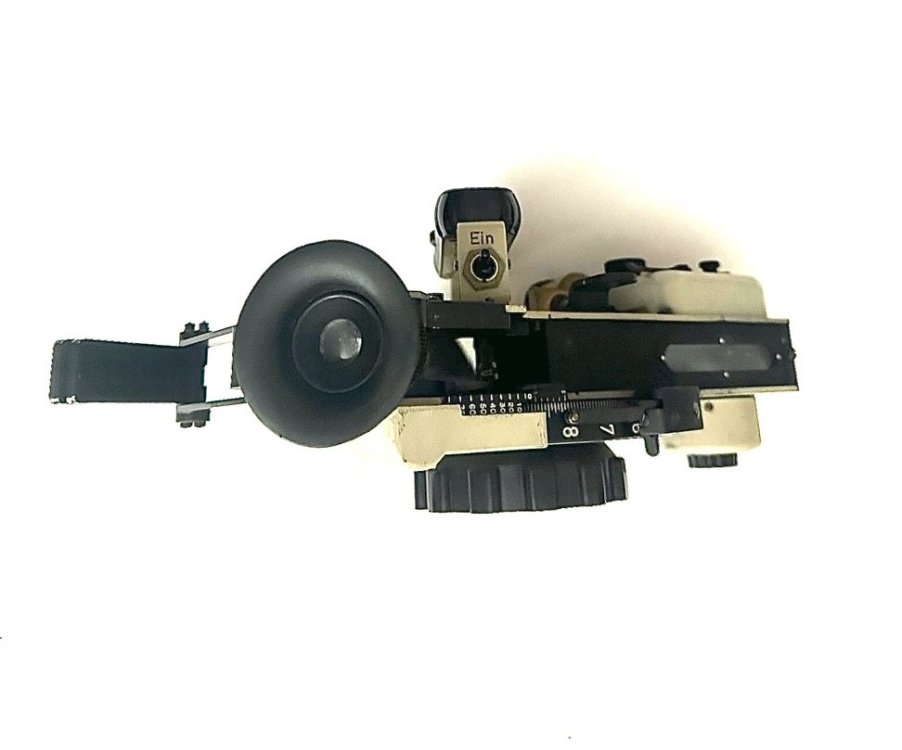

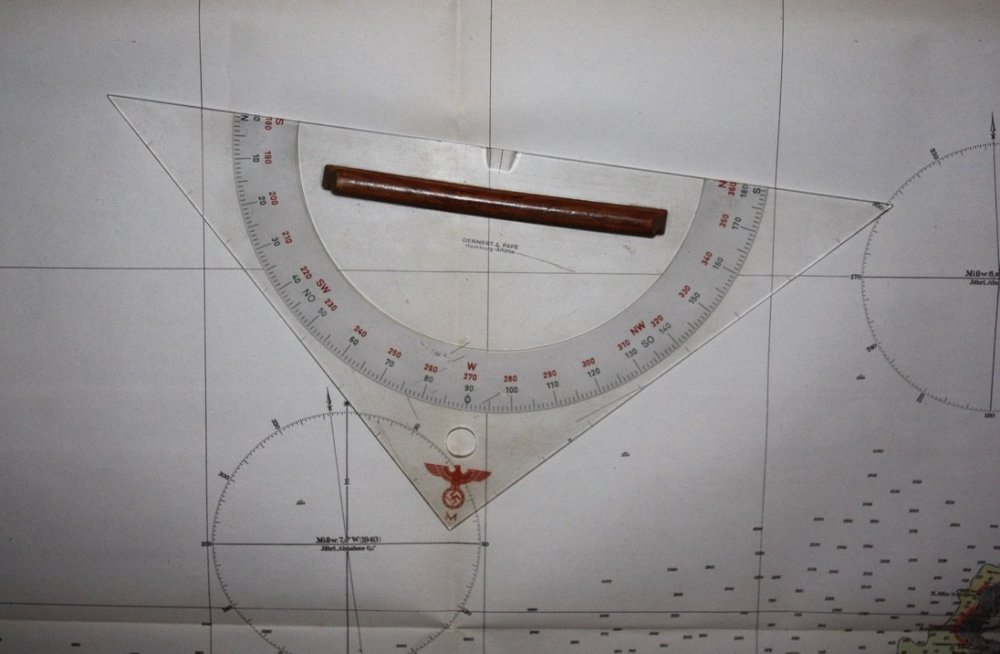
-min(1).thumb.jpg.6e3f369f346a531e3d739f42291fb331.jpg)
